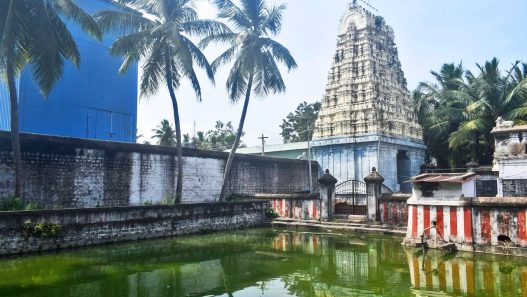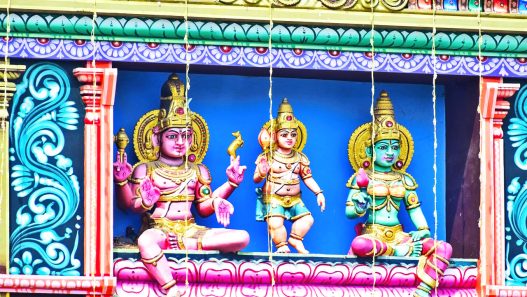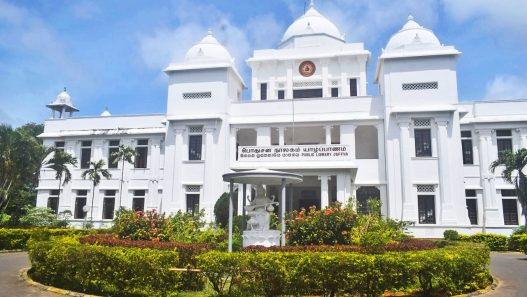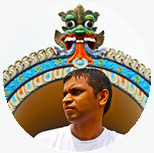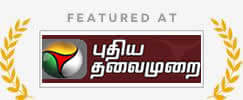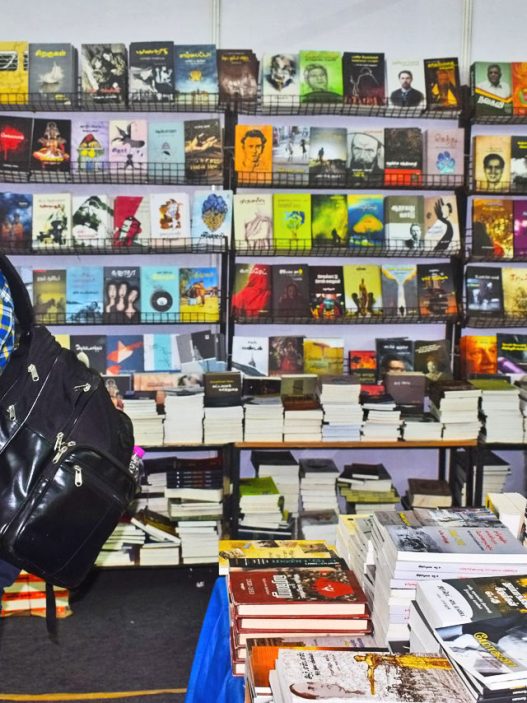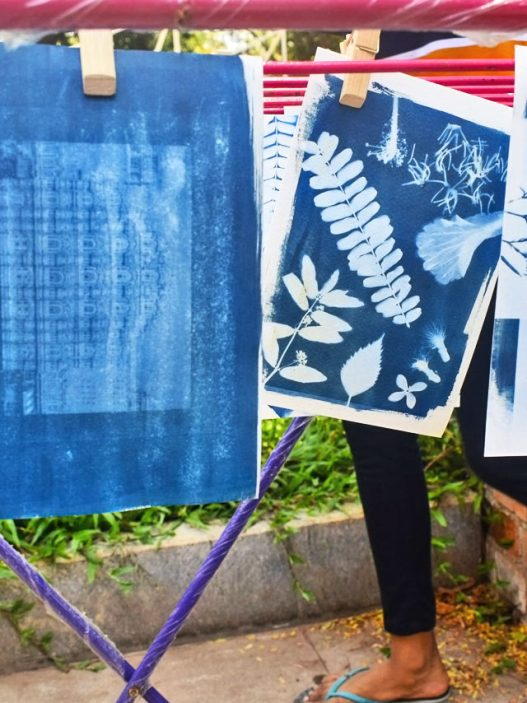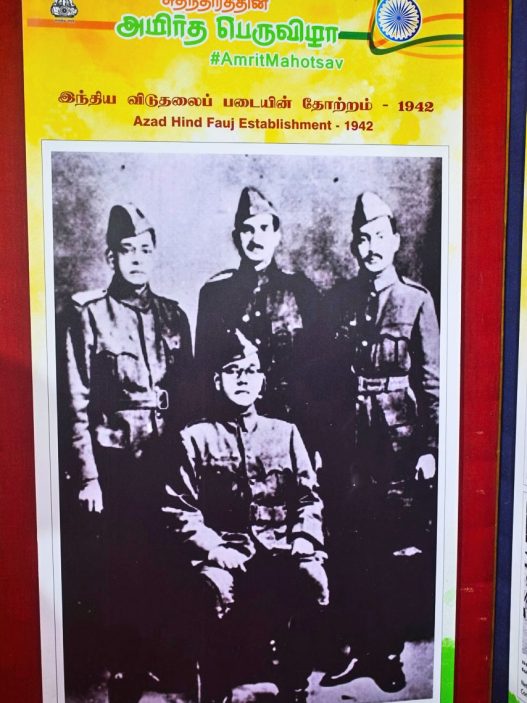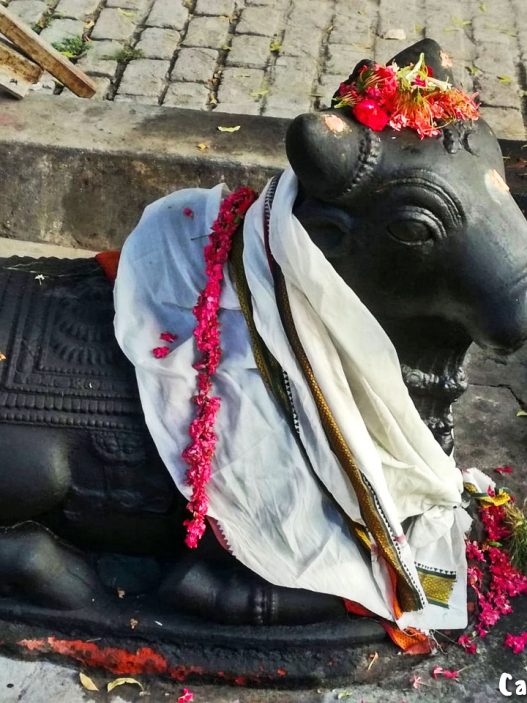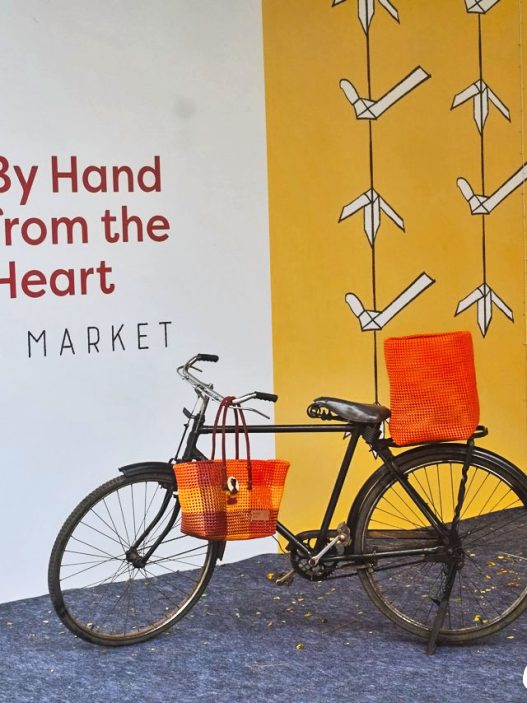Dakshina Chitra Heritage Museum in Muthukadu, Chennai : The Living History Museum – Best South Indian Museum on Arts, Architecture, Crafts, and Traditions – Visit, Travel Guide (Part 2) – Updated
– award-winning living museum about south Indian traditions
| CasualWalker’s Rating for DakshinaChitra Heritage Museum: | |

9.8 – Superb Awesome
|
DakshinaChitra is India’s best Heritage Museum, which is a project of the Madras Craft Foundation (MCF), a non-profit organization – for the promotion and preservation of the heritage and cultures of South Indian states like Tamilnadu, Karnataka, Kerala, and Andhra Pradesh.
This award-winning living museum recites the stories of people literally brings the South Indian’s cultural traditions all under one roof. DakshinaChitra heritage museum was is opened in December 1996. The name DakshinaChitra refers to “Picture of the south” exhibits with the goal of promoting South Indian culture on a global scale.
History of DakshinaChitra Heritage Museum:
DakshinaChitra campus is spread over 10 acres, the center has 18 heritage houses from the four South Indian states of Karnataka, Tamil Nadu, Kerala, and Andhra Pradesh, a reception, seminar halls, craft bazaar street, library workshops, art gallery, and restaurant.
The world-renowned architect Sri Laurie Baker planned the entire structure, and the museum was built under Baker’s student the architect Sri Benny Kuriakose, who designed the heritage home buildings and their’ re-creation on the path set by Baker in Dakshinachitra.
Sri Dr. Deborah Thiagarajan – Founder of Dakshinachitra:
Sri Dr. Deborah Thiagarajan, who is the founder of Dakshinachitra, also an Indian art historian of American origin, who founded an NGO, the Madras Craft Foundation (MCF) in 1984 with the intent of preserving the regional culture and heritage, incorporated Laurie Baker’s design principles and transformed them into what is now Dakshinachitra.
Dakshinachitra Museum Architecture:
Sri Laurie Baker – Key Architect of DakshinaChitra:
Sri Laurie Baker who is called the “Gandhi of architecture” is the Key Architect of DakshinaChitra. He was a British-born Indian architect who was an expert in India-based low-cost building design with maximum efficiency and with great aesthetics at Dakshinachitra.
Sri Benny Kuriakose who is associated with Baker and Debbie in 1984 with Madras Craft Foundation also made a great Architectural contribution to the Dakshinachitra. Various government ministries and organizations, including the Ministry of Textiles, the Ministry of Culture, and the Ford Foundation, are also supported the initial funding of Dakshinachitra. To Know more details about the Dakshinachitra Museum Architecture, please refer Sri Benny Kuriakose‘s website.
DakshinaChitra’s dwellings aren’t just model homes, they’re real residences that were taken from all around South India and restored at the DakshinaChitra. The houses were brought, systematically dismantled, transported, and restored by expert artisans in their own unique style retaining all their original features that integrate harmoniously while respecting our Indian heritage and culture.
The fact that the furnishings and artifacts in these homes are also carefully picked and retained. Every house here is an authentic representation of the traditional houses of South India much in detail including the items used in daily life, the various kinds of articles used during cooking, worship, equipment needed for their work, vintage vessels, kitchenware, furniture, and so on.
DakshinaChitra is mainly divided into four divisions, each symbolizing one of the four states of South India – Tamilnadu, Karnataka, Kerala, and Andhra Pradesh. Every type of house has a treasure trove of classic history. This living museum offers fascinating insights into art, architecture, and lifestyles in South India.
At the DakshinaChitra campus, there were proper signboards or direction boards were fixed on paved paths to guide visitors. In addition, we had a leaflet in our hands given to us along with entry tickets, so we knew exactly which direction to travel.
Currently, this heritage museum – Dakshinachitra is celebrating its 25th anniversary with an exhibition highlighting Laurie Baker’s art. The exhibition that is on till January 30 is a tribute to Baker who designed and created the museum at DakshinaChitra. The exhibition is between 10 am and 5 pm at Varija Art Gallery.
Dakshinachitra is one of the best places to visit if we want to learn more about the early diverse heritage and culture of South India.
At the Dakshinachitra campus, after the Tamil Nadu and the Karnataka Houses, we will move to the Andhara Pradesh and Kerala house in this part.
Check Dakshinachitra campus – Tamil Nadu and the Karnataka Houses (Part 1):
Andhra Pradesh Heritage Houses:
This Region is part of Telangana and coastal Andhra Pradesh geographical regions and has two houses.
Ikat house:
This Telangana weaver’s cottage was transported from Warangal’s Nalgonda village follows an age-old traditional style “bhawanti”. The main hall of the home depicted the rich textile tradition of the state ( Ikat weaving). Ikat weaving is a technique of dying the yarn to form patterns before it is put to the loom. On the side was another room with a display of Cheriyal Dolls.
The house has a central courtyard. The main wood used in the house is Palmyra (A type of Palm tree). Behind this is a typical South Indian backyard, complete with a little passage flanked on both sides by Tulsi plants.
Coastal Andhra House:
The mudhouse was built by residents of the Haripuram village in Visakhapatnam District (coastal area). The houses’ form and positioning aid them in fighting the roaring winds. The roof of the house almost touches the ground around the house indeed protects the mud walls from the rain.
Kerala Heritage Houses:
Kerala houses are the depiction of their diverse architectural styles and were distinguished based on the religious communities. These elegant houses are visual treats of a unique nature. Each one looks great and one can feel the Kerala environment, as each house is isolated from the neighboring houses and has some land around it, same as in Kerala. This Kerala section has the following four houses, padipura gateway and one cow shed. Each house has its own well, which is ideally accessible from the kitchen.
Syrian Christian House:
The primary material used for the construction is wood belonging to Syrian Christians of Puthuppalli, Kottayam district. The layout of the Syrian Christian house is unique, with the house’s entry opening straight into the granary also serving as a prayer hall. There is also a living room, a separate dining area, and a kitchen in this home.
The lengthy verandah, the underground storage for food supplies, and the well in the kitchen are pretty notable features. A granary, a cowshed, and an elaborate gatehouse- Padipura are also included within the Puthuppalli house’s enlarged compound.
Hindu House Trivandrum:
This ancient house represents the southern part of Kerala, are belonged to an agricultural Hindu family of Nairs. Timber was used to construct the structure and any substance other than wood is difficult to detect. On the side verandah, we can notice a massive wooden container that was used to store grains.
Calicut Hindu House:
This is a two-story house belonging to the Menon family that represents the central and northern part of Kerala. The building material of the house is a clay and pebble substance along with wood.
The Calicut House is a well-thought-out structure and the entrance benches, the ground floor’s running balcony make one feel welcome. This house has a big central courtyard – Nadumuttom, which allows ventilation, good lighting, and rainwater. one can view the courtyard from the first-floor corridors.
The house is divided into many small rooms that surround the courtyard.
This home also has a large collection of household things on display and also includes beautiful mural paintings, Guruvayoorappan pictures, traditional lamps, storage units, and Enna Thoni – The oil boat for Ayurveda treatment.
Granary:
Kuttattukulam, near Kottayam, provided the granary and cowshed at DakshinaChitra. The wooden granary that once housed the lower level has been demolished to make way for exhibition space. The upstairs, however, with its wooden apartments and central granary, has not changed.
Activities at DakshinaChitra:
There are many surprises for kids and craft lovers. Dhakshinachitra conducts several activities and workshops but is not limited to Palm Leaf Crafts, Pottery, Pot Painting, Origami, Paper Crafts, Puppet Making, Fabric Printing, Glass Painting, Pebble painting, Mehendi.
These activities allow children to directly engage in and create their own crafts. One Artisan is assigned to each craft to exhibit or teach the attendees and we can take our makings with us once they are done. Apart from the primary admission cost, they charge a fee (starting at 20 rupees) for each of these programs.
Cultural Events at DakshinaChitra
Cultural events such as classical dances Bharatnatyam, Mohiniyatam, and Kuchipudi, Kavadiattam, Folk Dances (Poikaal Kuthirai, Karagattam, Myilattam) of Tamil Nadu as well as music concerts, are held regularly in the enormous open-air theatre or amphitheater here.
These events are conducted on regular basis with proper date and time announcements on their website. Make a check before planning and witnessing these traditional events. Try your hand and enjoy the traditional puppet show, potter’s wheel, traditional board games, Bioscope, Kili Joshiyam – Parrot Astrology, its quite interesting that little parrot picks a card for us and turned out as a fortune teller. Children’s play equipment like slides and a sea-saw was available.
BEKAL – the Restaurant at DakshinaChitra:
The restaurant is attractive and complements the surrounding architecture. The pillar here was a wooden pillar with gorgeous sculptural work reminding much of Southern India. The food is typical, south Indian and the cuisine is both delicious and affordable.
With numerous facilities such as a restaurant, library, information center, and a crafts bazaar, it is certainly an exciting day excursion. Simply set up a few hours to really explore the area. Through special festivals, exhibitions, symposia, and seminars, Dakshinachitra promotes national and international culture. Dakshinachitra will forever be associated with life in South India.
It lives as a cross-cultural center dedicated to displaying, promoting, and conserving art, architecture, culture, and crafts from throughout the world.
How to Visit DakshinaChitra Heritage Museum in Muthukadu, Chennai:
DakshinaChitra Heritage Museum Address:
East Coast Road, Muttukadu, Chengalpet District – 600 118.
Tamil Nadu, India.
Telephone: 044 27472603 / +91 9841422149 / 9841020149
Website: https://www.dakshinachitra.net
DakshinaChitra Heritage Museum Timings:
General Timings: 10 am to 6 pm.
Weekly holiday: Tuesday (open on all national holidays except on Diwali day)
DakshinaChitra Heritage Museum Ticket Cost:
Buy Ticket Online at: https://pages.razorpay.com/dakshinachitraEntryTicket
Indian Adult: Rs. 175
Kids Aged: 5-12yrs) – Rs. 60 / 13 to 18 yrs – Rs. 100
Video or Professional DSLR Camera: Rs. 250
Overseas Visitors: Rs.350
Eatables from outside are not permitted to be brought to the museum.
How to reach DakshinaChitra:
Dakshinchitra is located in between Mayajaal & Muttukaad on the ECR road from Chennai to Pondy, and it is very near to MGM the dizzie world.
Regular buses and taxis are available for going to this place. This place can be very well visited if you are visiting Mahabalipuram or Pondicherry.
Check out and enjoy the photo captures of DakshinaChitra Heritage Museum in Muthukadu, Chennai.




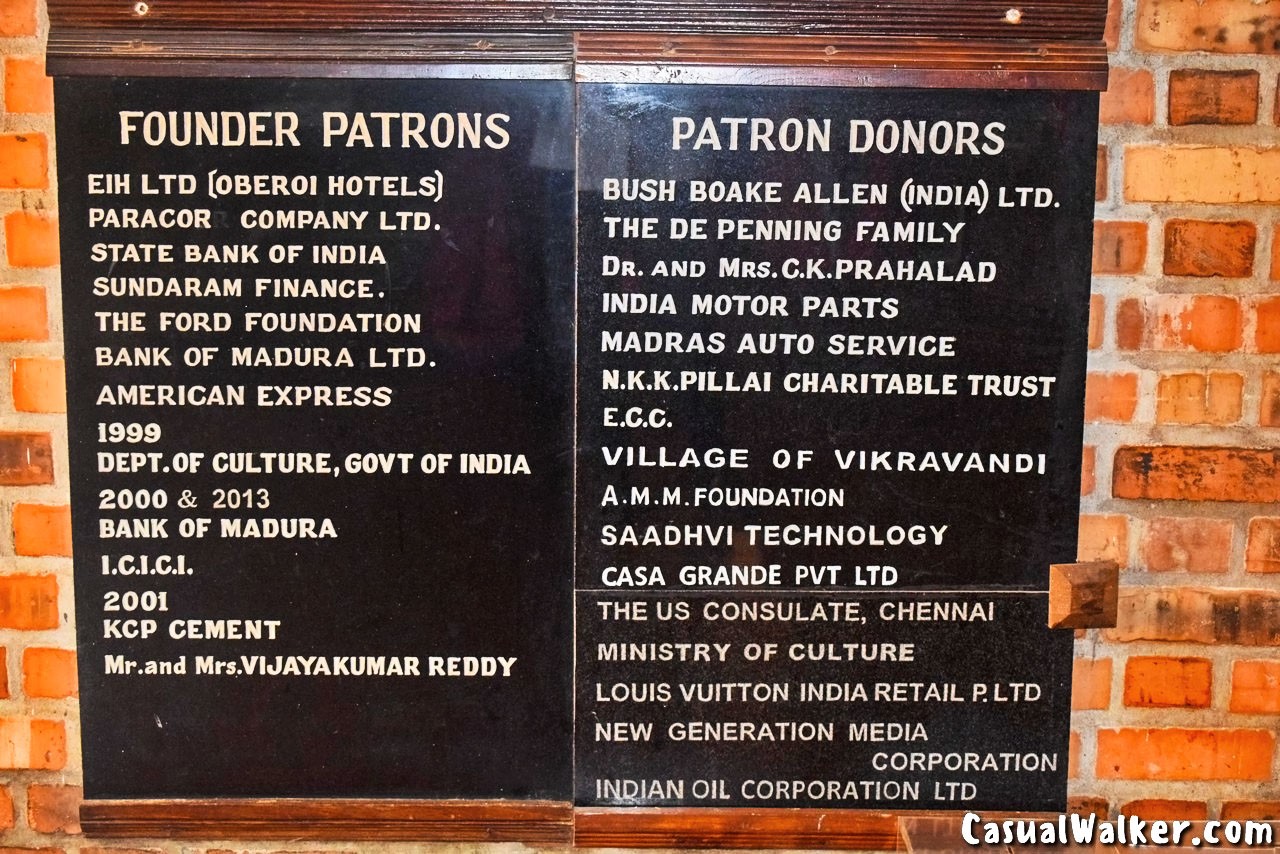
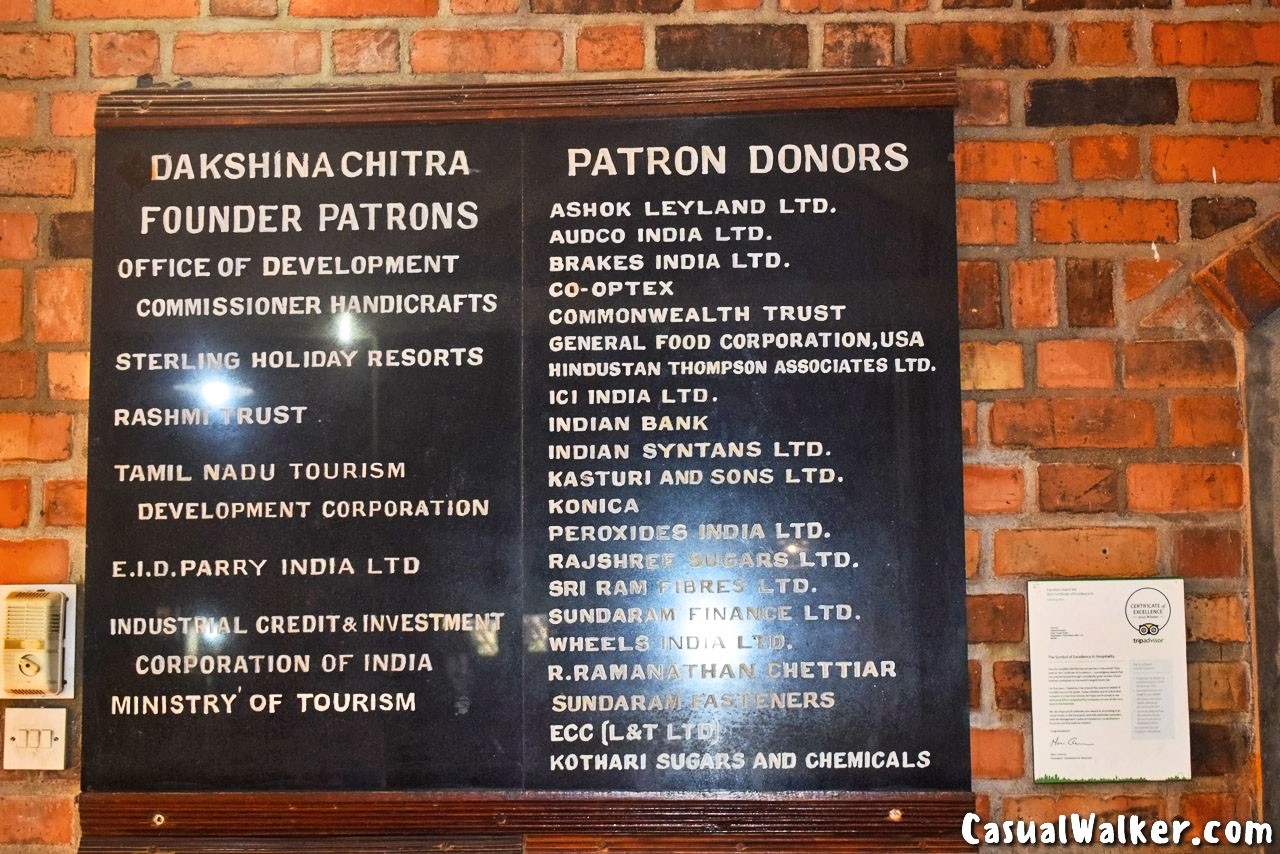
DakshinaChitra Craft shop:
At the entrance of the DakshinaChitra, we can find the craft shop selling all traditional and cultural gift items, dresses, and postcards
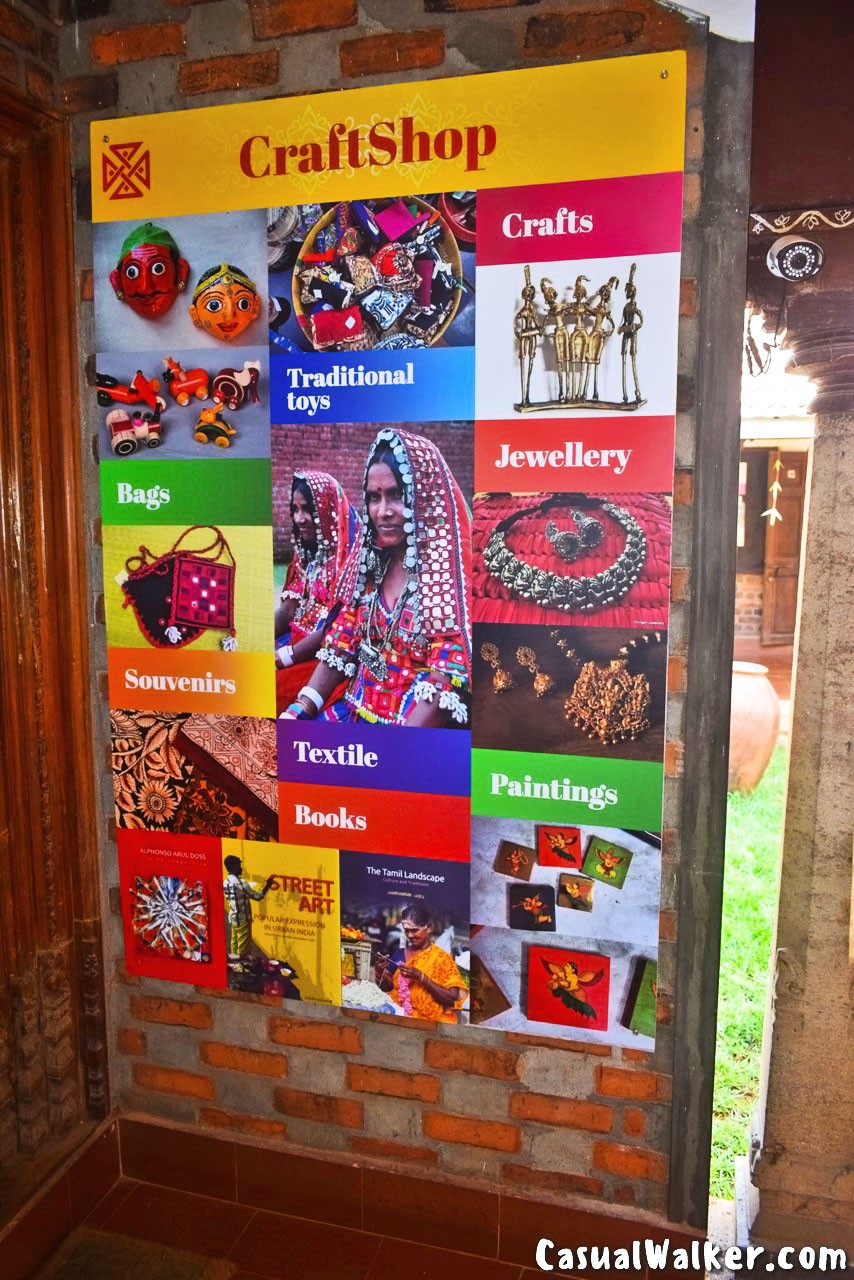

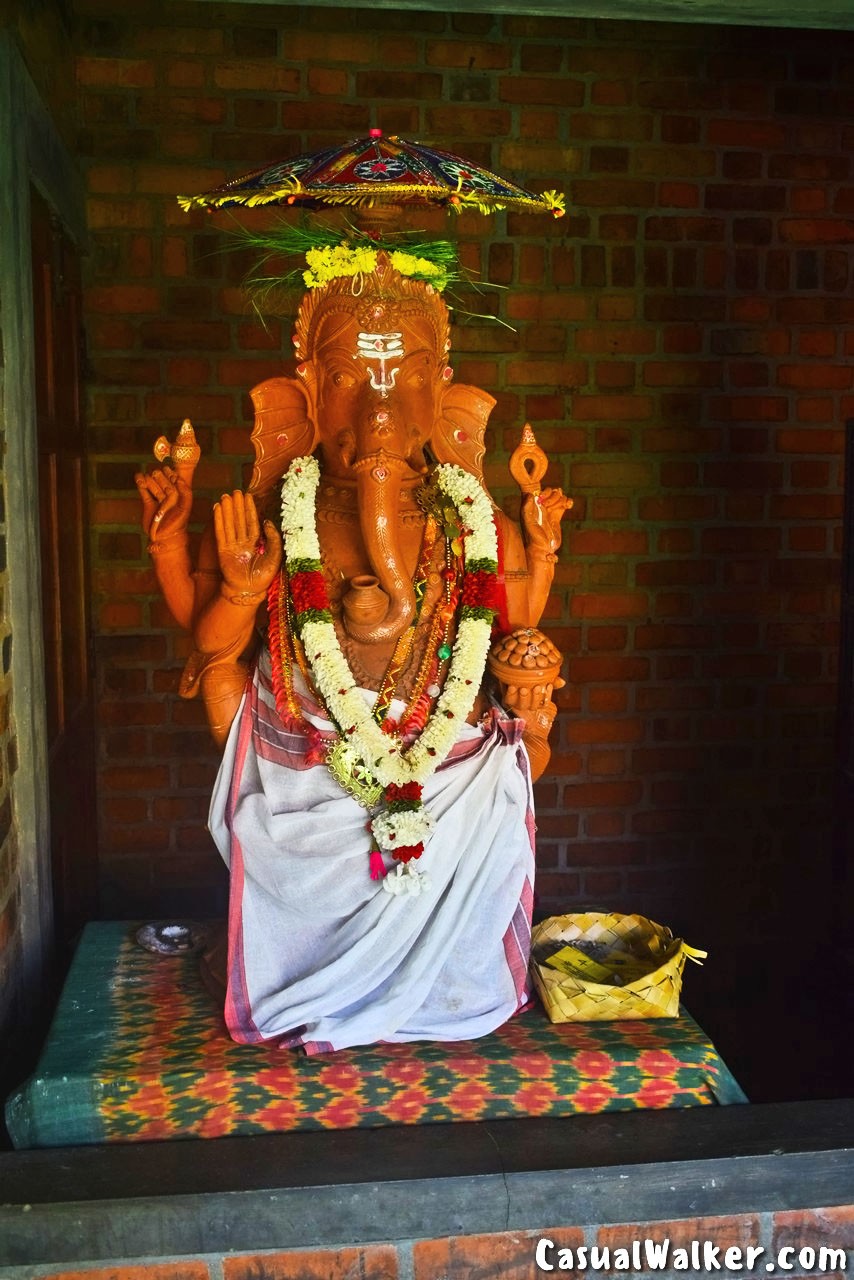
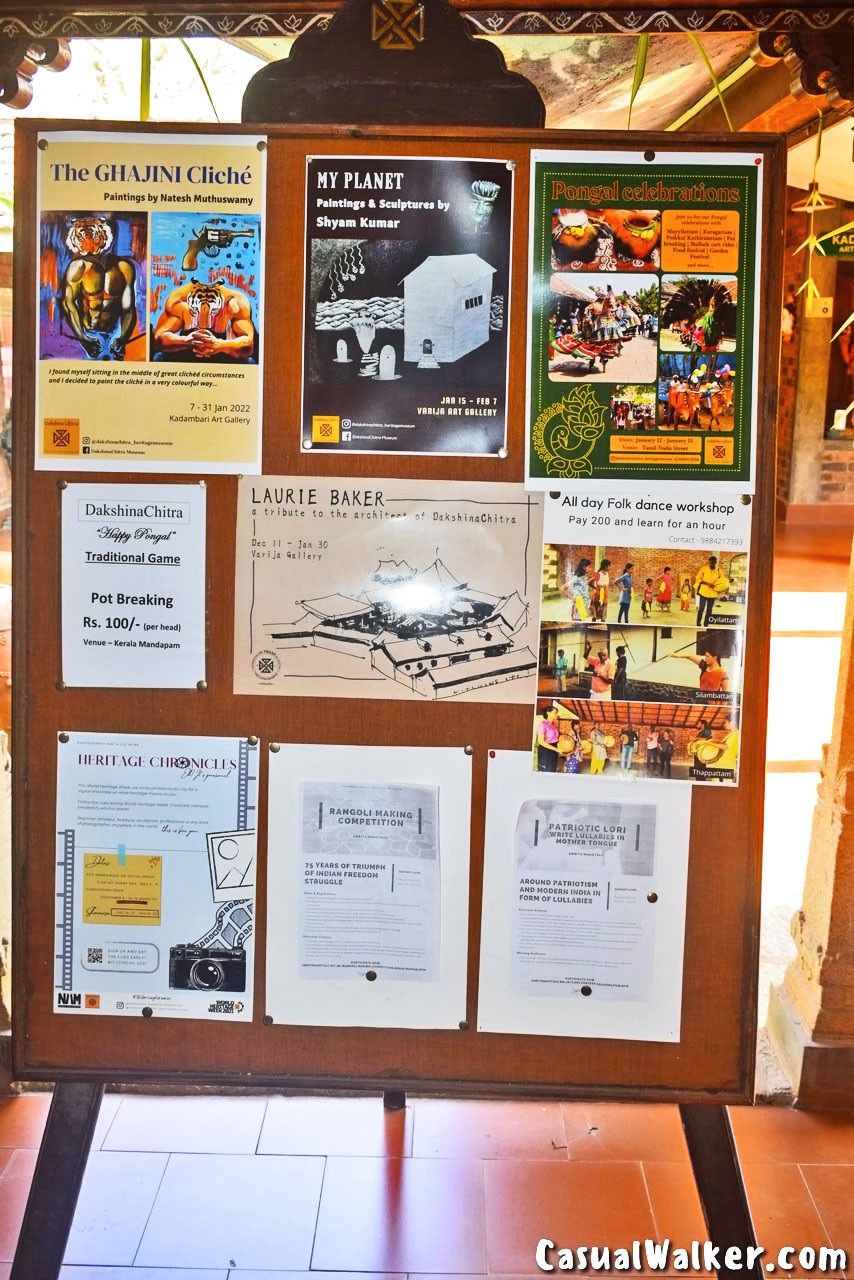
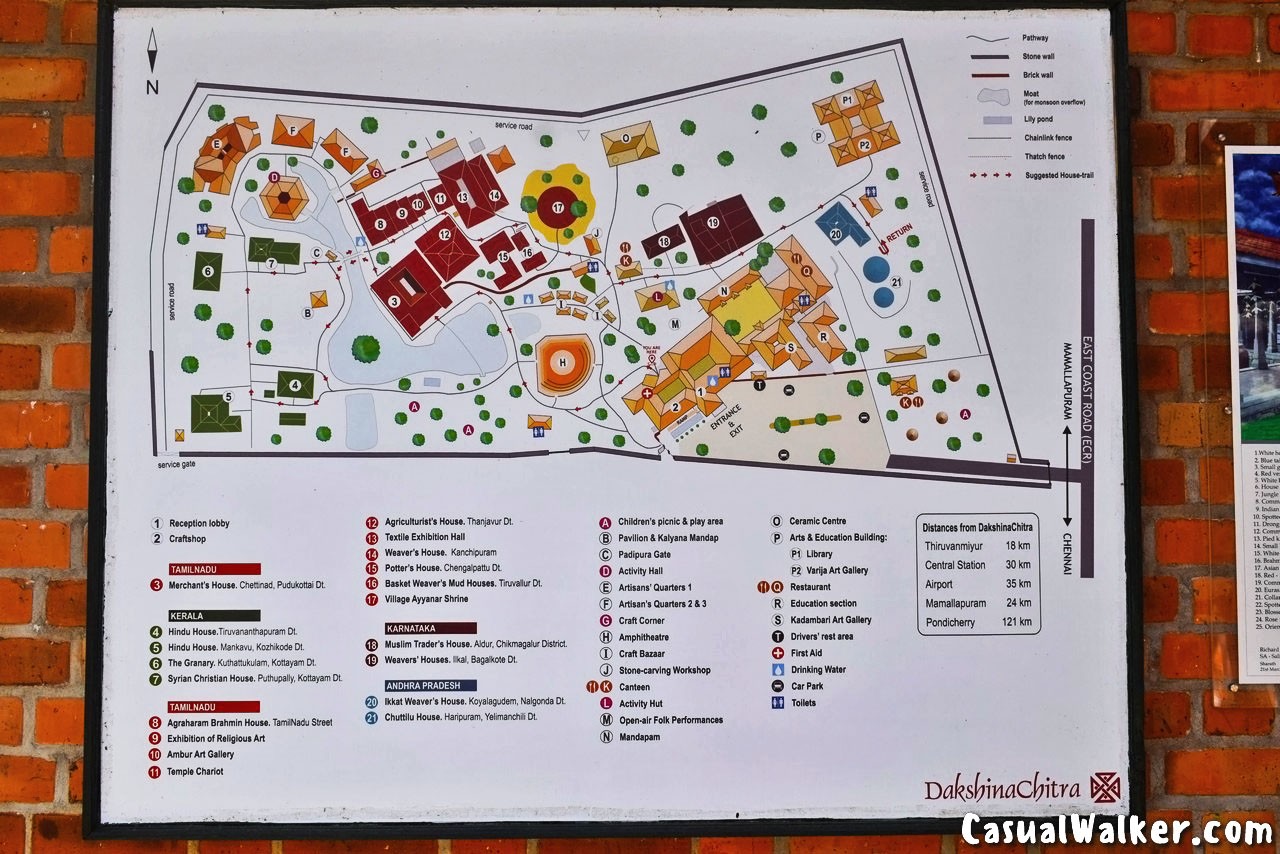
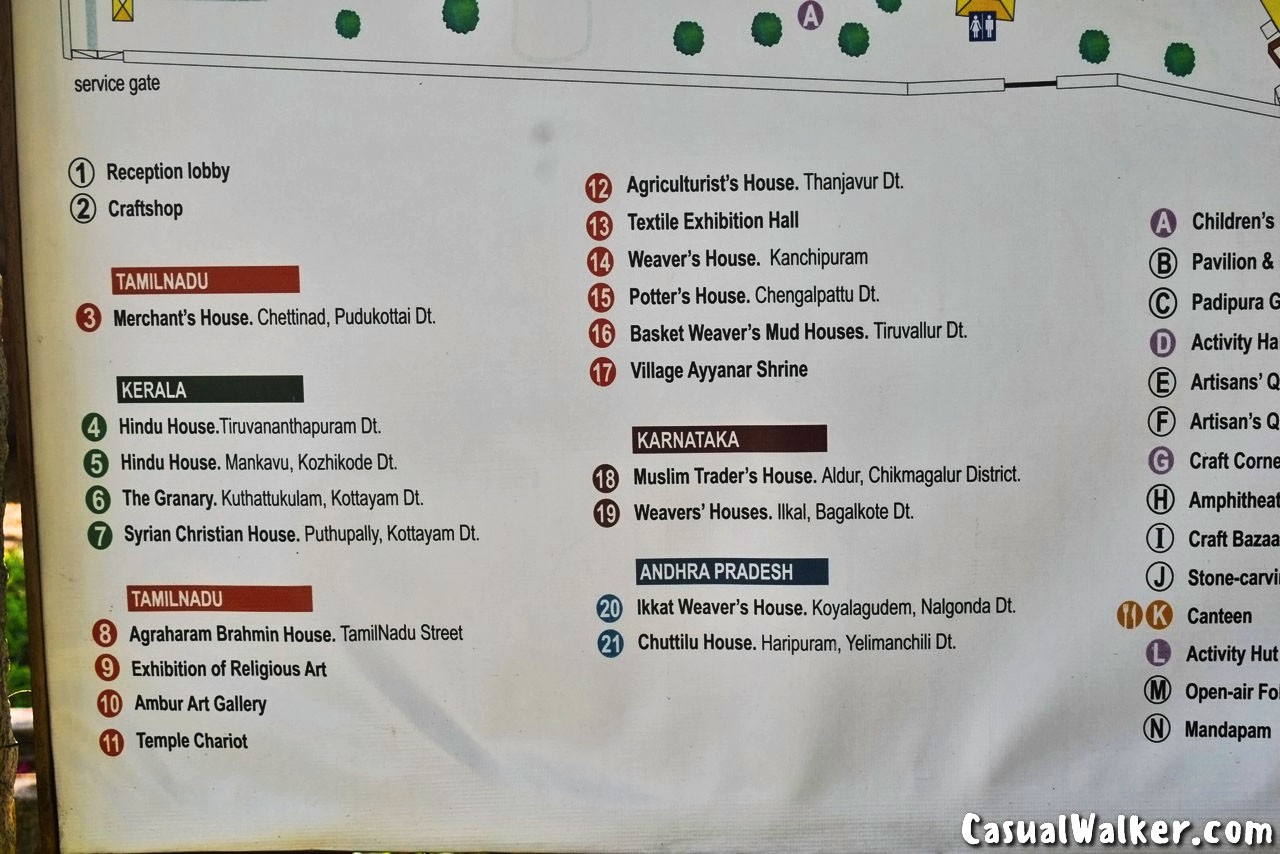
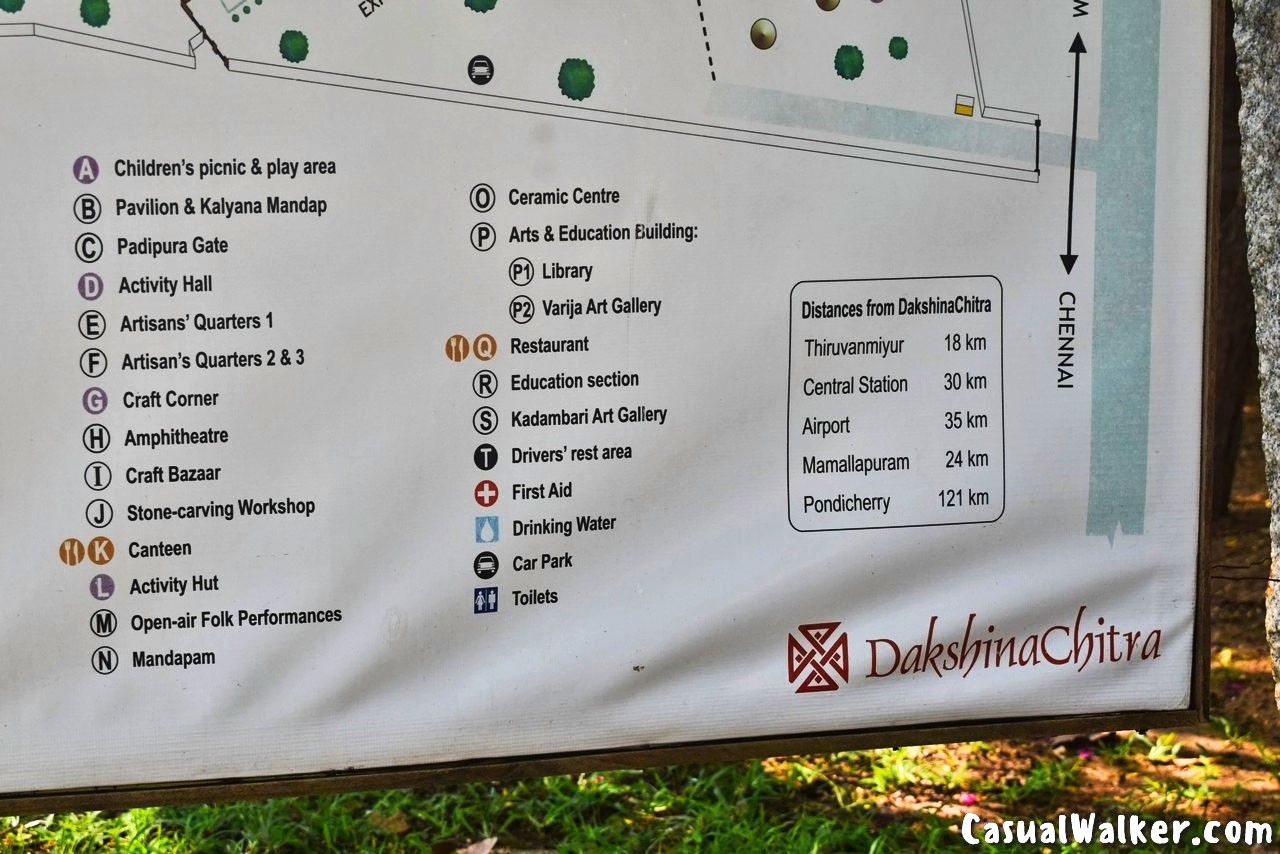
Andhra Pradesh Heritage Houses:
This Region is part of Telangana and coastal Andhra Pradesh geographical regions and has two houses.
Ikat house:
This Telangana weaver’s cottage was transported from Warangal’s Nalgonda village follows an age-old traditional style “bhawanti”. The main hall of the home depicted the rich textile tradition of the state ( Ikat weaving). Ikat weaving is a technique of dying the yarn to form patterns before it is put to the loom. On the side was another room with a display of Cheriyal Dolls.
The house has a central courtyard. The main wood used in the house is Palmyra (A type of Palm tree). Behind this is a typical South Indian backyard, complete with a little passage flanked on both sides by Tulsi plants.

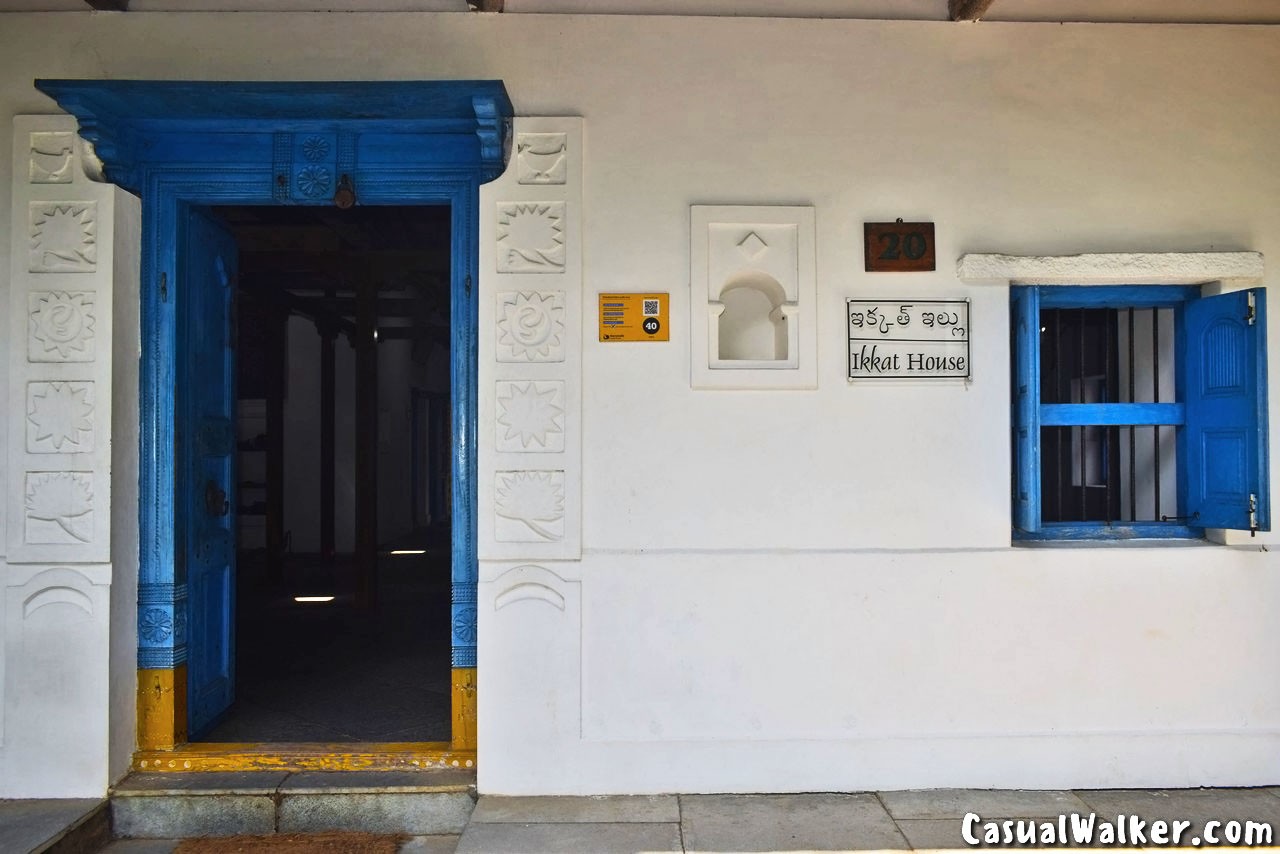
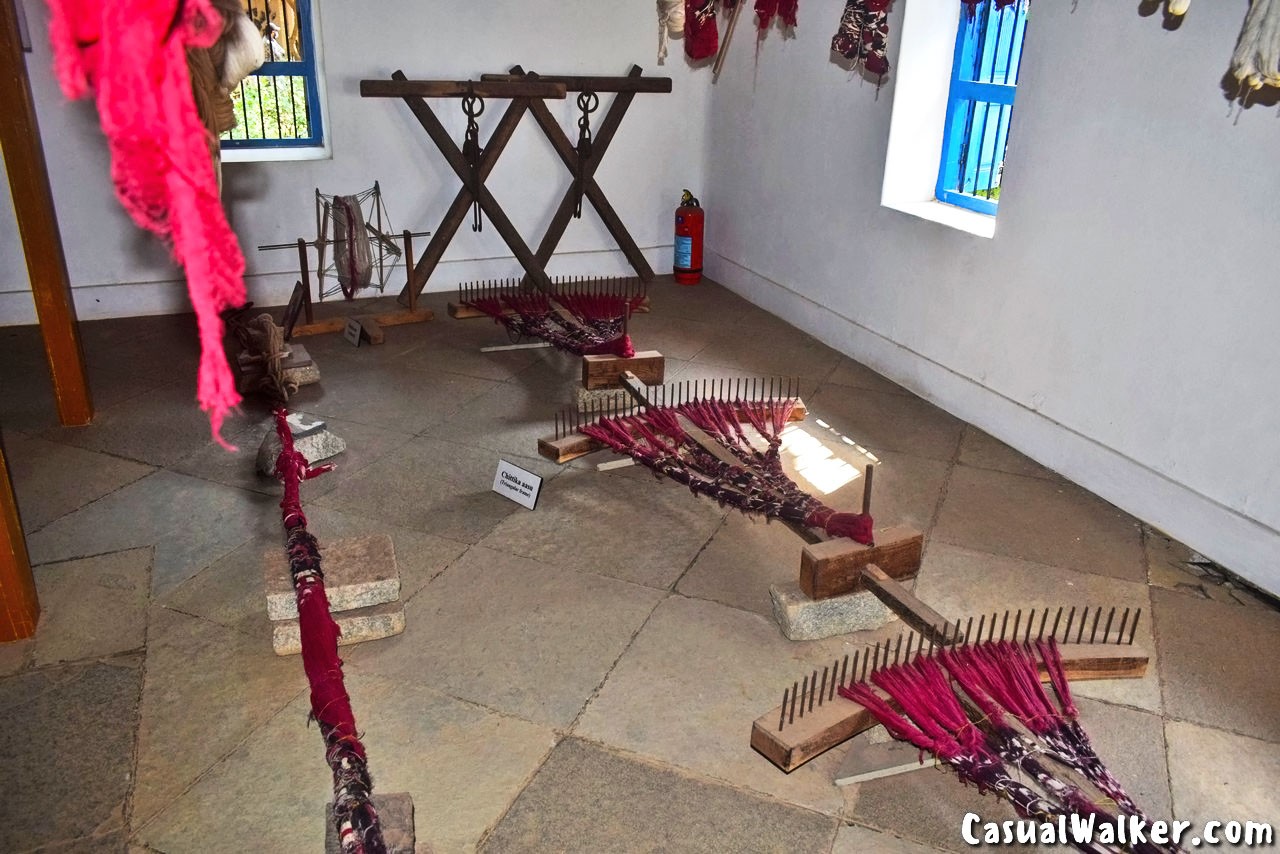
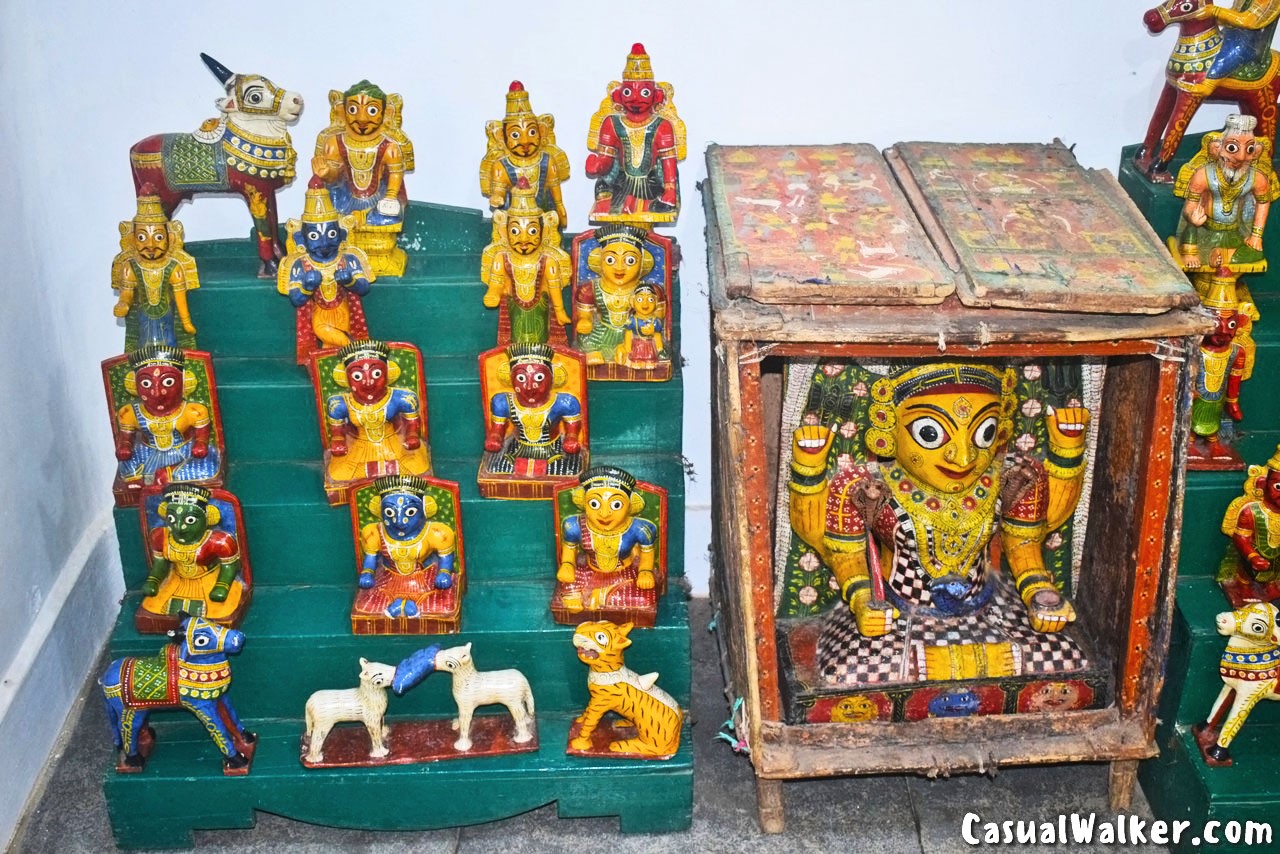
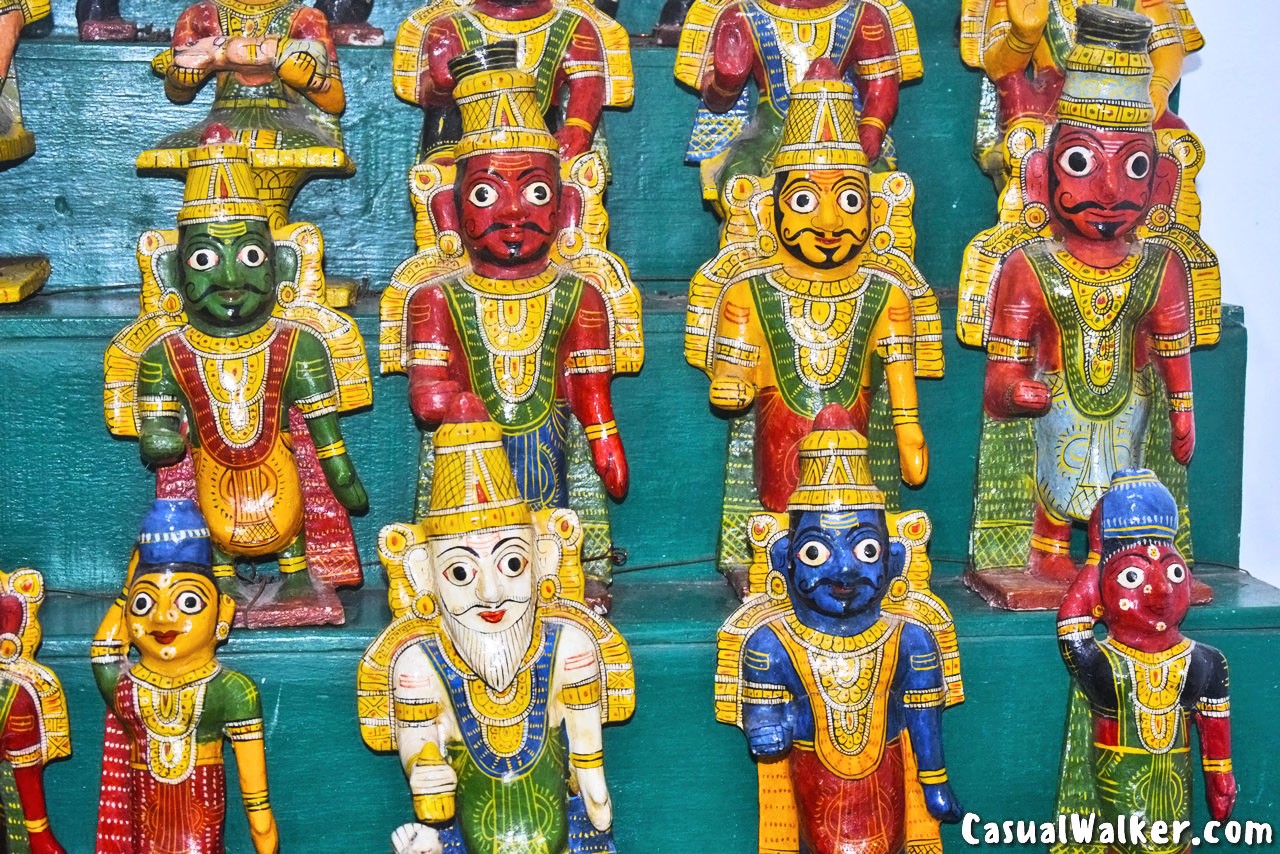
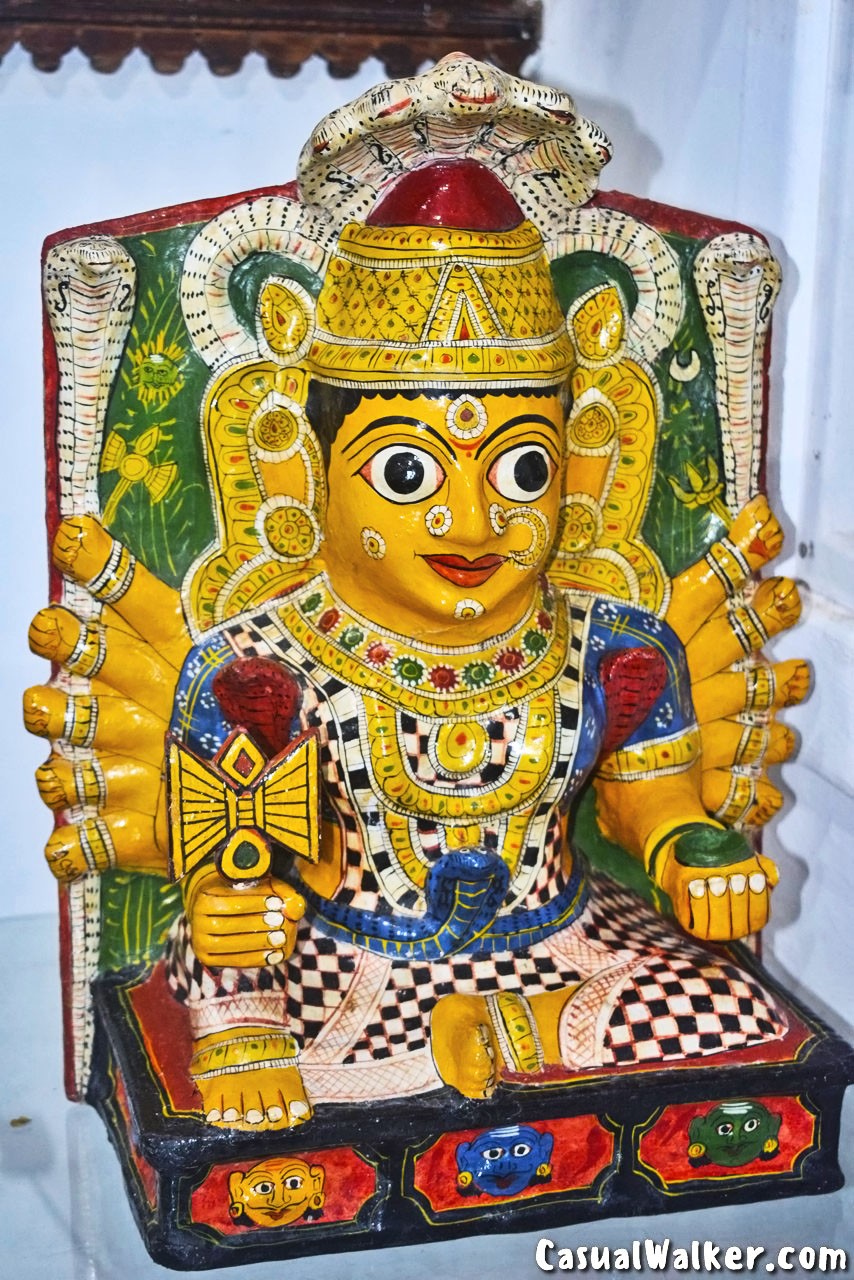

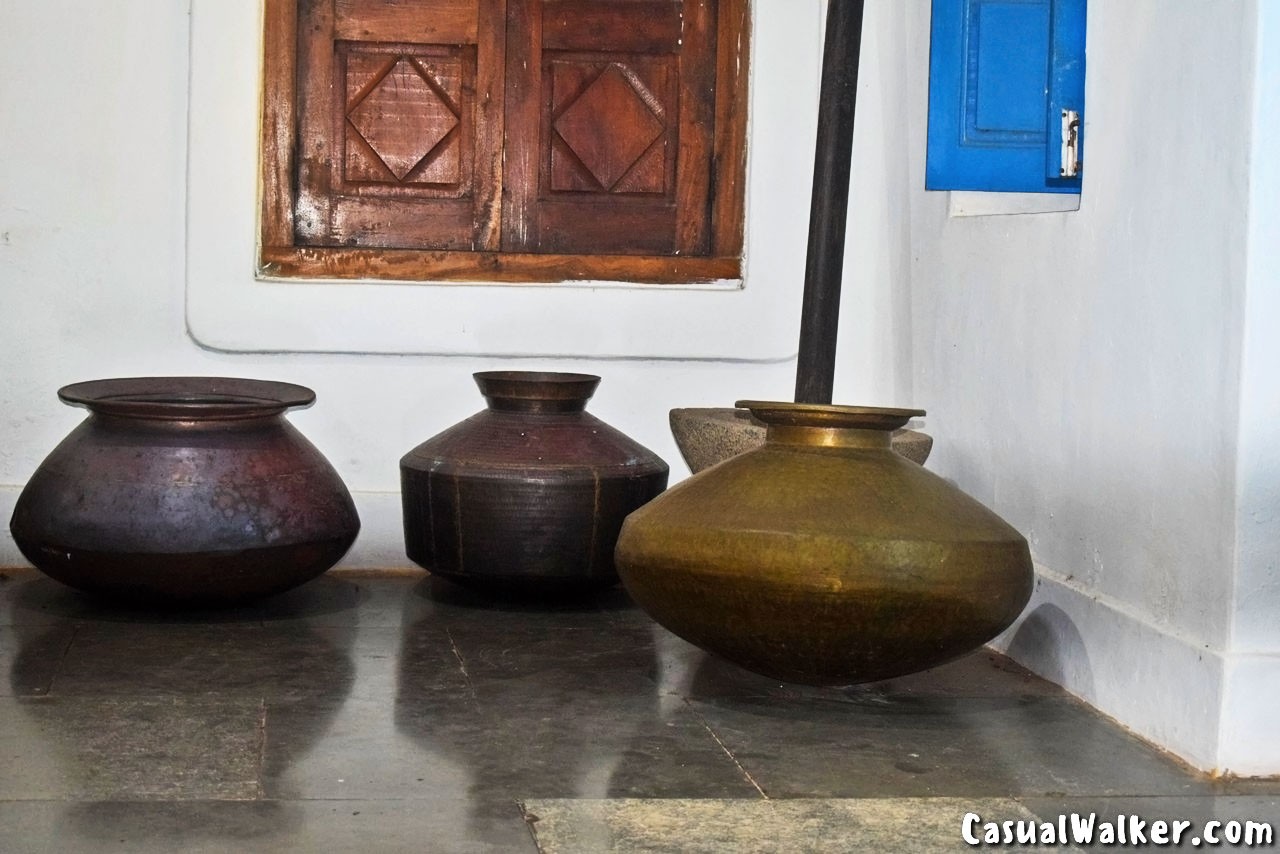
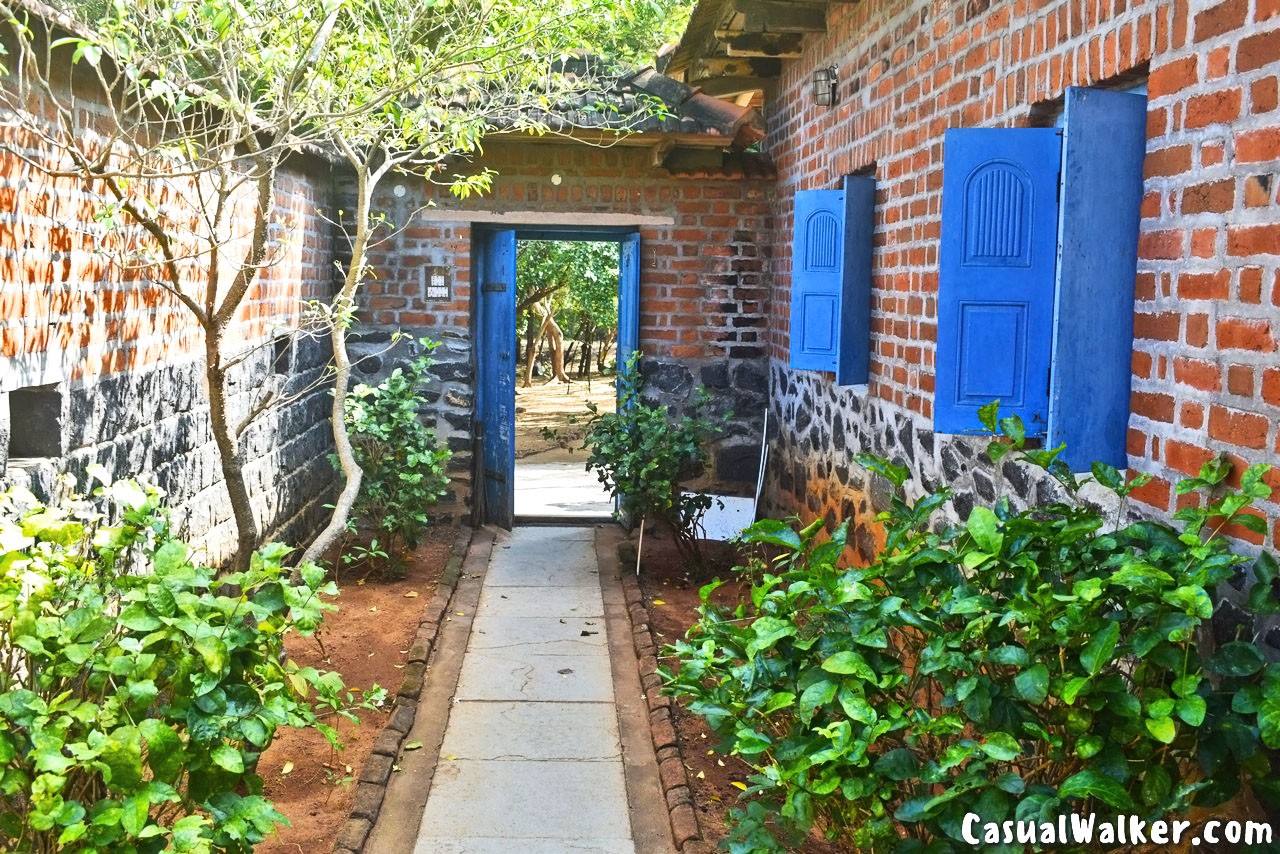
Earth Matters – An Indo-Korean Ceramic Residency and Exhibition:
Earth Matters – An Indo-Korean Ceramic Residency and Exhibition by the InKoCenter, which showcases Ceramic works of various Korean artists and Indian artists.



BEKAL – the Restaurant at DakshinaChitra:
The restaurant is attractive and complements the surrounding architecture. The pillar here was a wooden pillar with gorgeous sculptural work reminding much of Southern India. The food is typical, south Indian and the cuisine is both delicious and affordable.
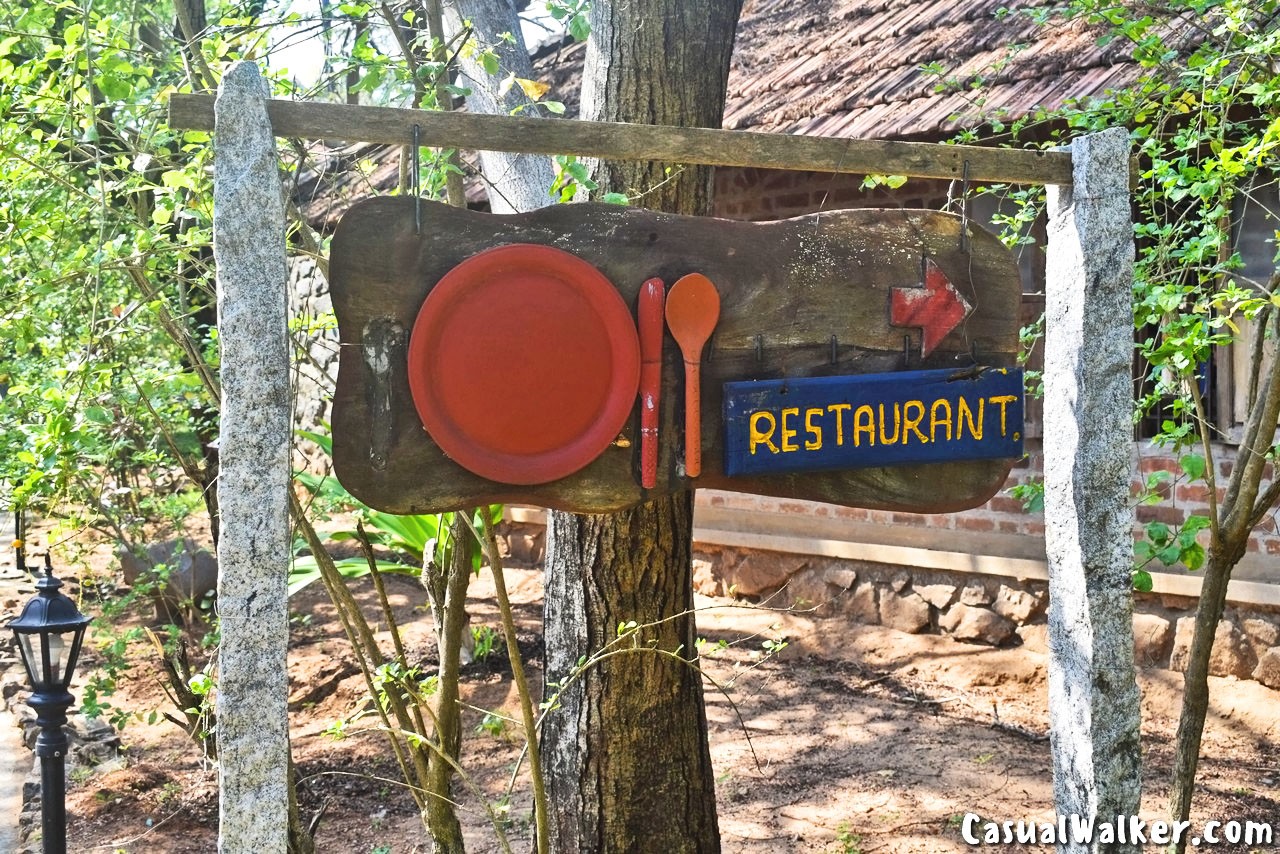
Coastal Andhra House:
The mudhouse was built by residents of the Haripuram village in Visakhapatnam District (coastal area). The houses’ form and positioning aid them in fighting the roaring winds. The roof of the house almost touches the ground around the house indeed protects the mud walls from the rain.
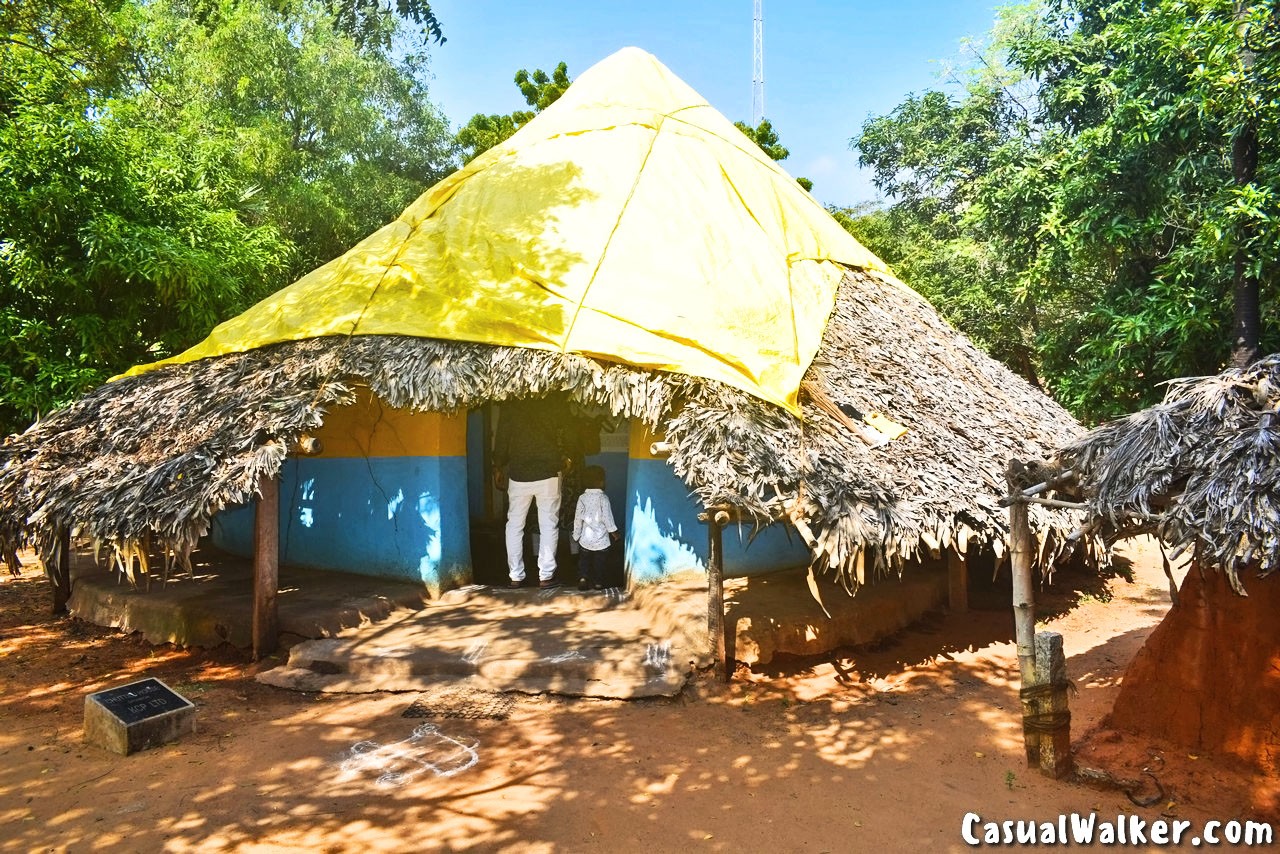
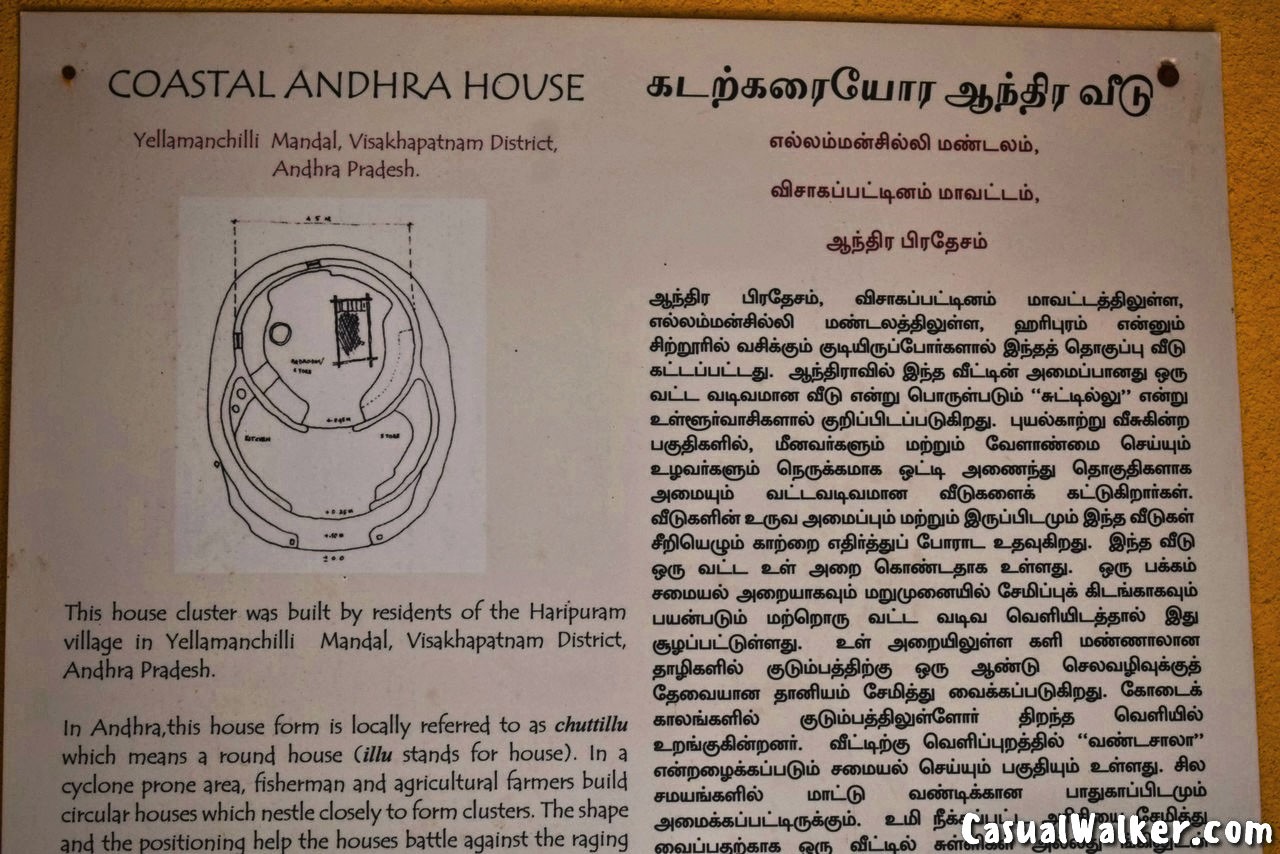
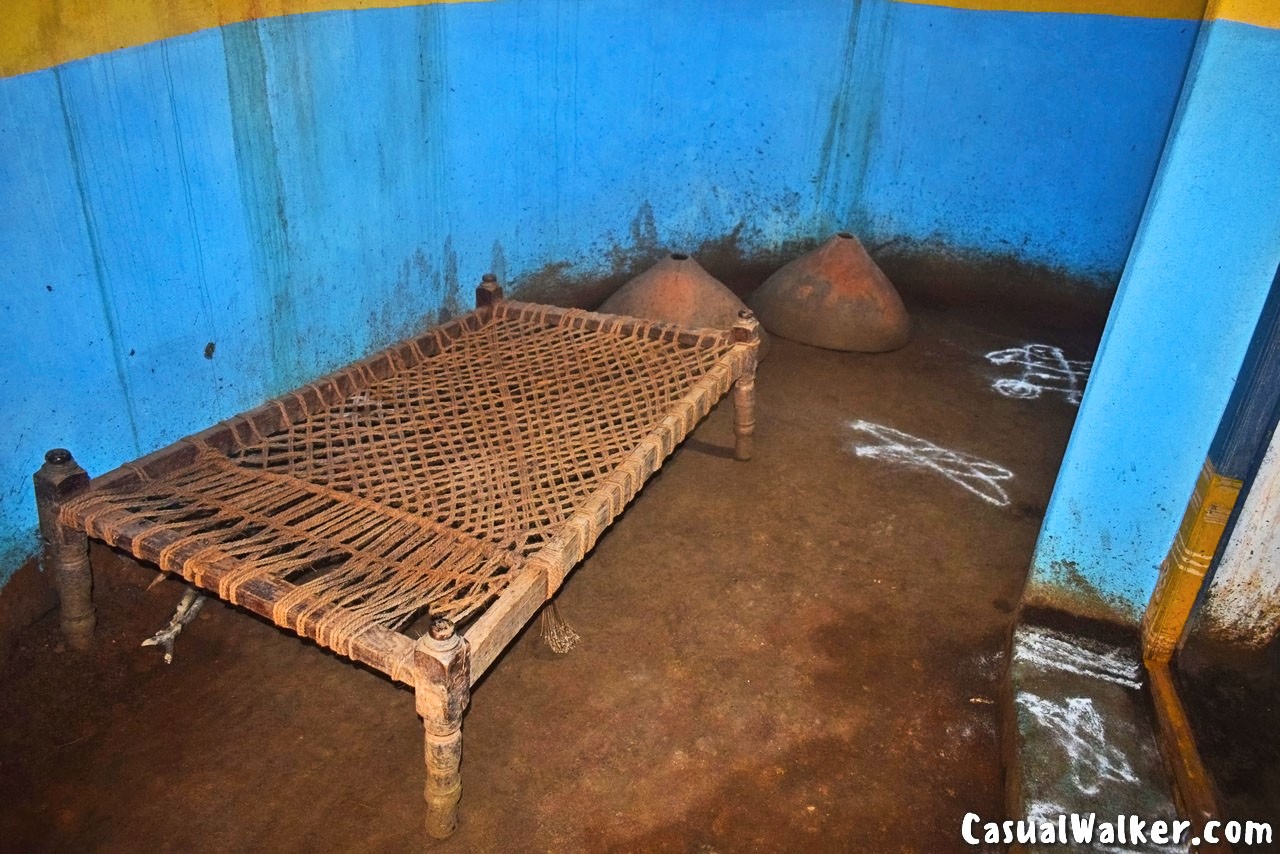

Cultural Events at DakshinaChitra
Cultural events such as classical dances Bharatnatyam, Mohiniyatam, and Kuchipudi, Kavadiattam, Folk Dances (Poikaal Kuthirai, Karagattam, Myilattam) of Tamil Nadu as well as music concerts, are held regularly in the enormous open-air theatre or amphitheater here.
These events are conducted on regular basis with proper date and time announcements on their website. Make a check before planning and witnessing these traditional events. Try your hand and enjoy the traditional puppet show, potter’s wheel, traditional board games, Bioscope, Kili Joshiyam – Parrot Astrology, its quite interesting that little parrot picks a card for us and turned out as a fortune teller. Children’s play equipment like slides and a sea-saw was available.
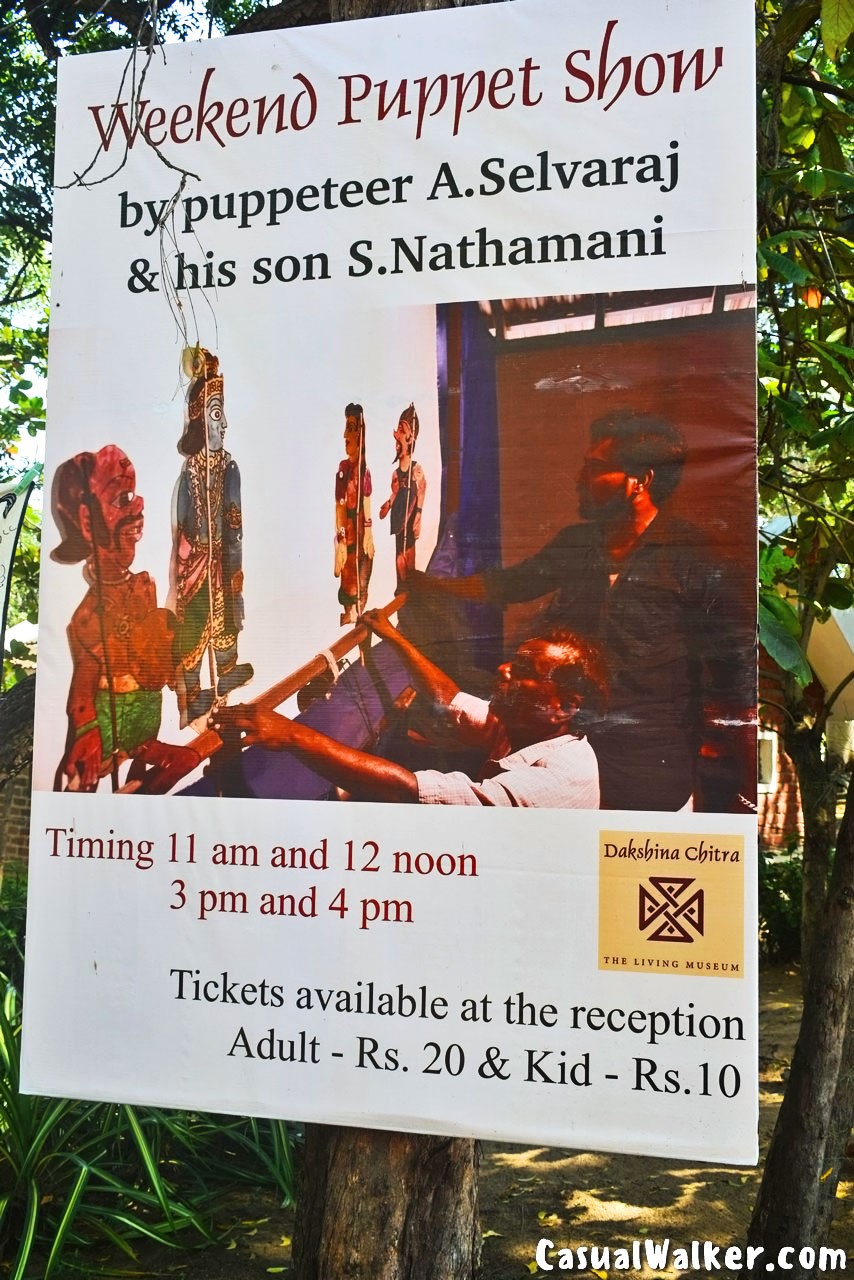

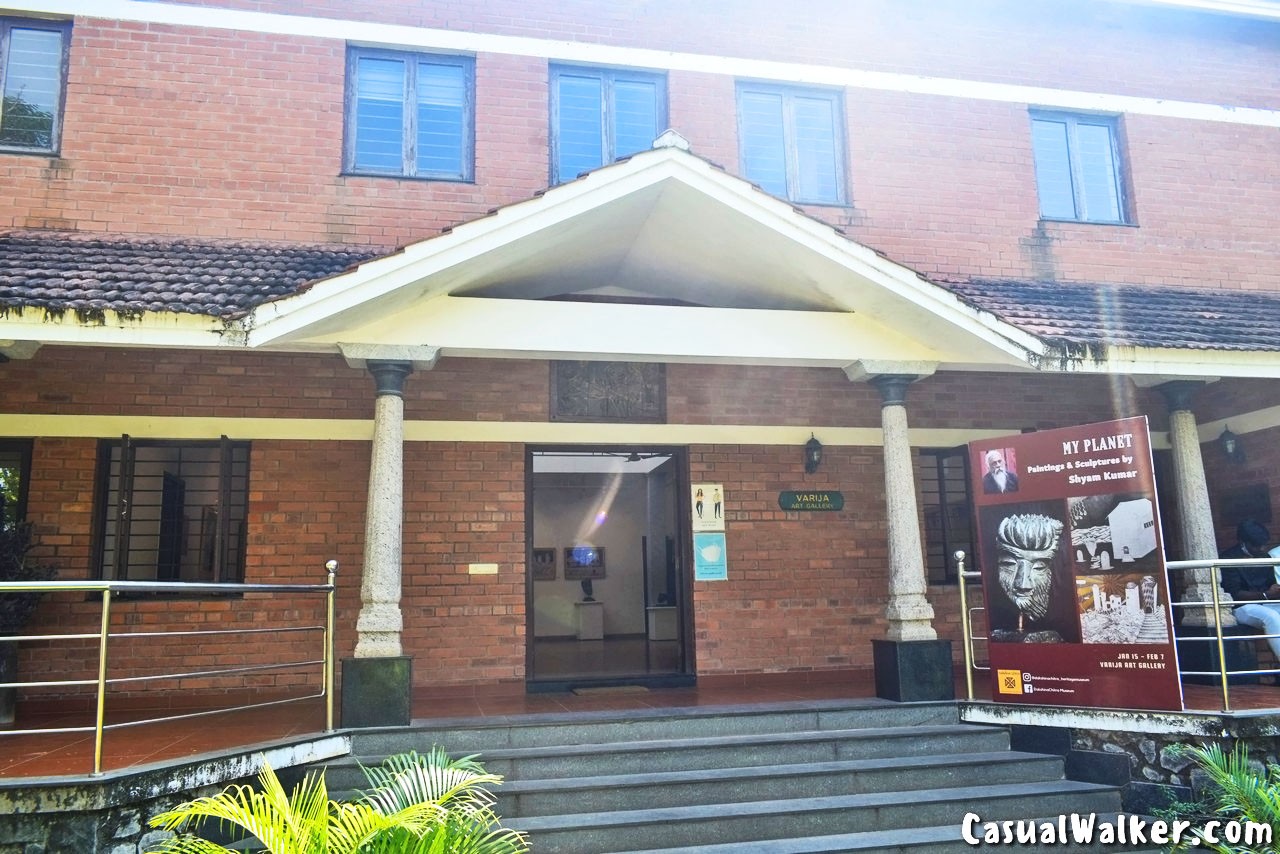
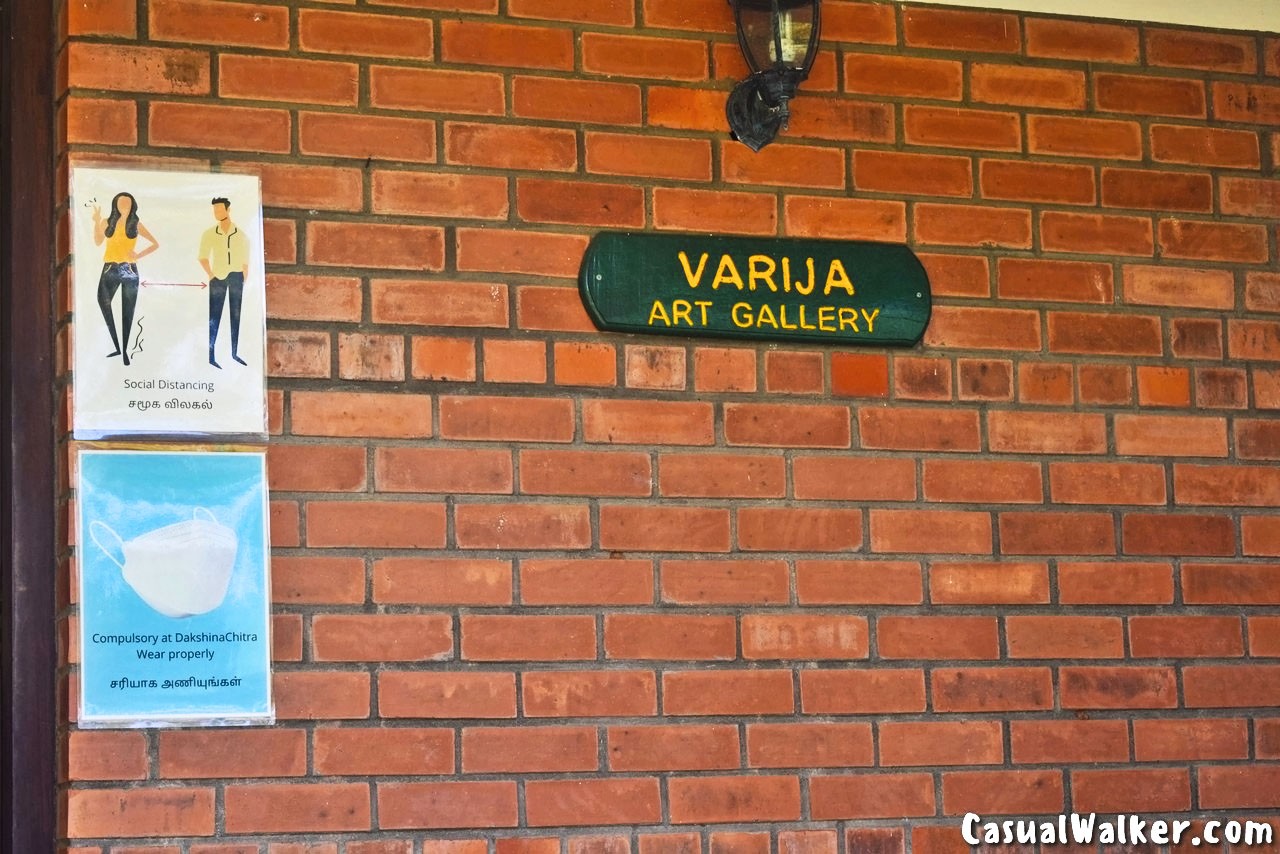
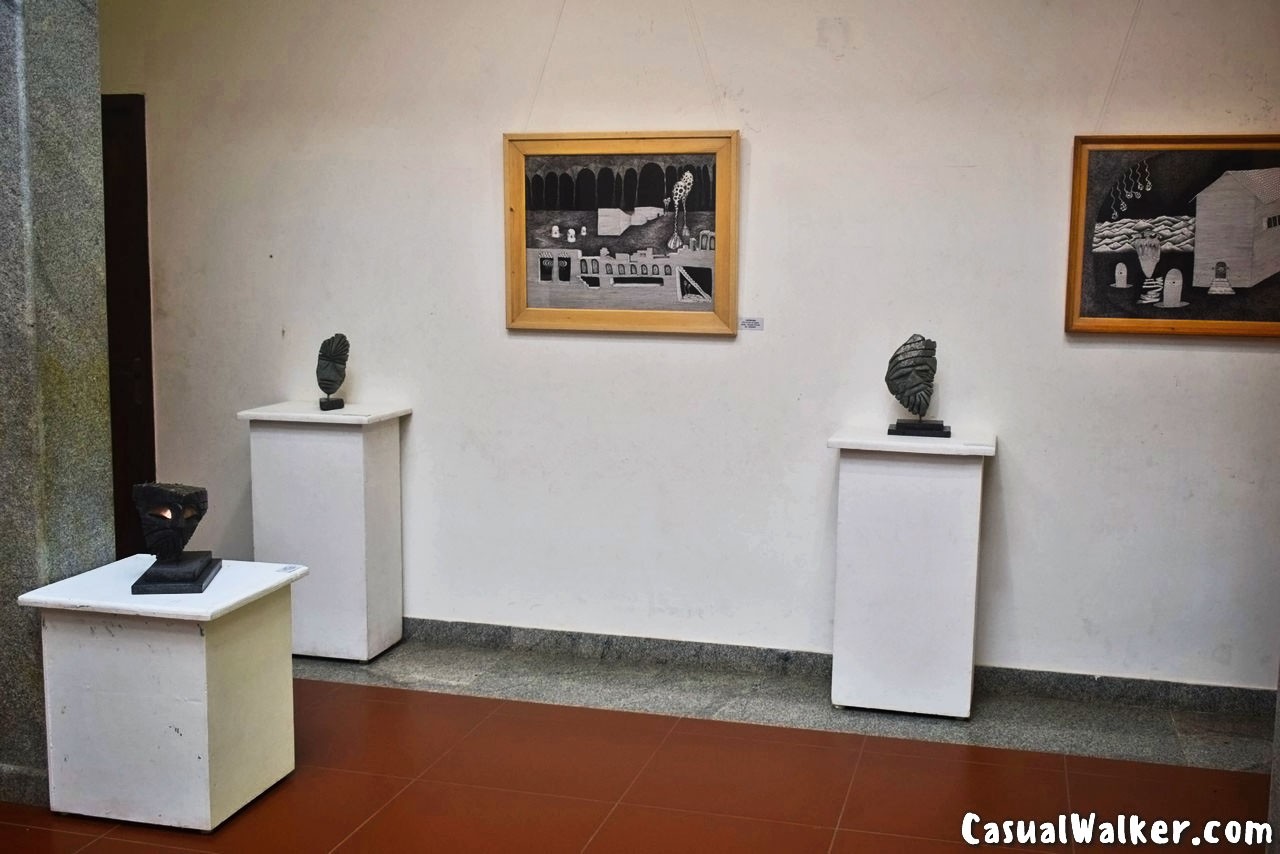

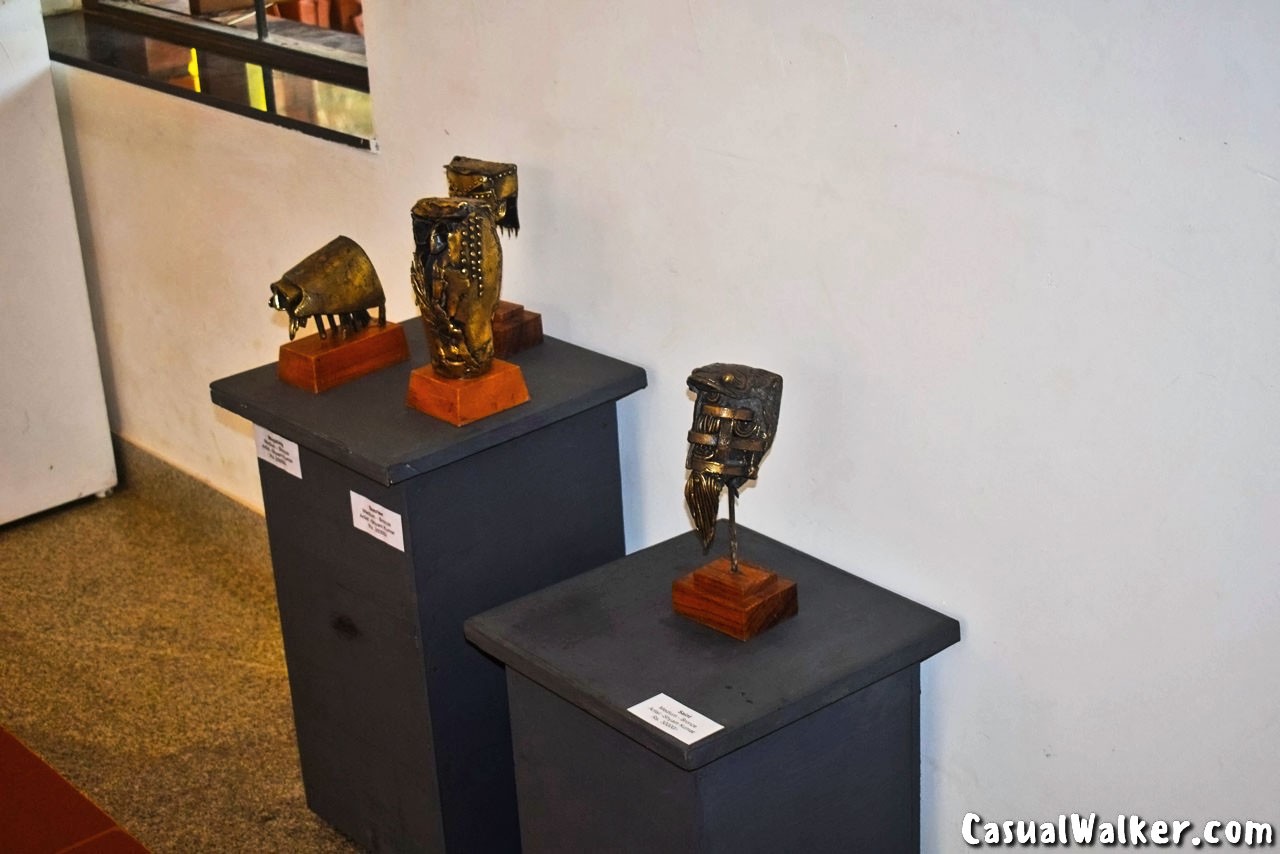
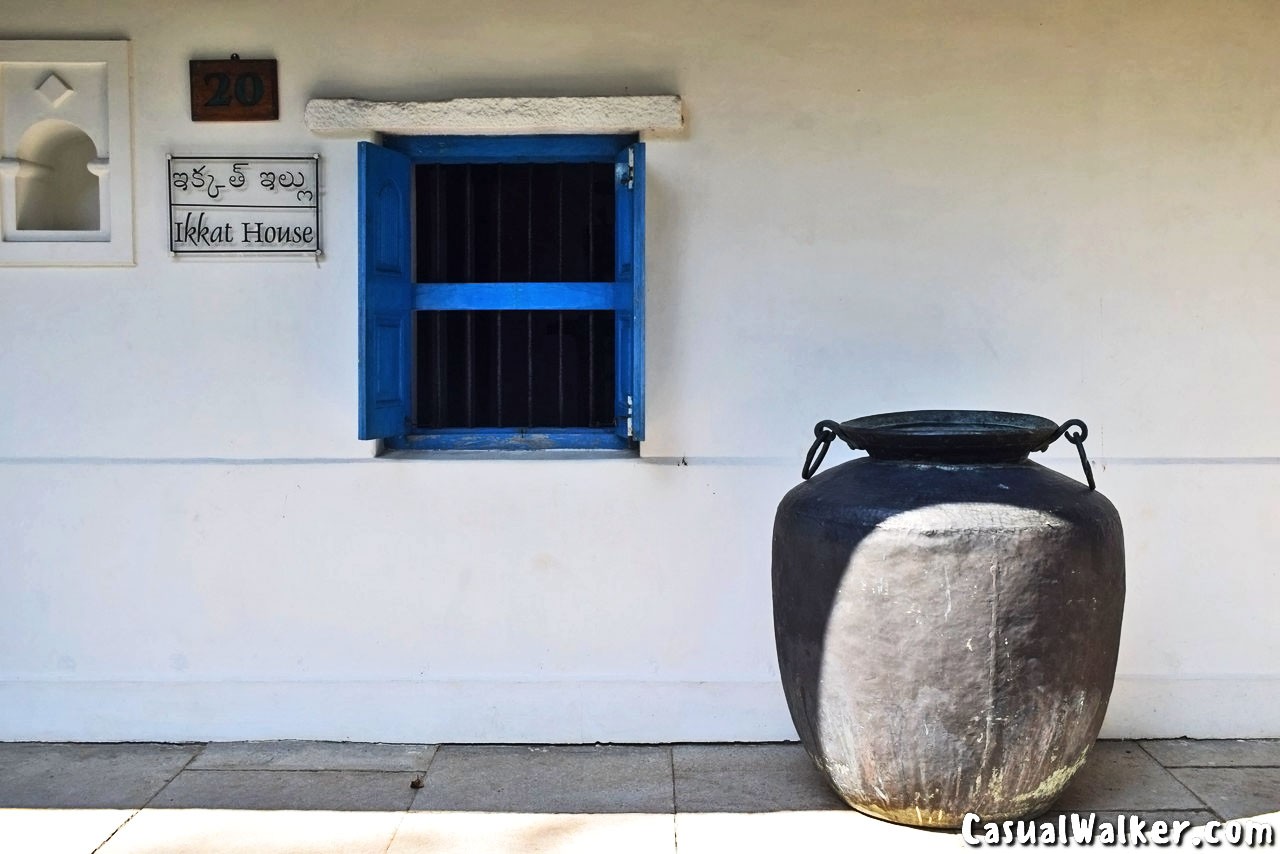
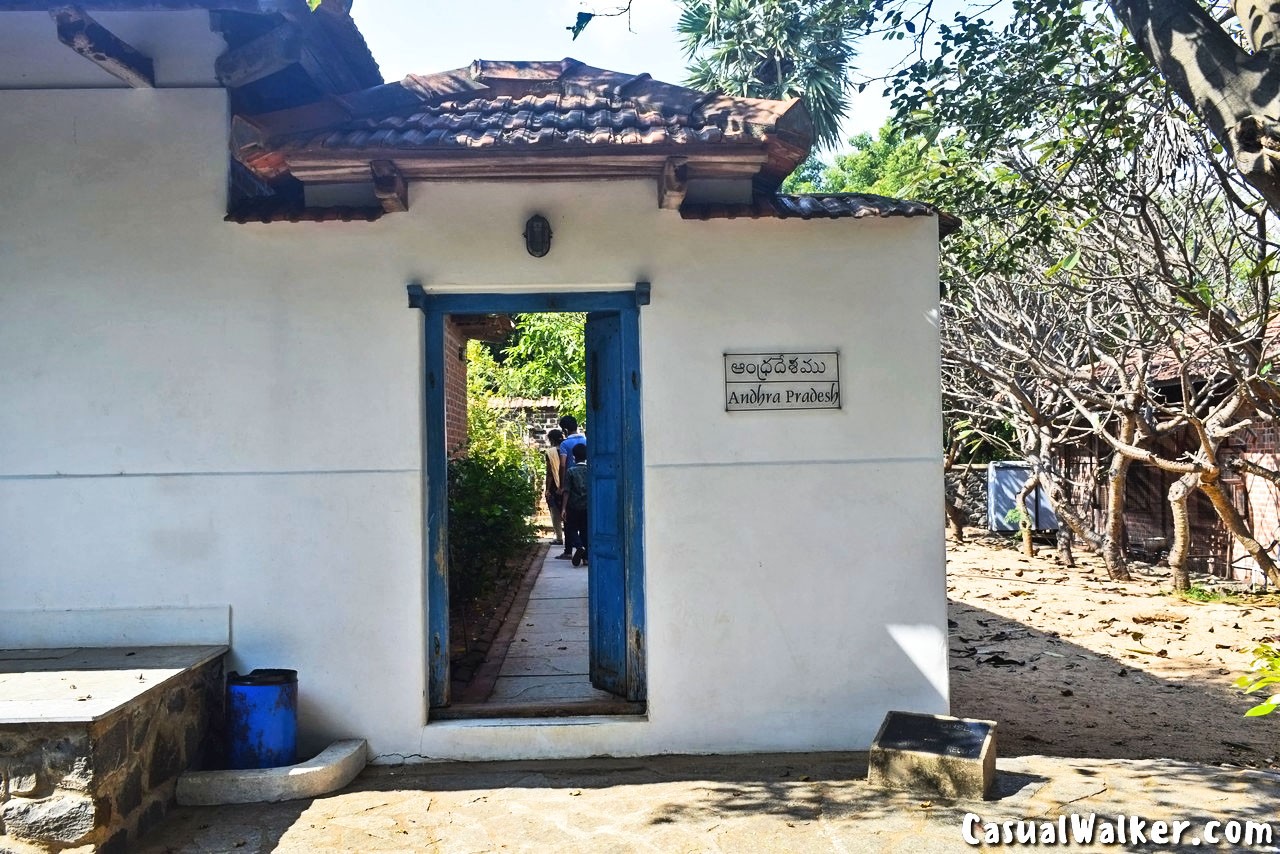
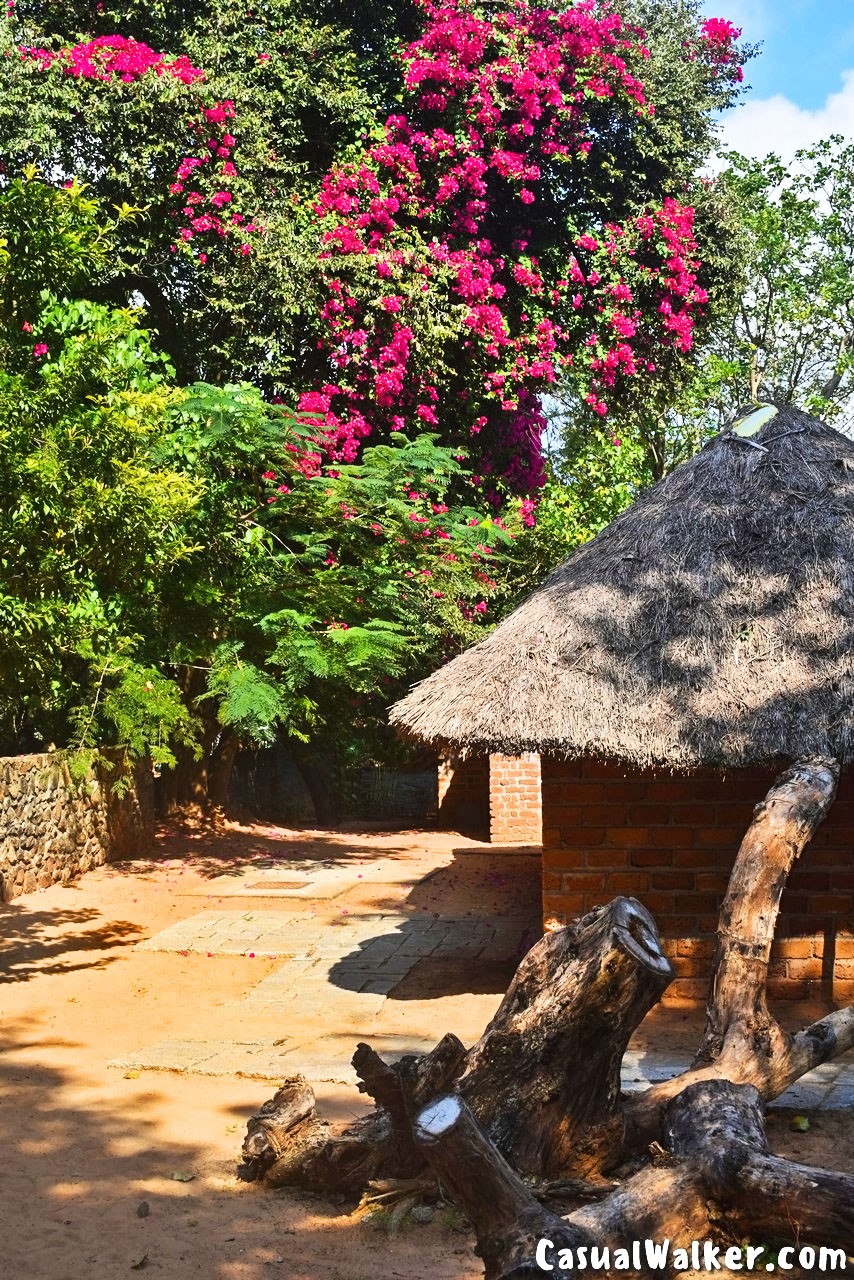
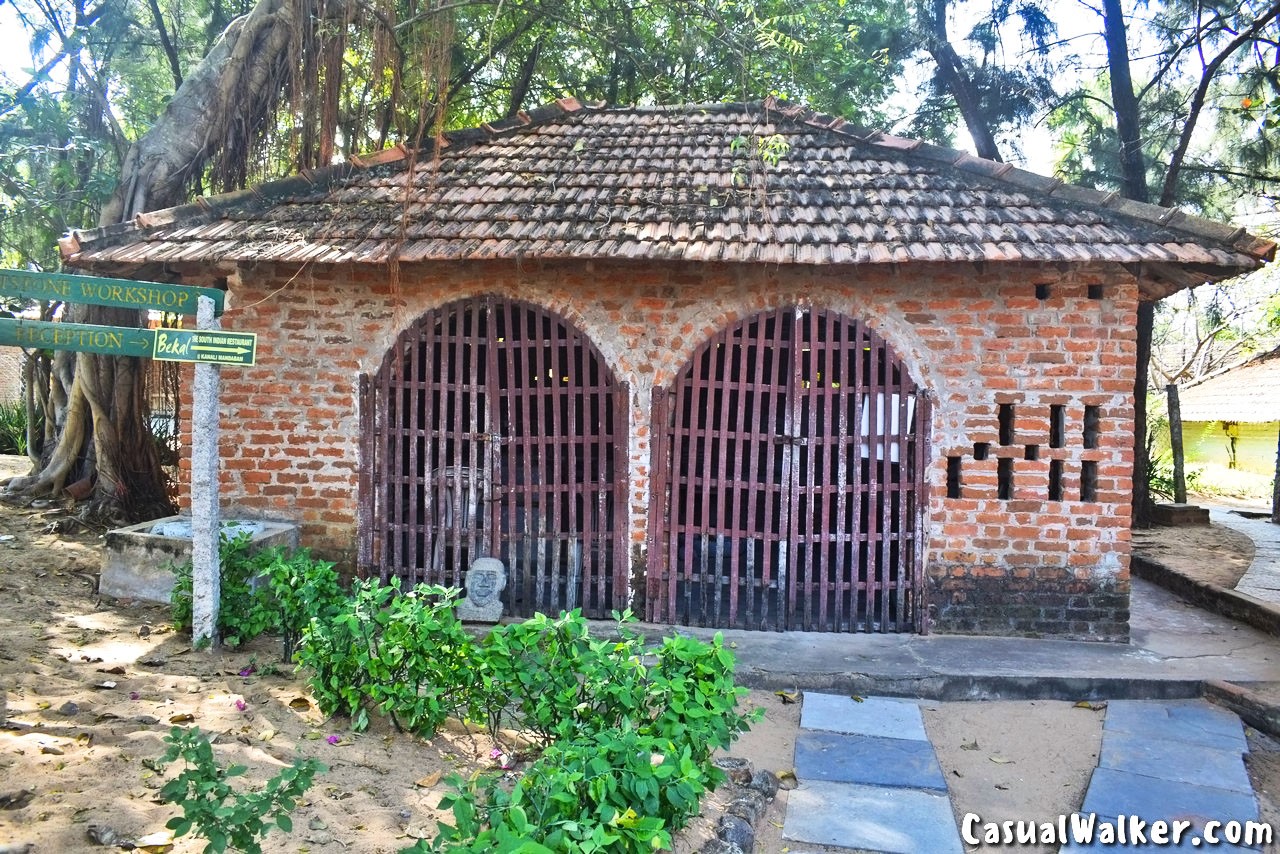
Kerala Heritage Houses:
Kerala houses are the depiction of their diverse architectural styles and were distinguished based on the religious communities. These elegant houses are visual treats of a unique nature. Each one looks great and one can feel the Kerala environment, as each house is isolated from the neighboring houses and has some land around it, same as in Kerala. This Kerala section has the following four houses, padipura gateway and one cow shed. Each house has its own well, which is ideally accessible from the kitchen.
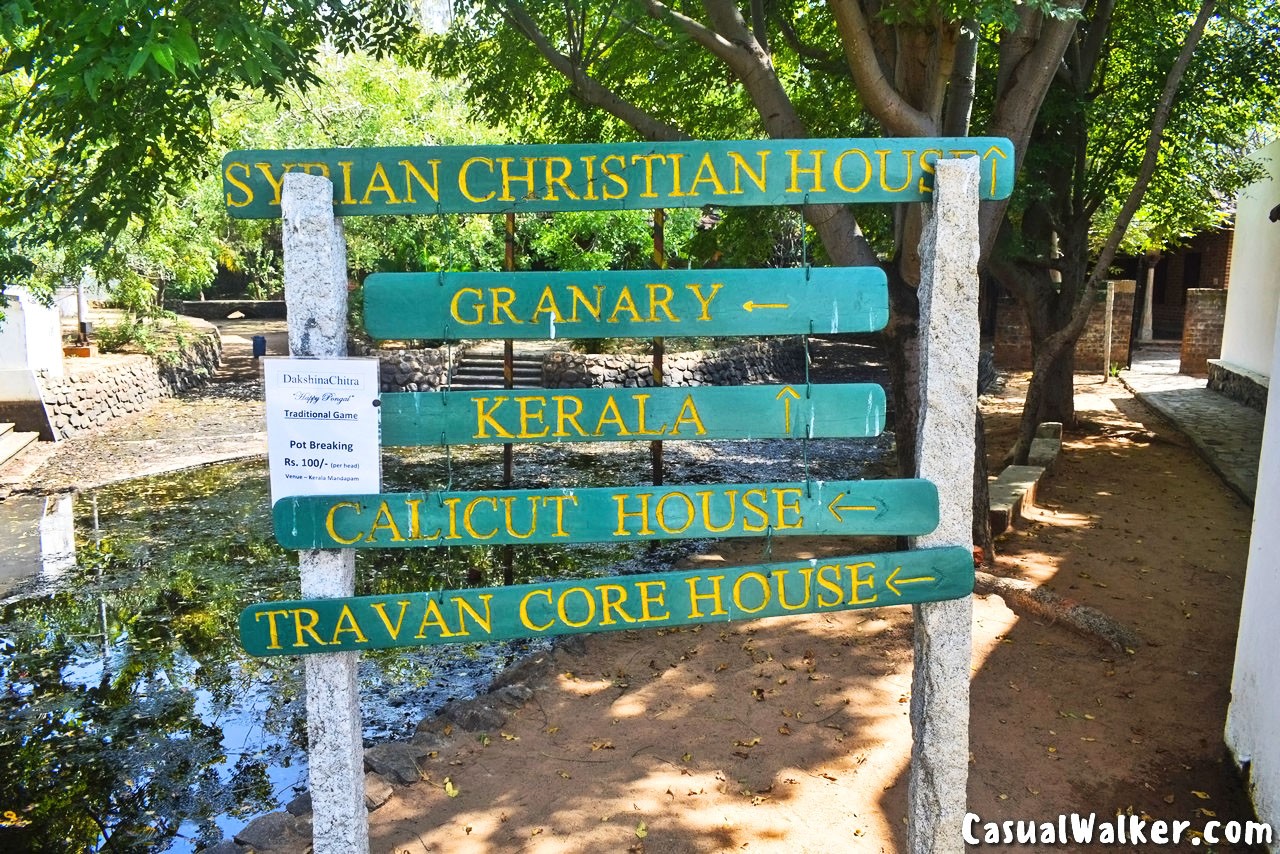

Hindu House Trivandrum:
This ancient house represents the southern part of Kerala, are belonged to an agricultural Hindu family of Nairs. Timber was used to construct the structure and any substance other than wood is difficult to detect. On the side verandah, we can notice a massive wooden container that was used to store grains.

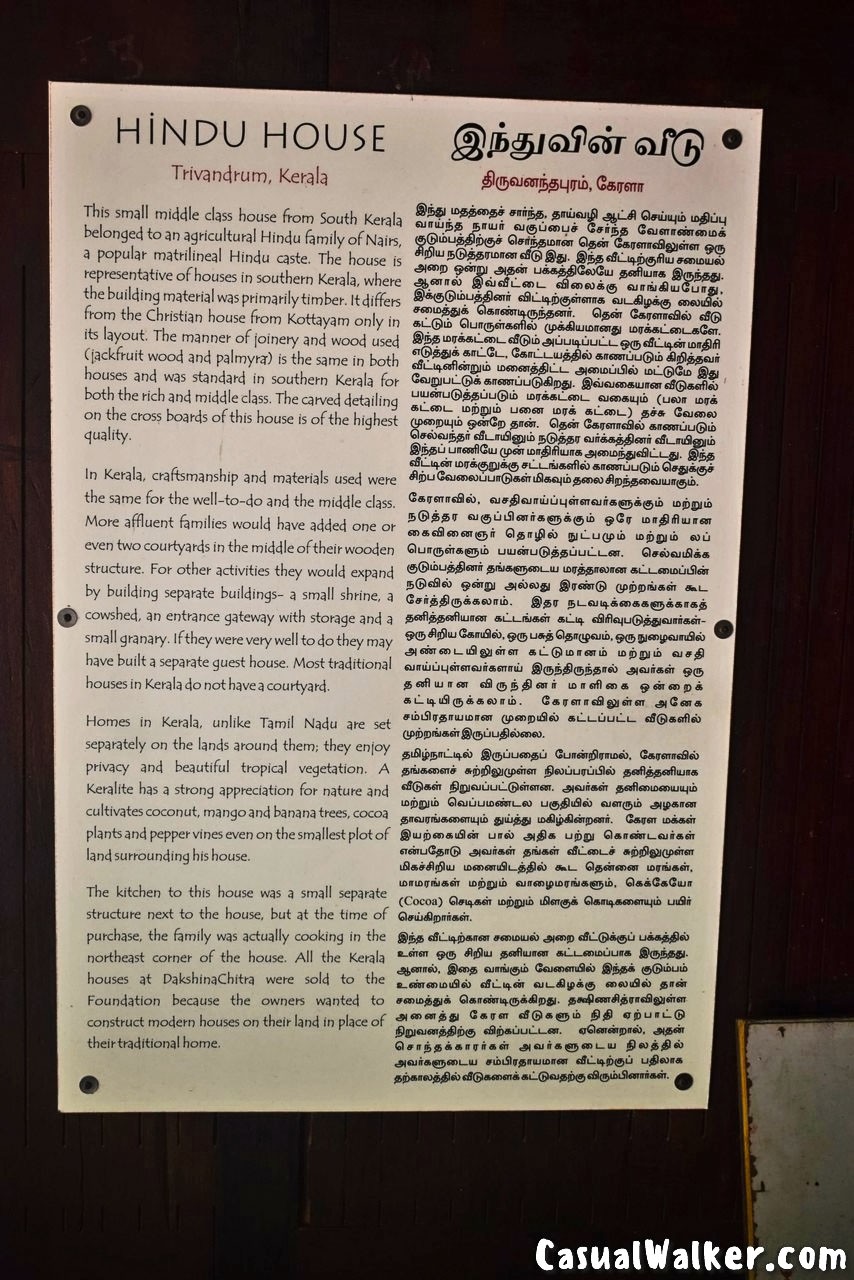

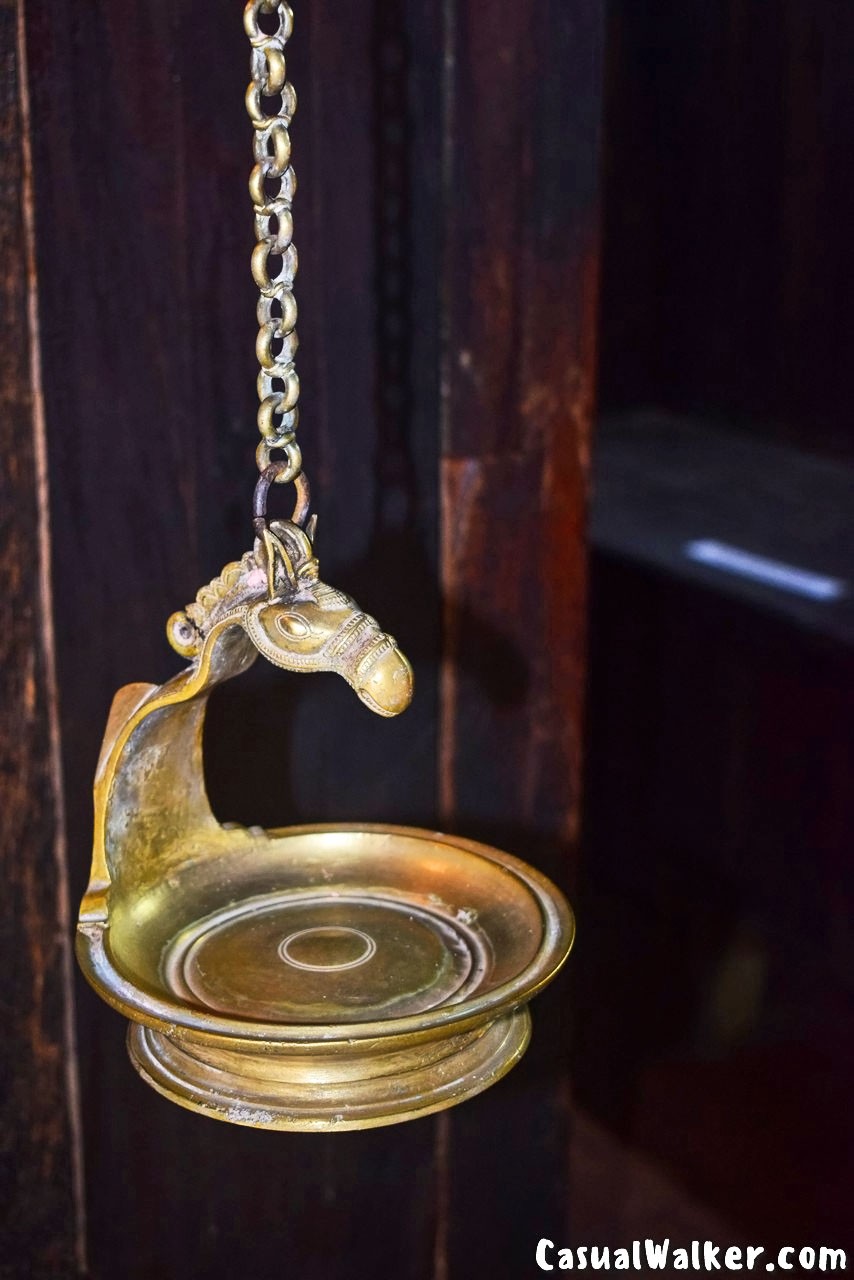
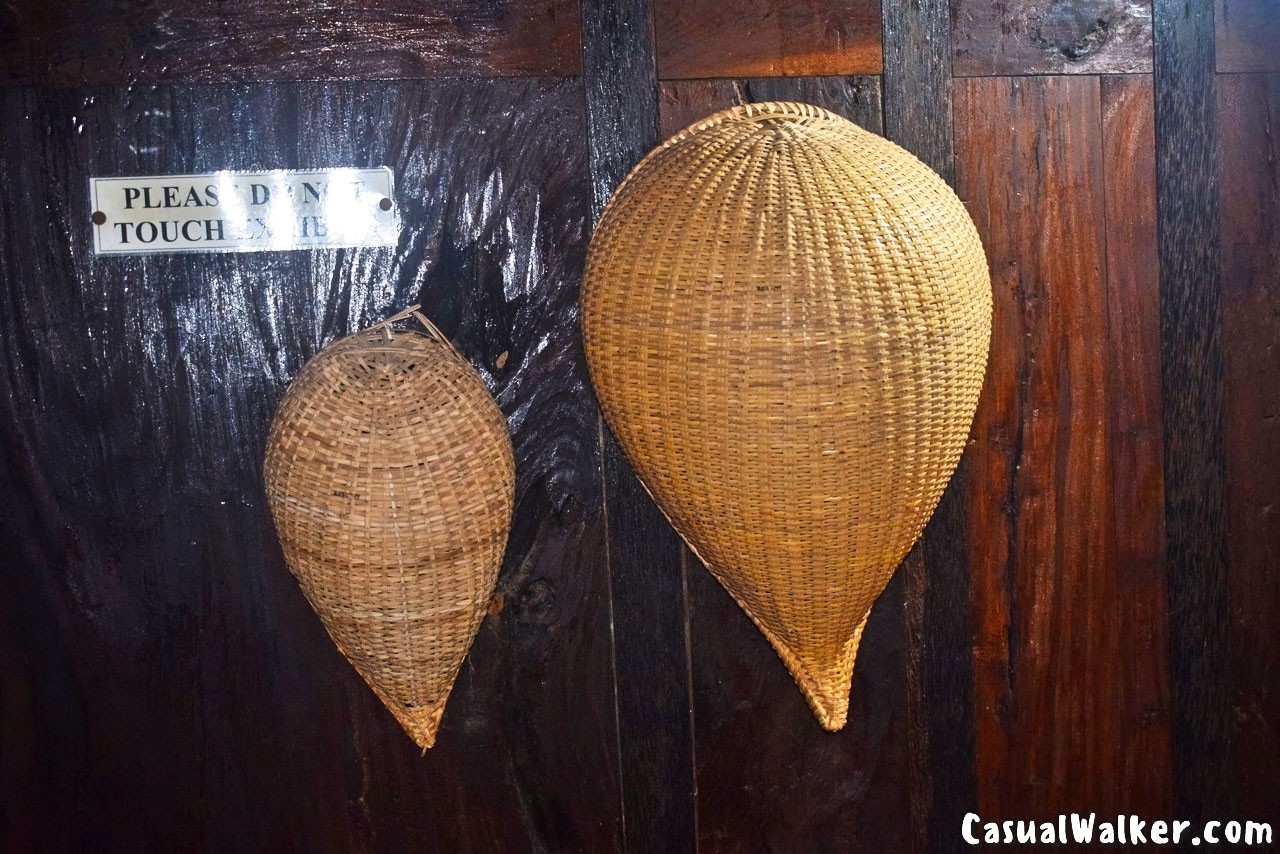

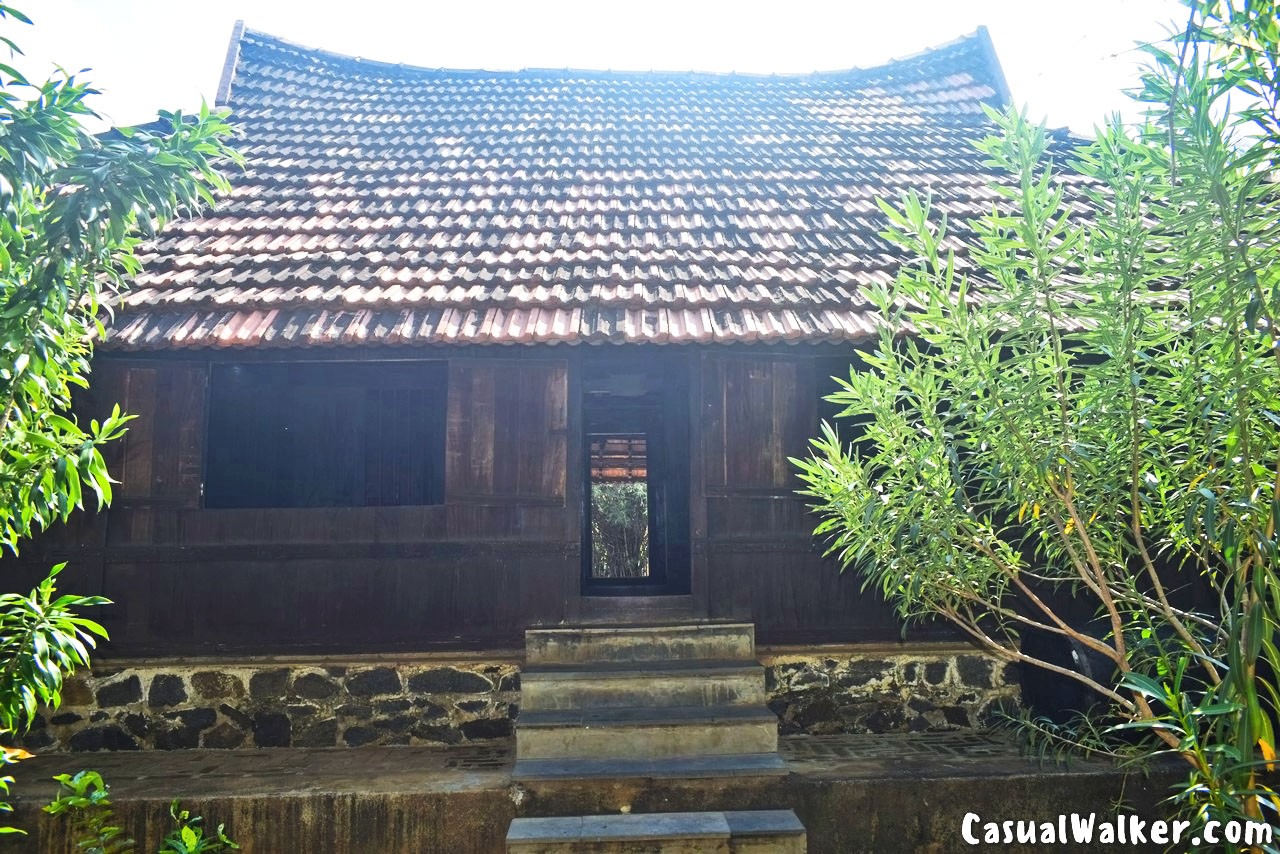

Calicut Hindu House:
This is a two-story house belonging to the Menon family that represents the central and northern part of Kerala. The building material of the house is a clay and pebble substance along with wood.
The Calicut House is a well-thought-out structure and the entrance benches, the ground floor’s running balcony make one feel welcome. This house has a big central courtyard – Nadumuttom, which allows ventilation, good lighting, and rainwater. one can view the courtyard from the first-floor corridors.
The house is divided into many small rooms that surround the courtyard.
This home also has a large collection of household things on display and also includes beautiful mural paintings, Guruvayoorappan pictures, traditional lamps, storage units, and Enna Thoni – The oil boat for Ayurveda treatment.


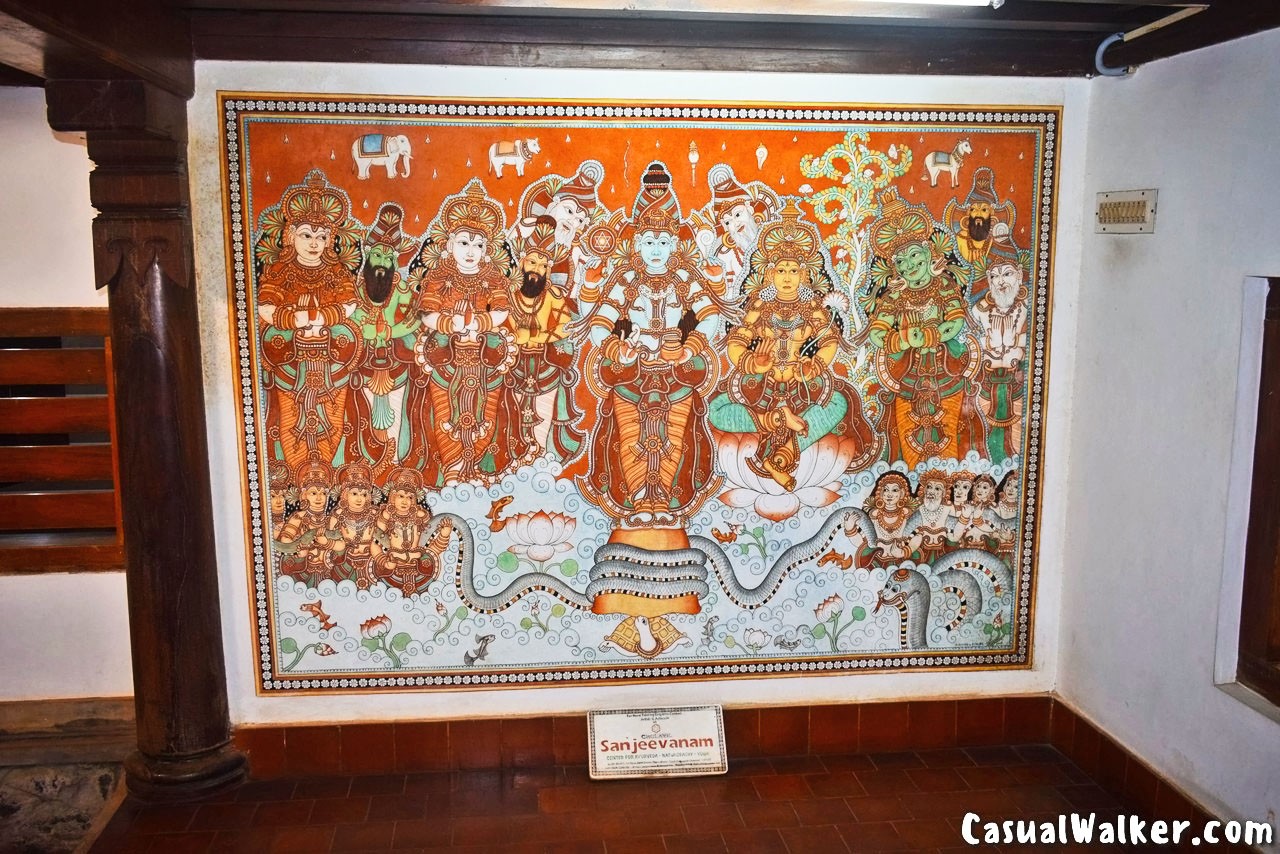


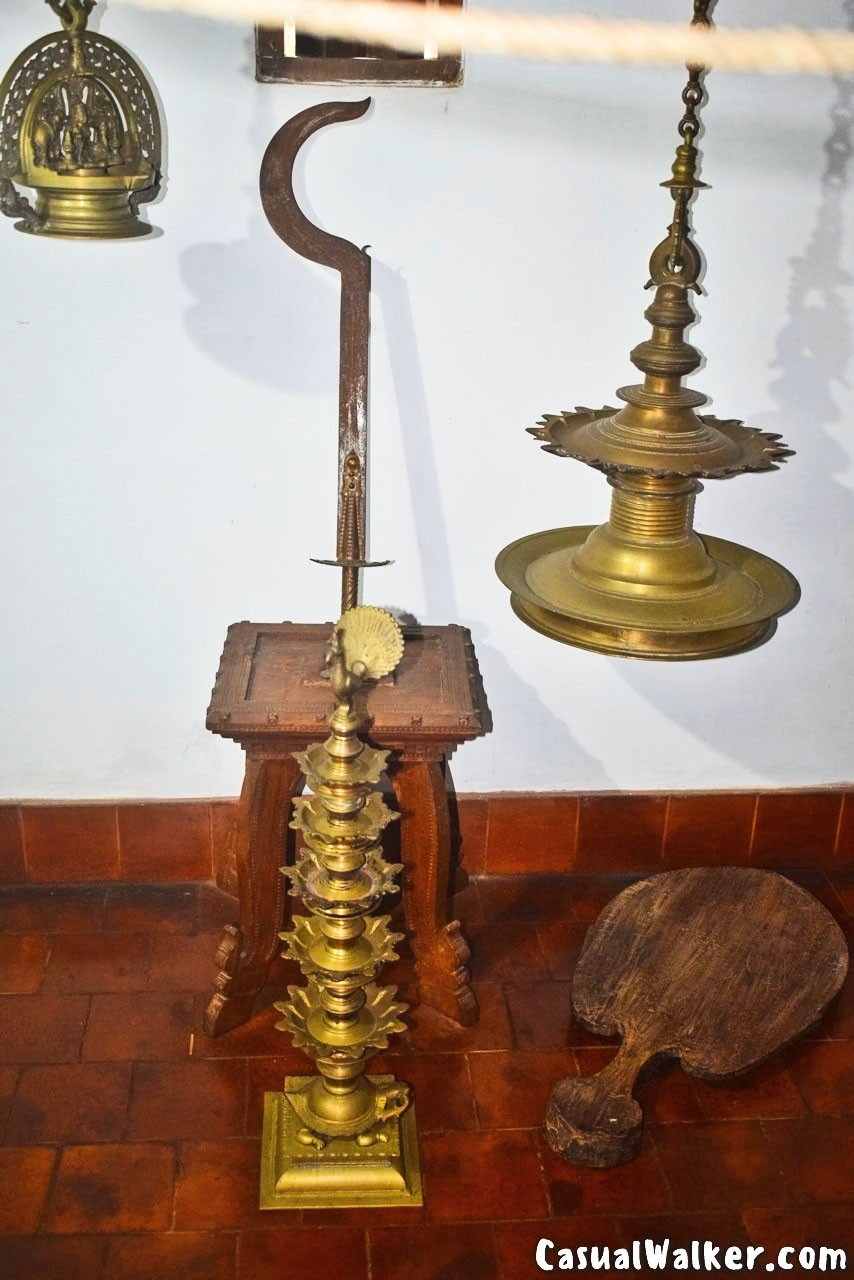
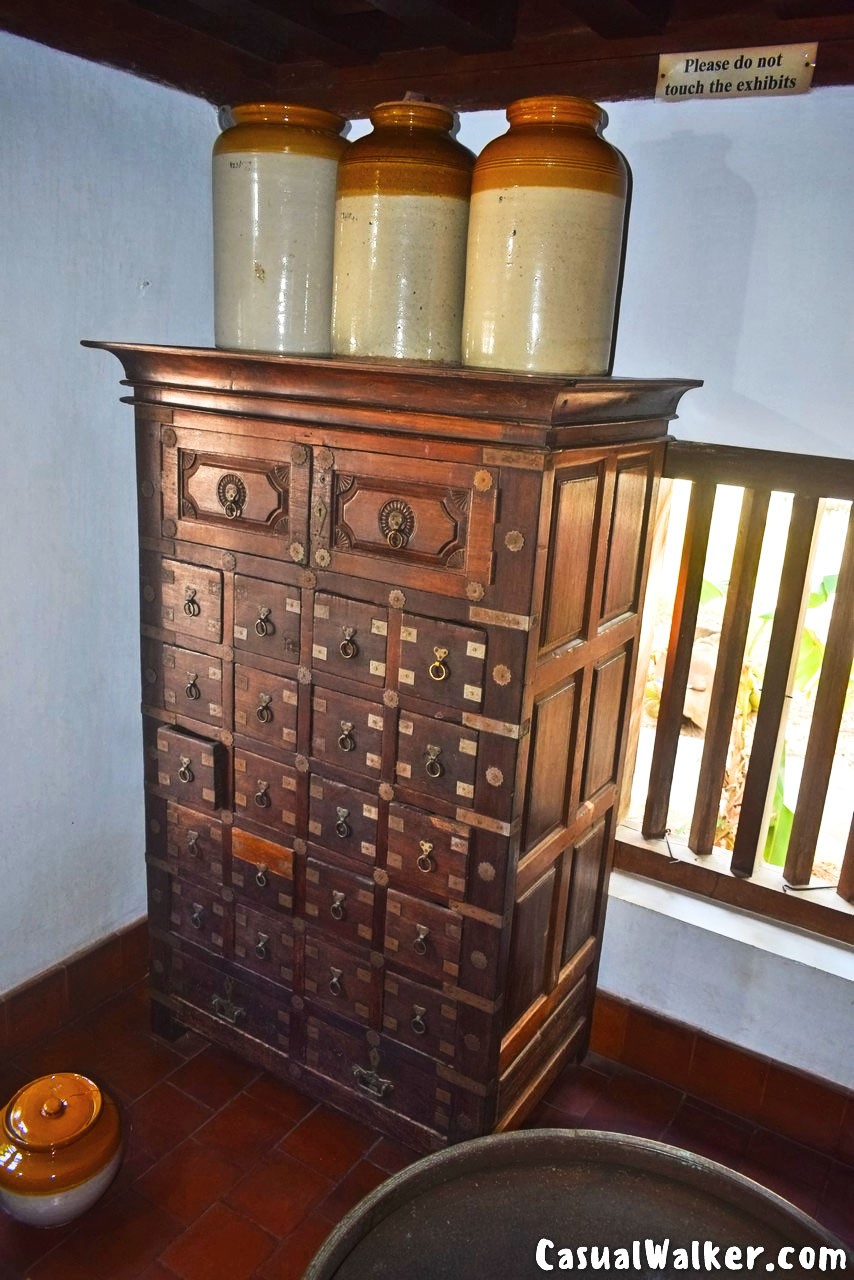
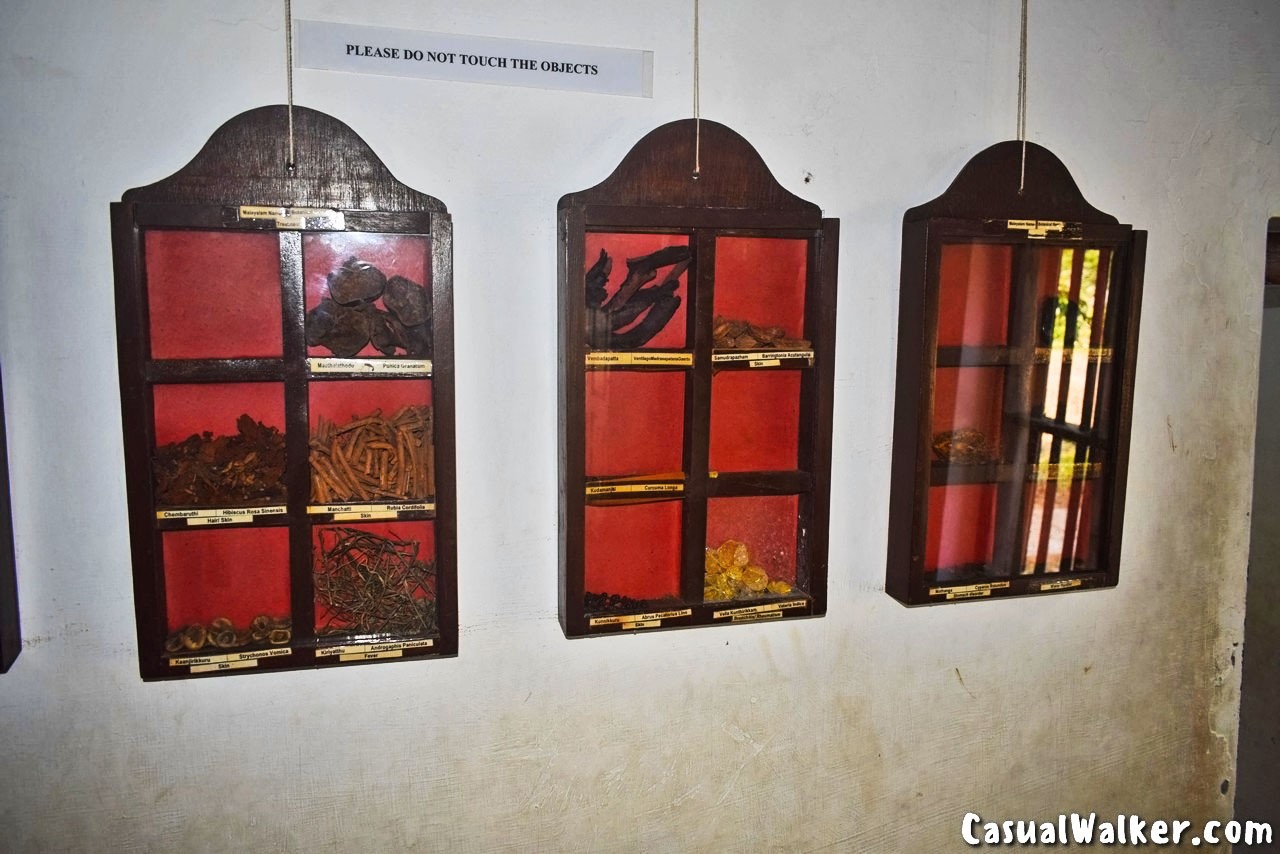
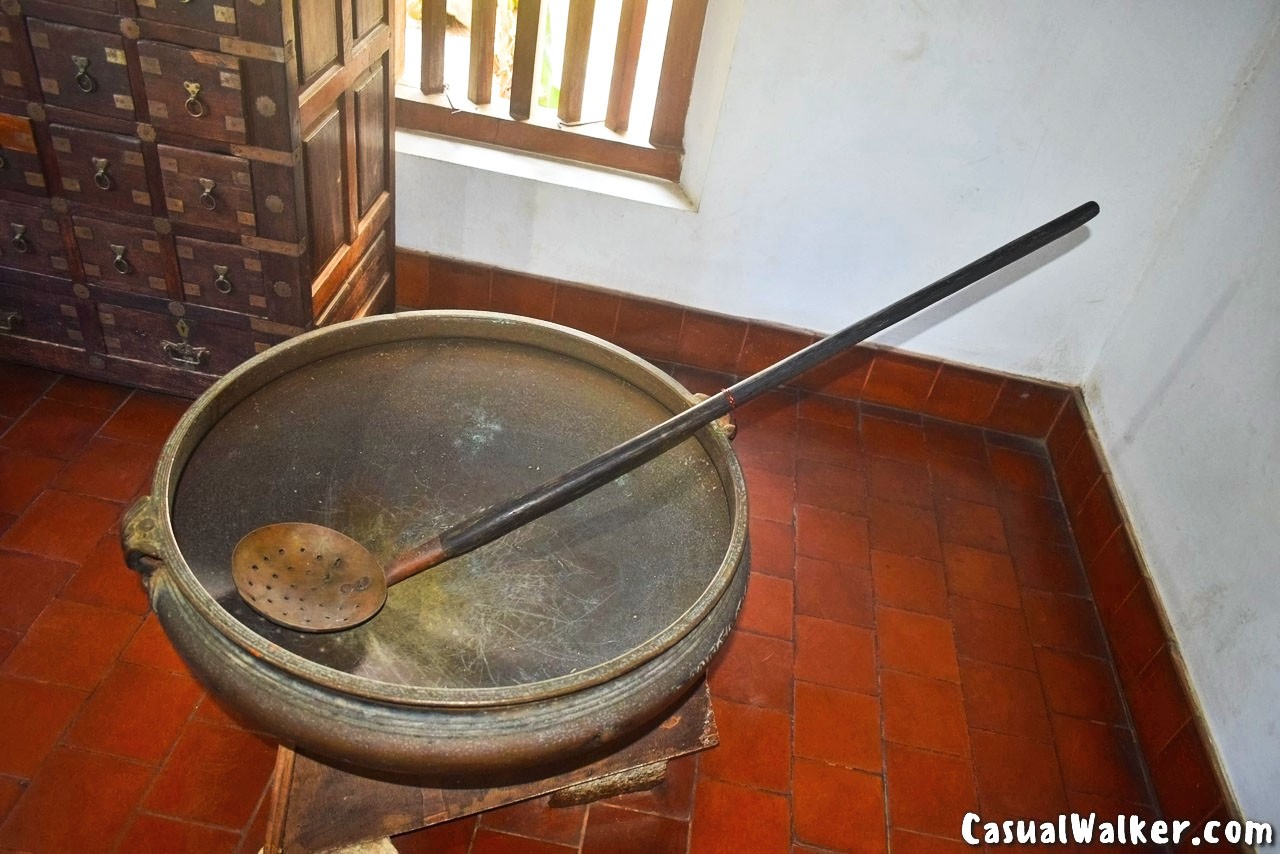
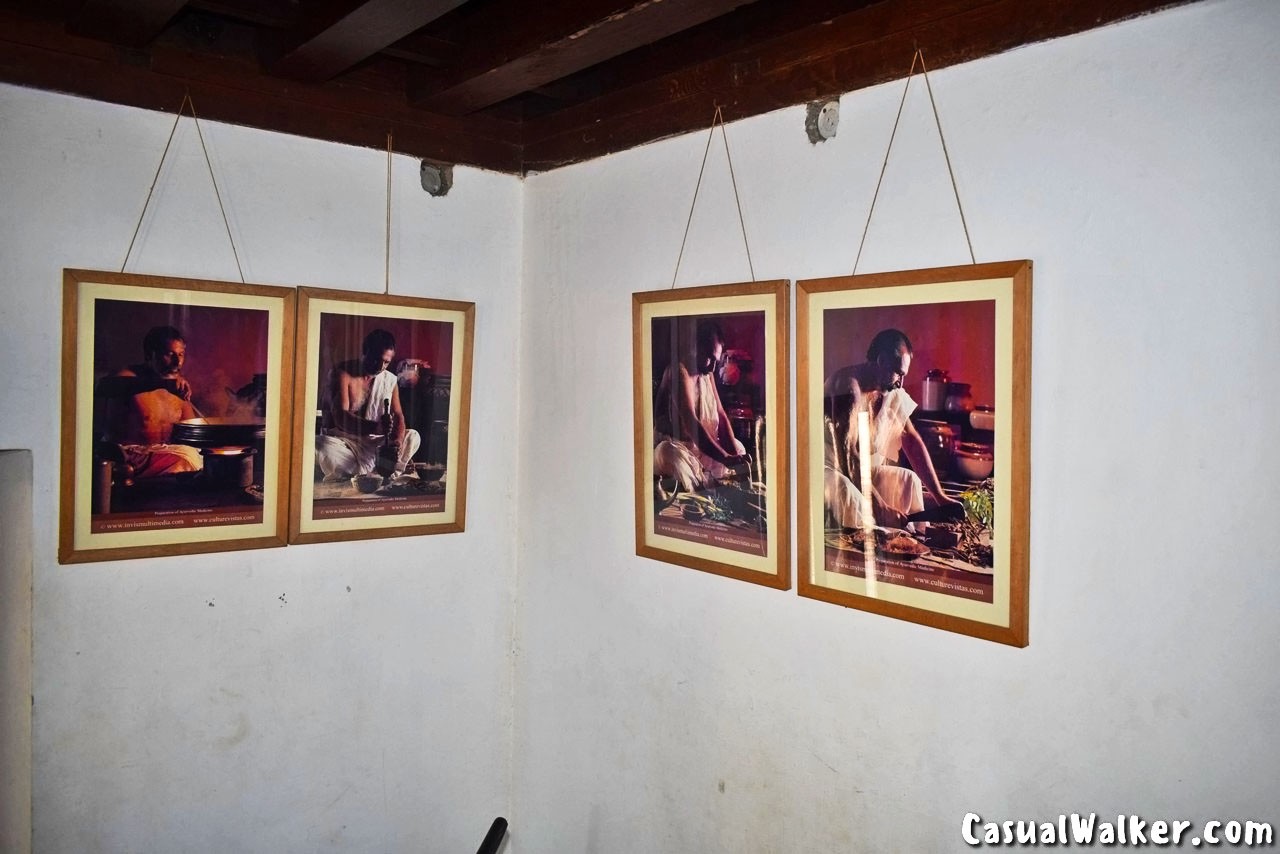
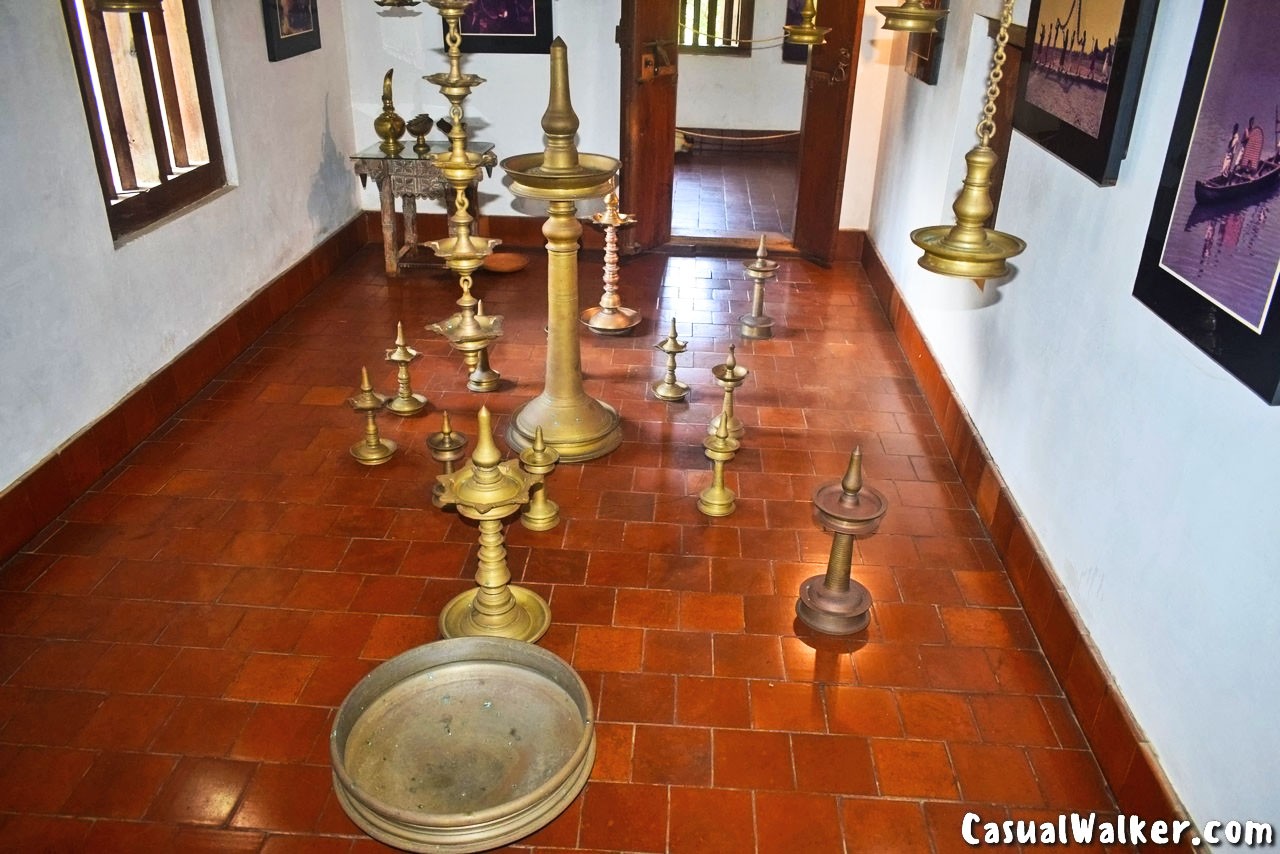
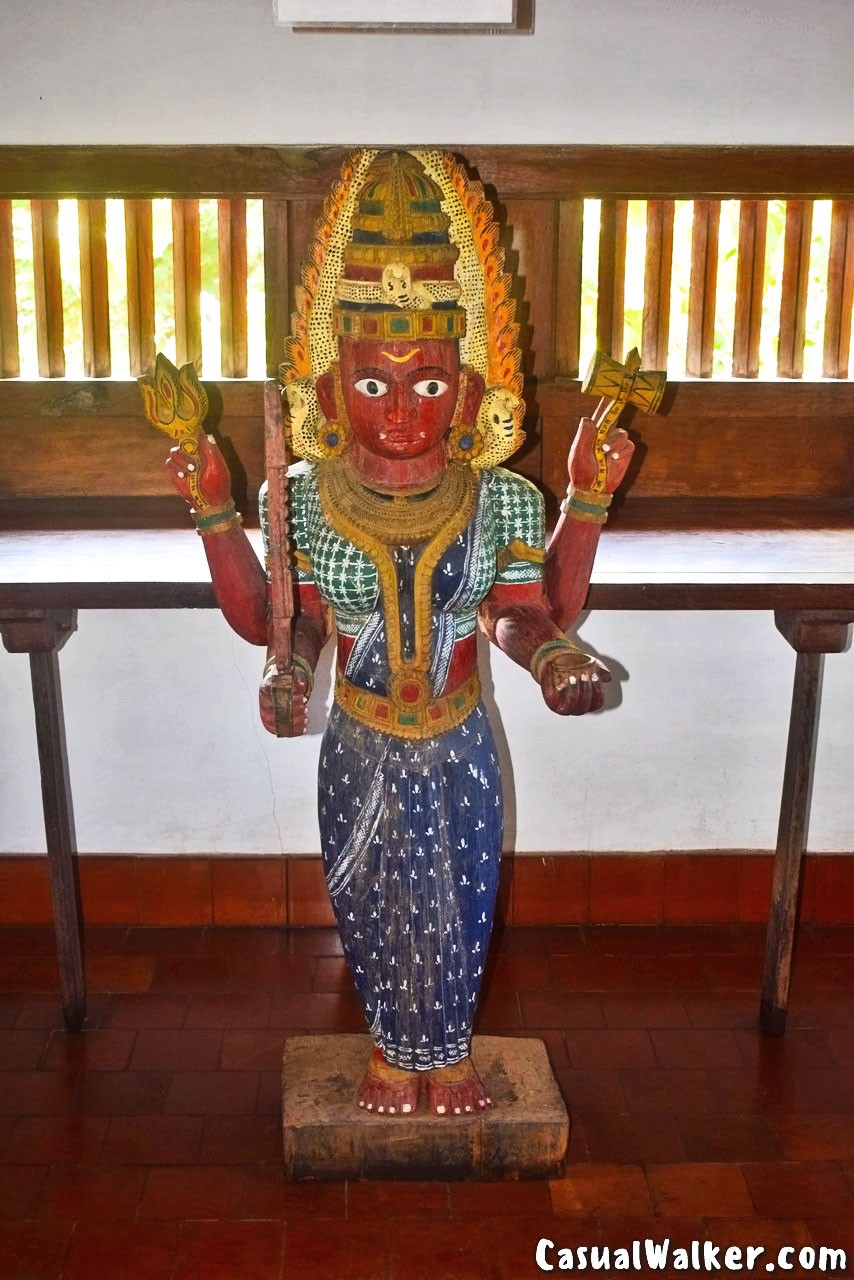
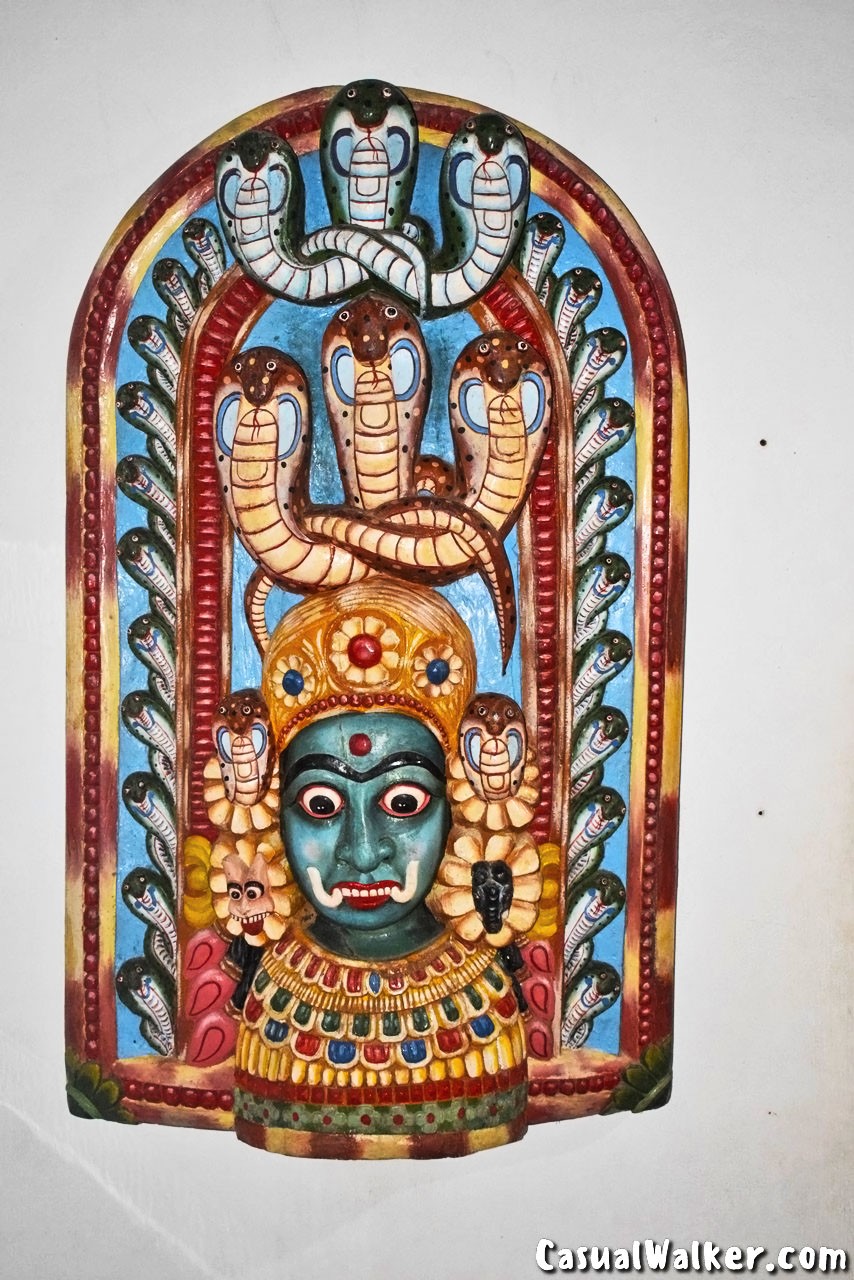
Syrian Christian House:
The primary material used for the construction is wood belonging to Syrian Christians of Puthuppalli, Kottayam district. The layout of the Syrian Christian house is unique, with the house’s entry opening straight into the granary also serving as a prayer hall. There is also a living room, a separate dining area, and a kitchen in this home.
The lengthy verandah, the underground storage for food supplies, and the well in the kitchen are pretty notable features. A granary, a cowshed, and an elaborate gatehouse- Padipura are also included within the Puthuppalli house’s enlarged compound.

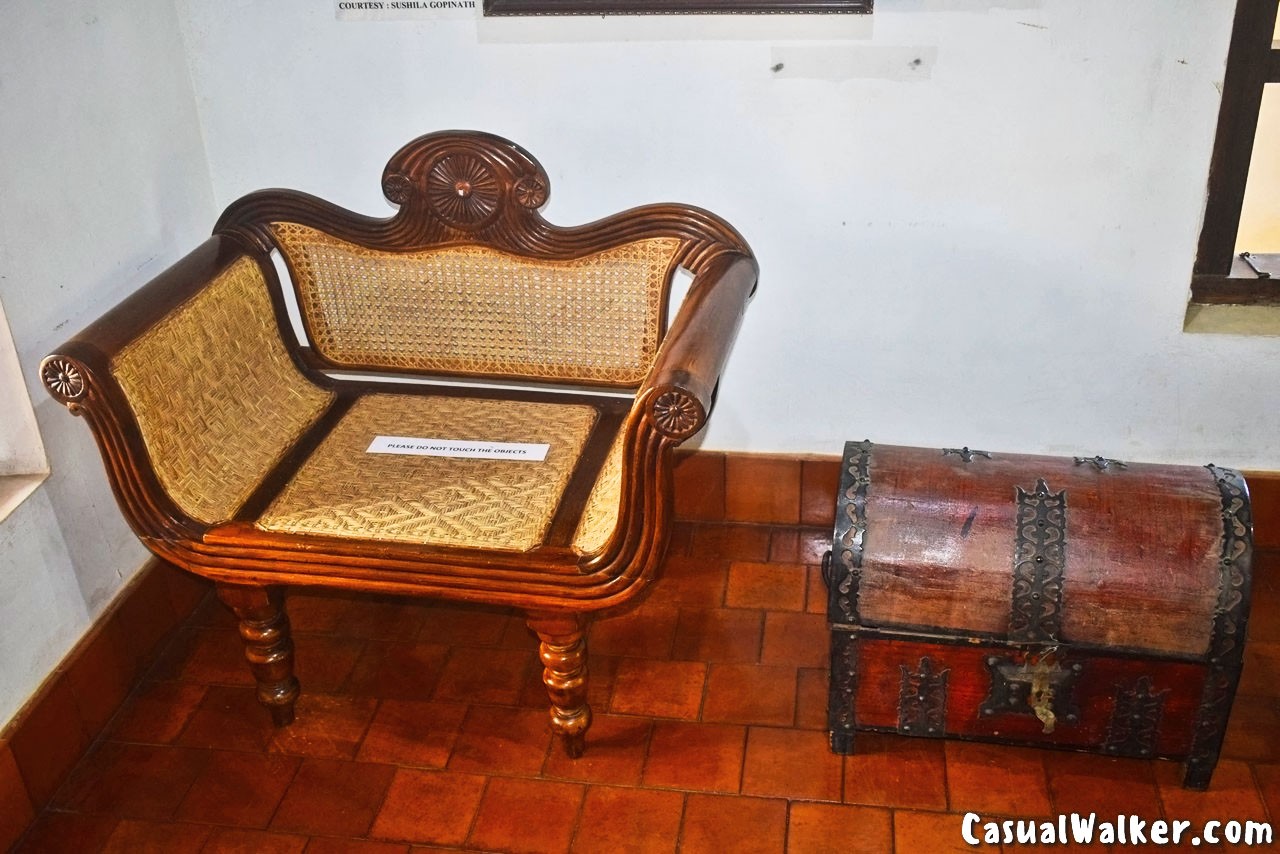
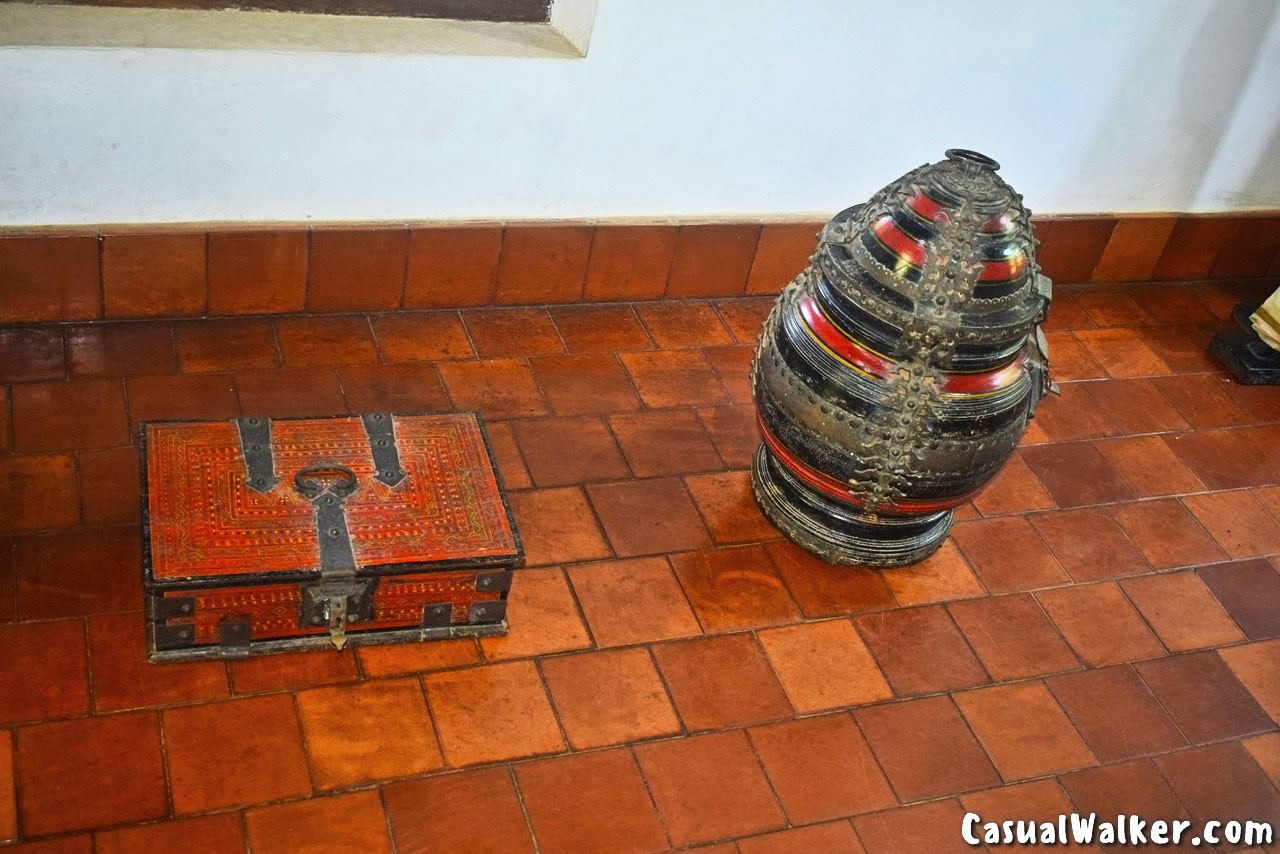
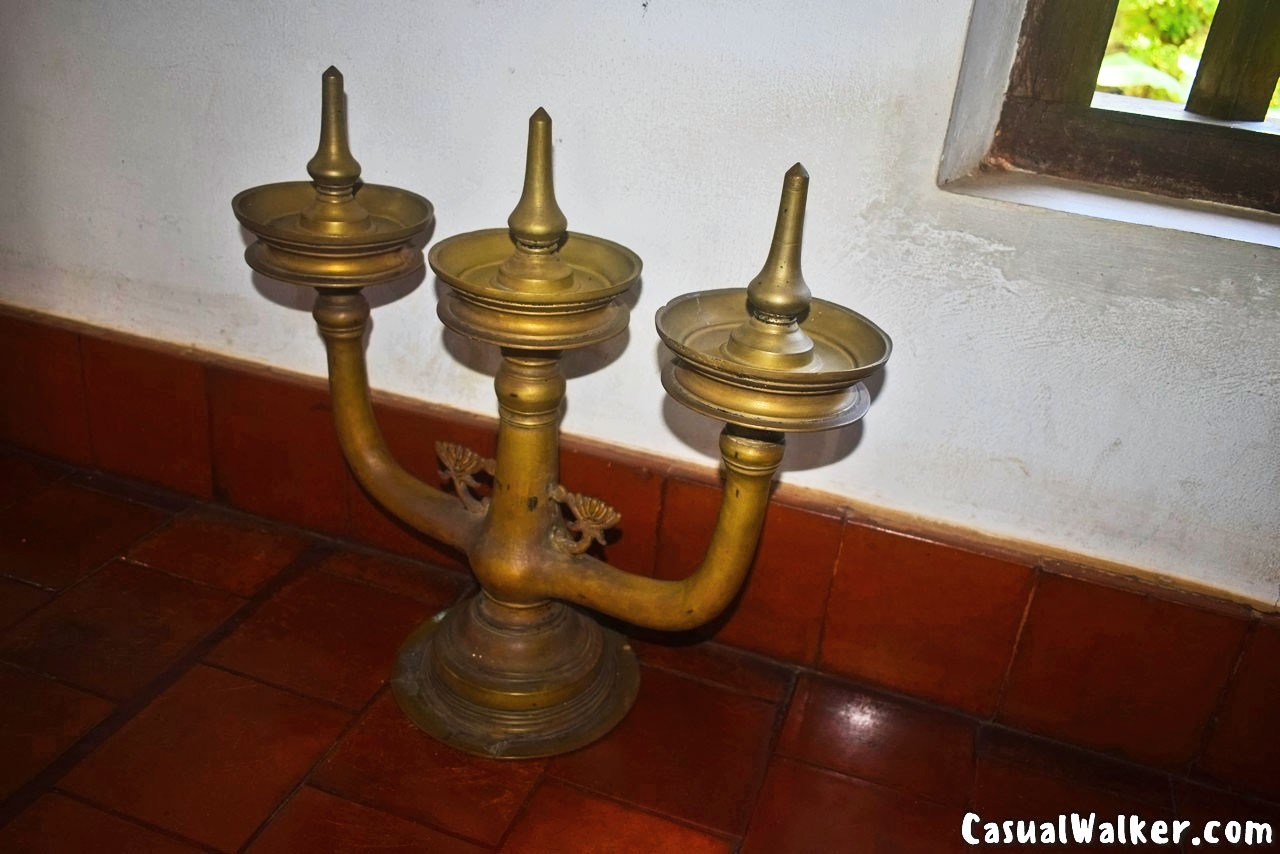
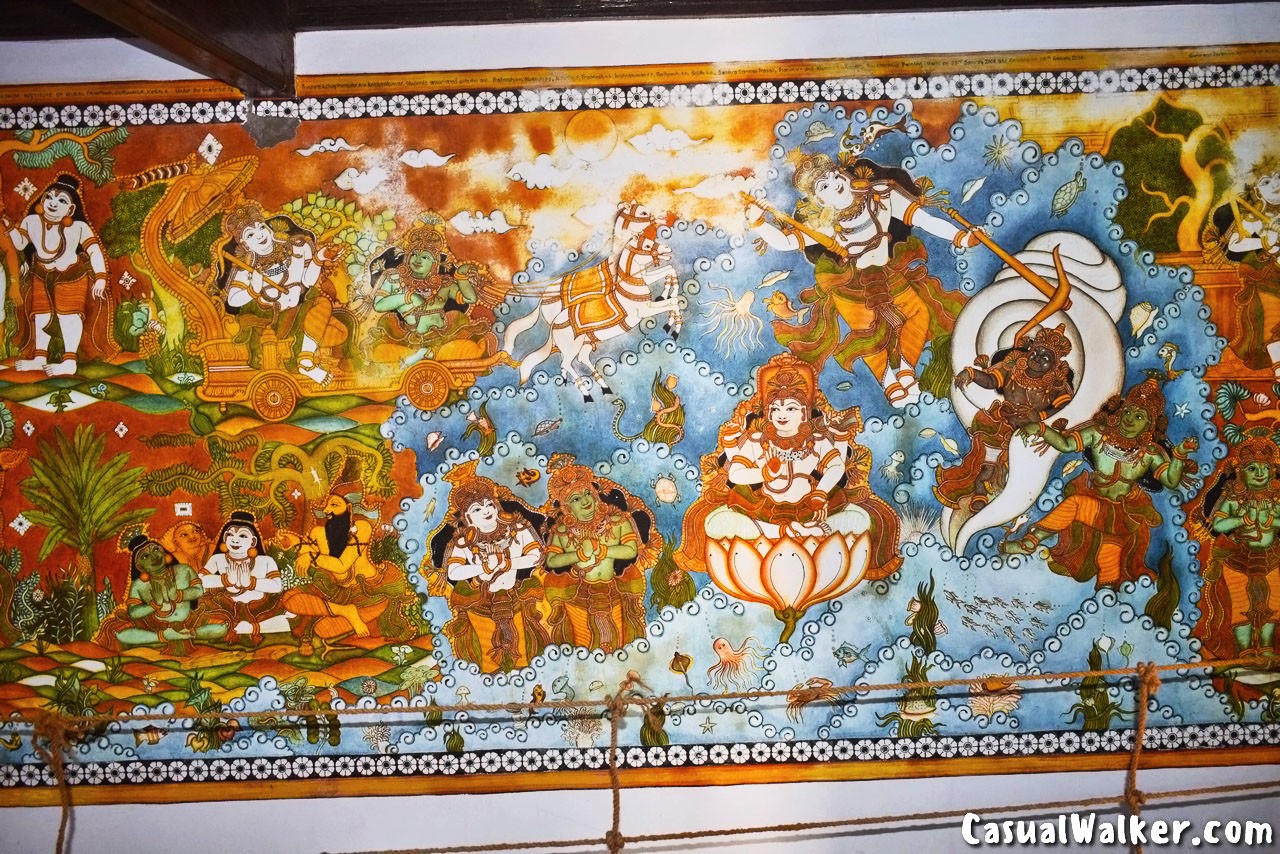
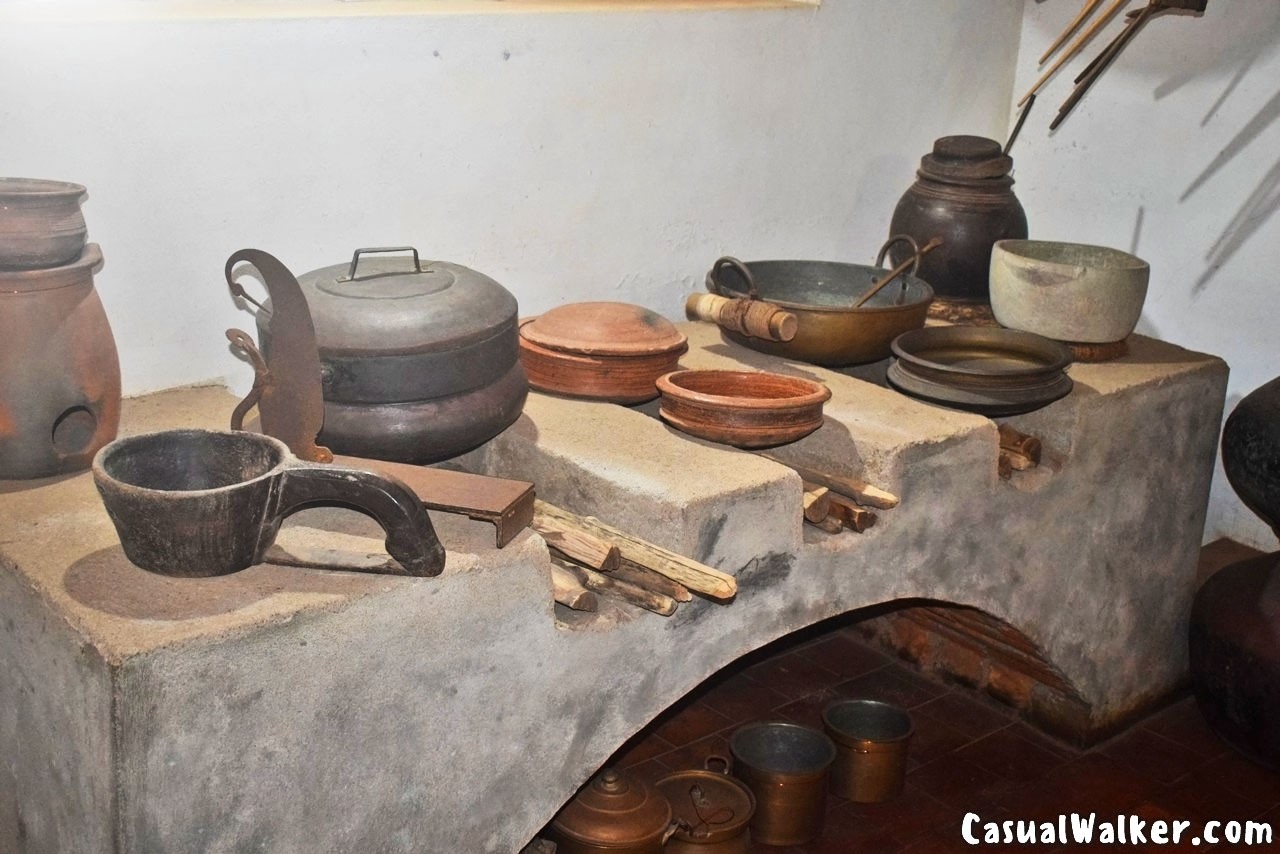
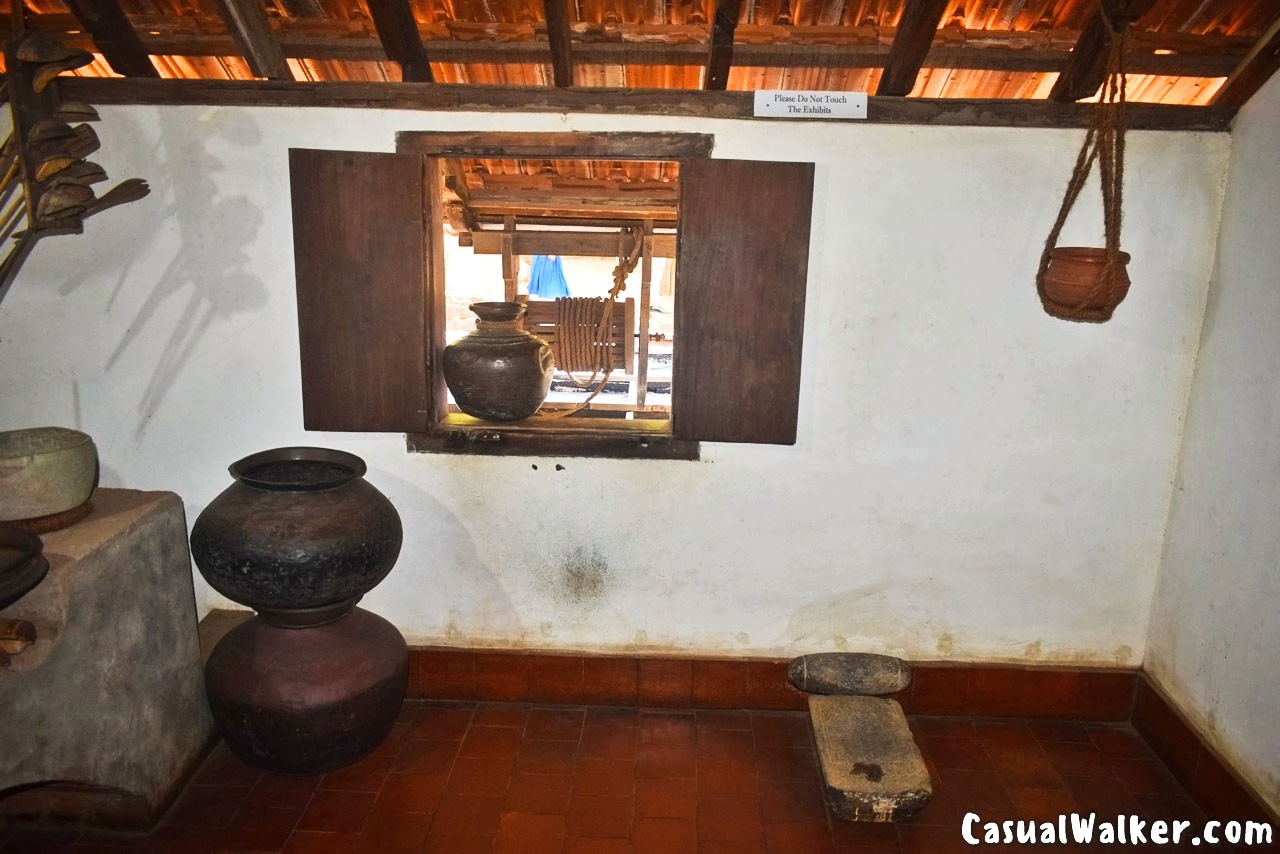
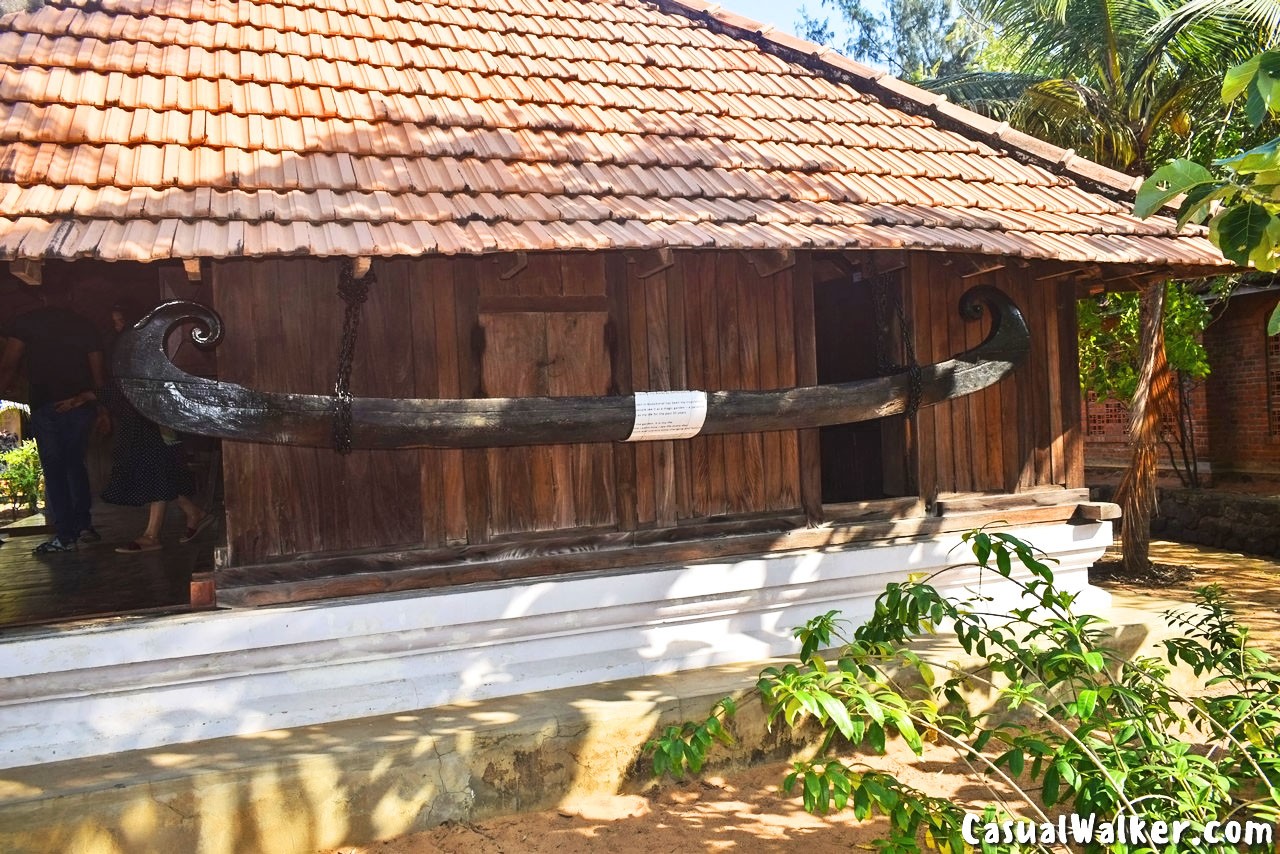
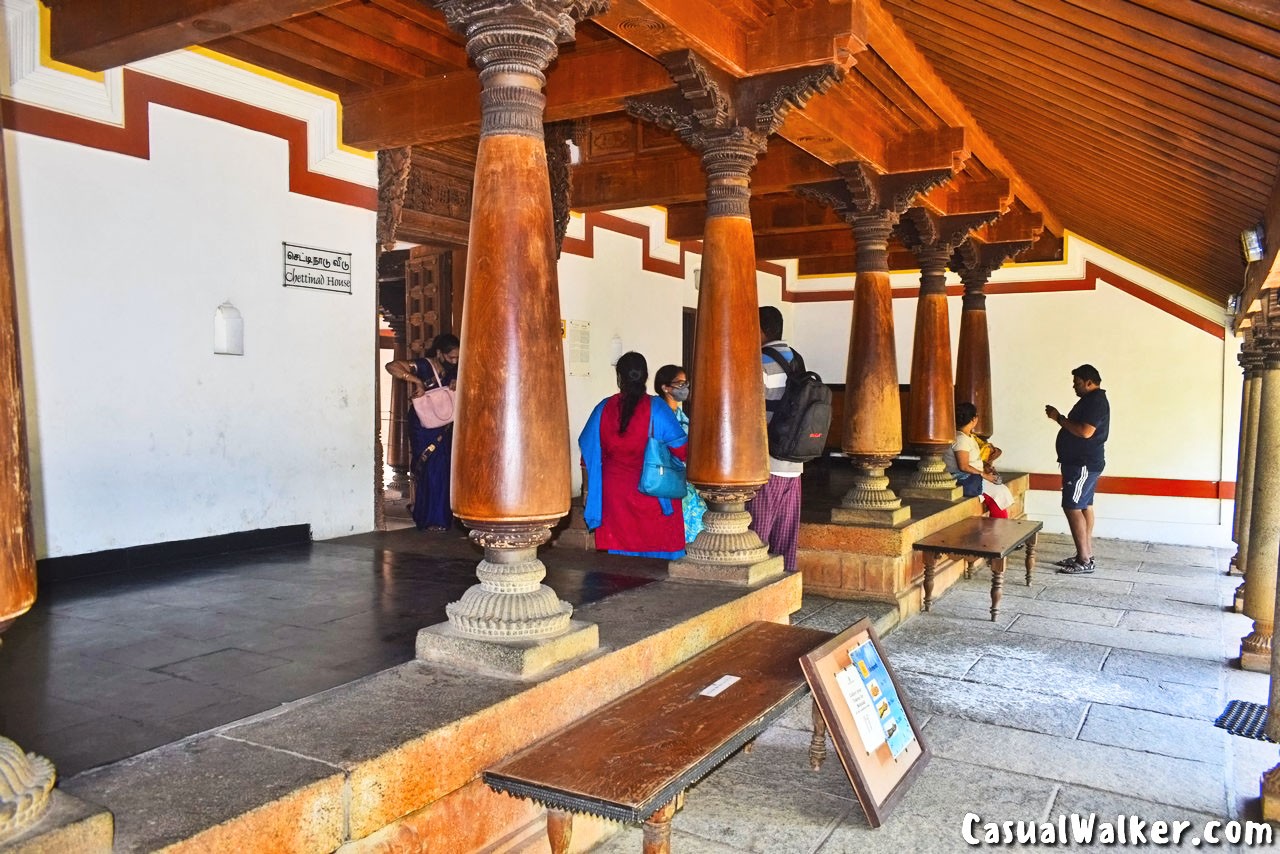
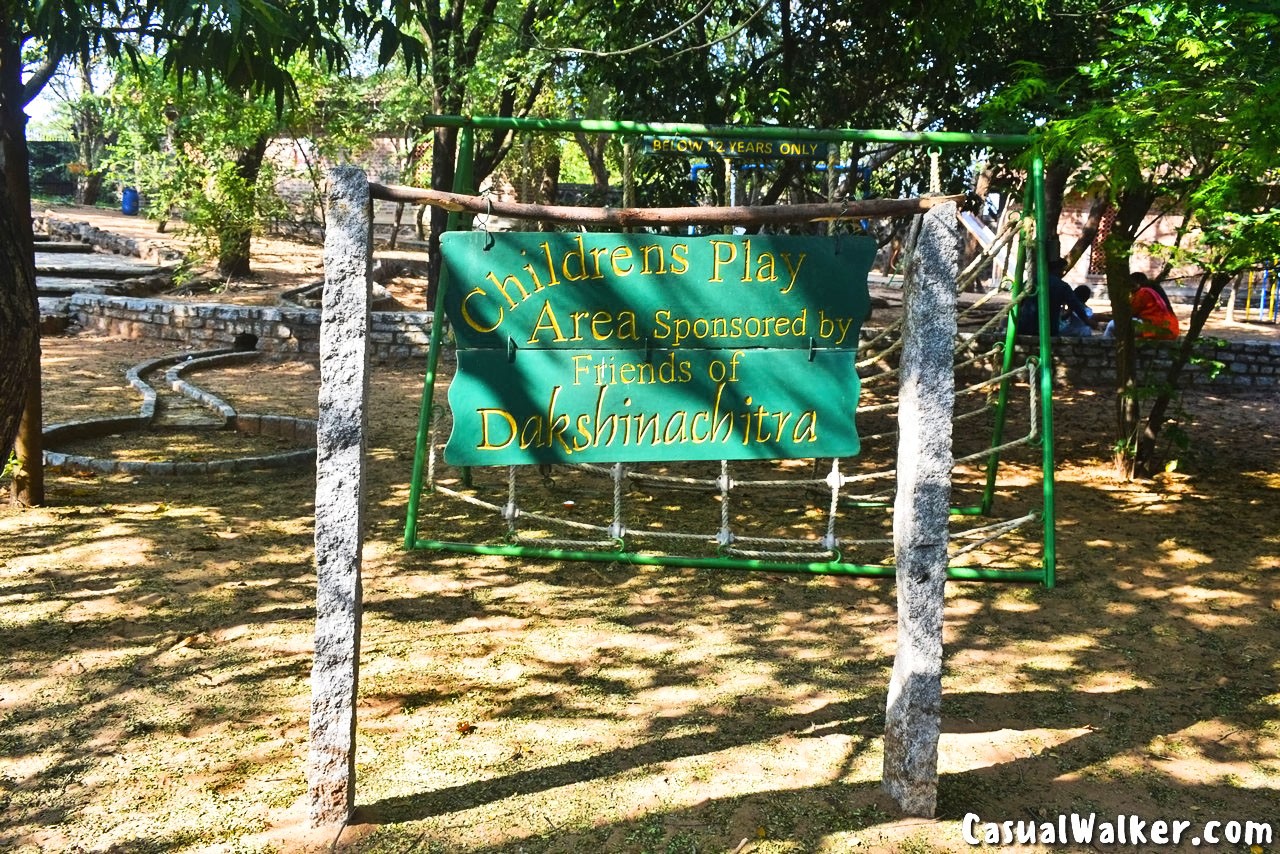
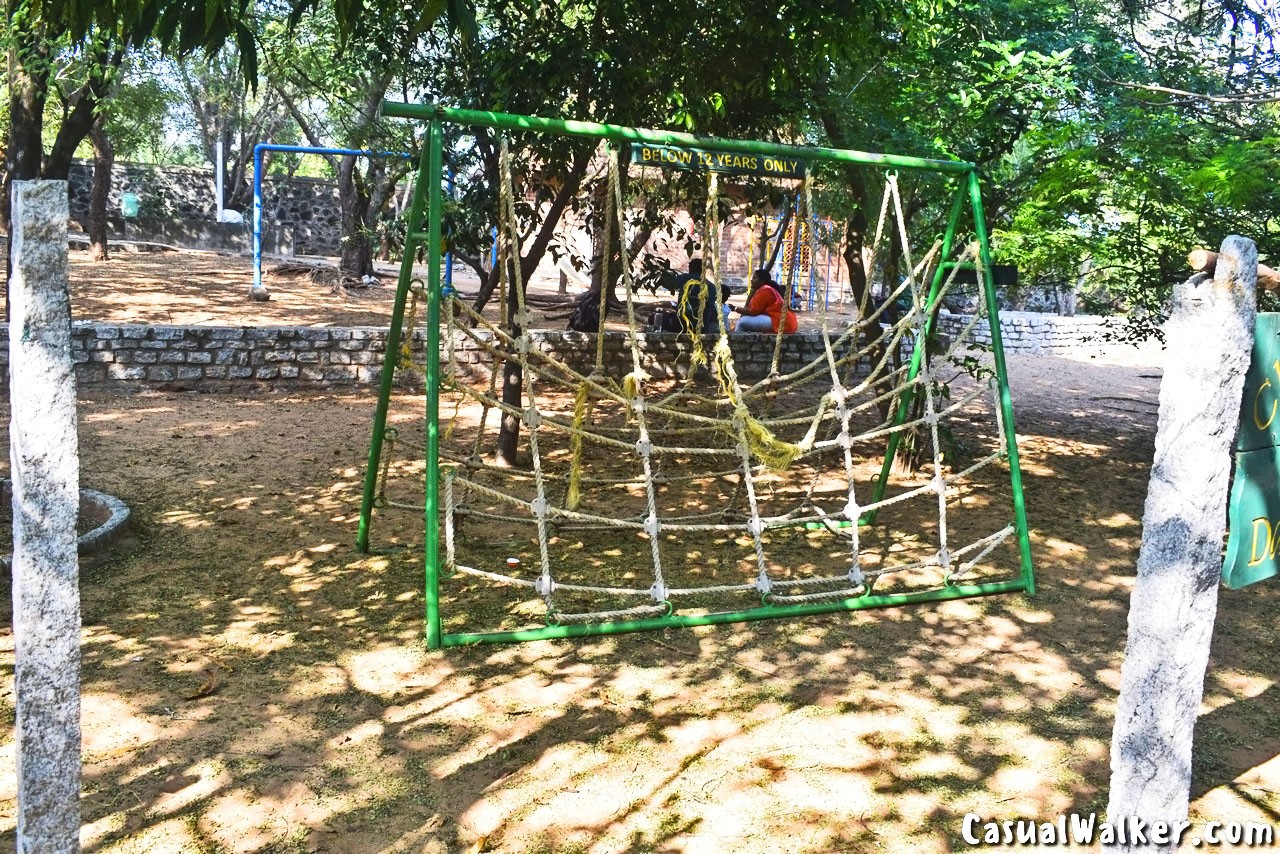
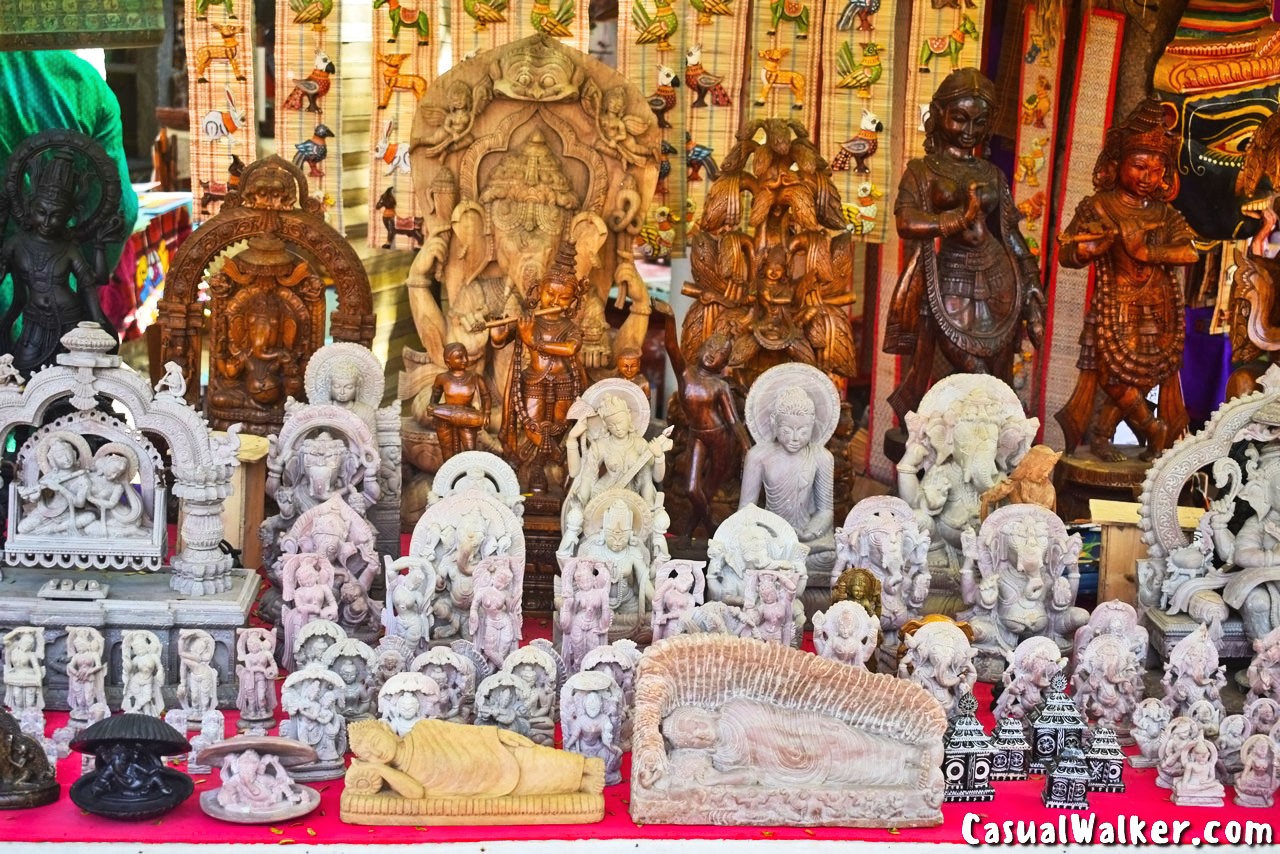
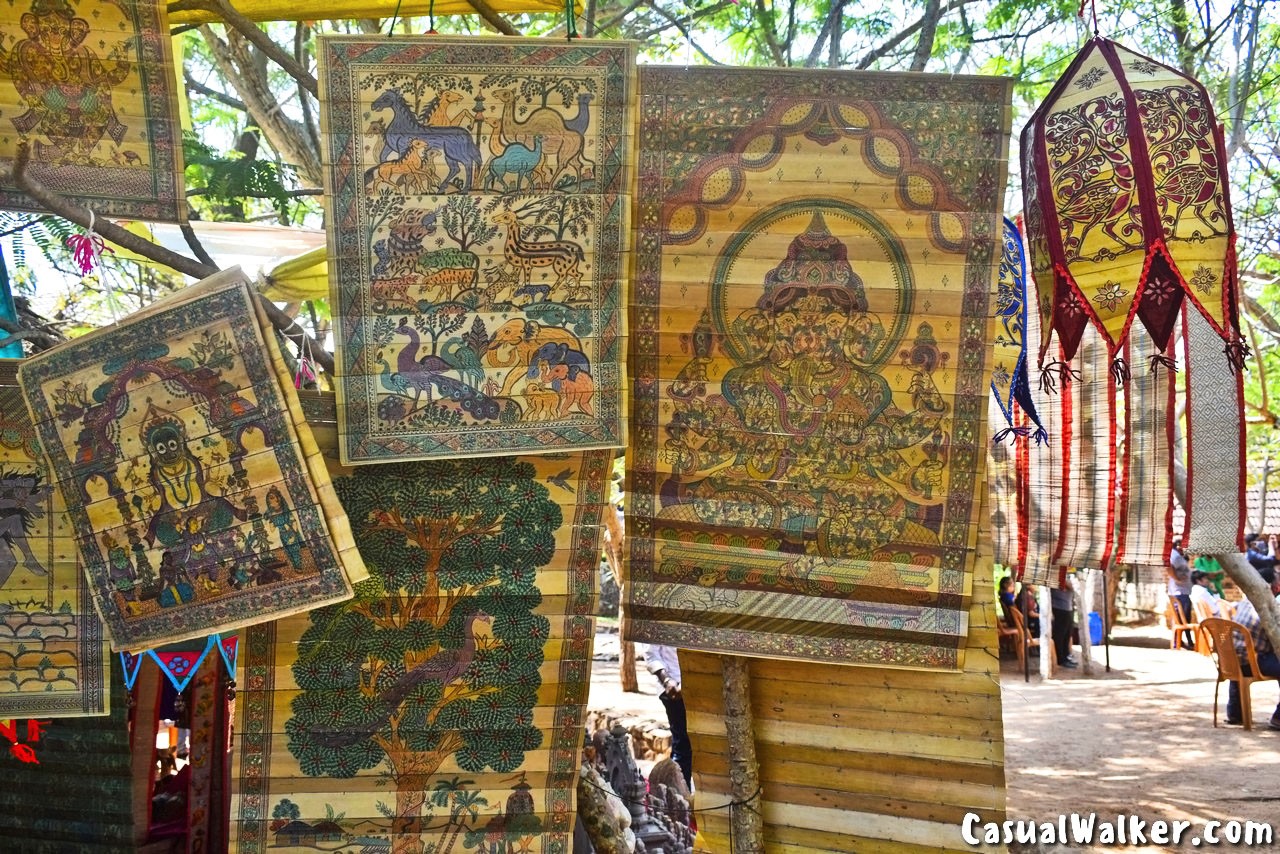

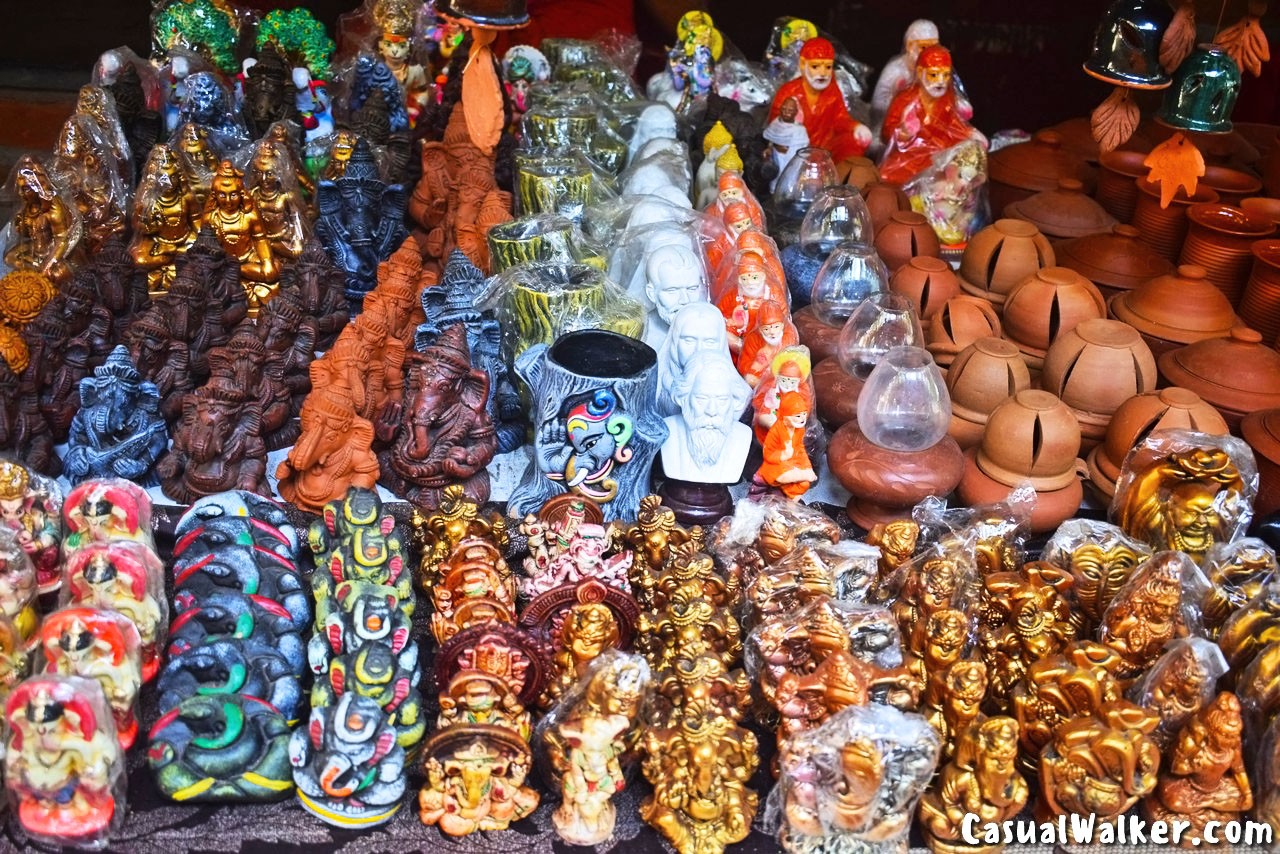
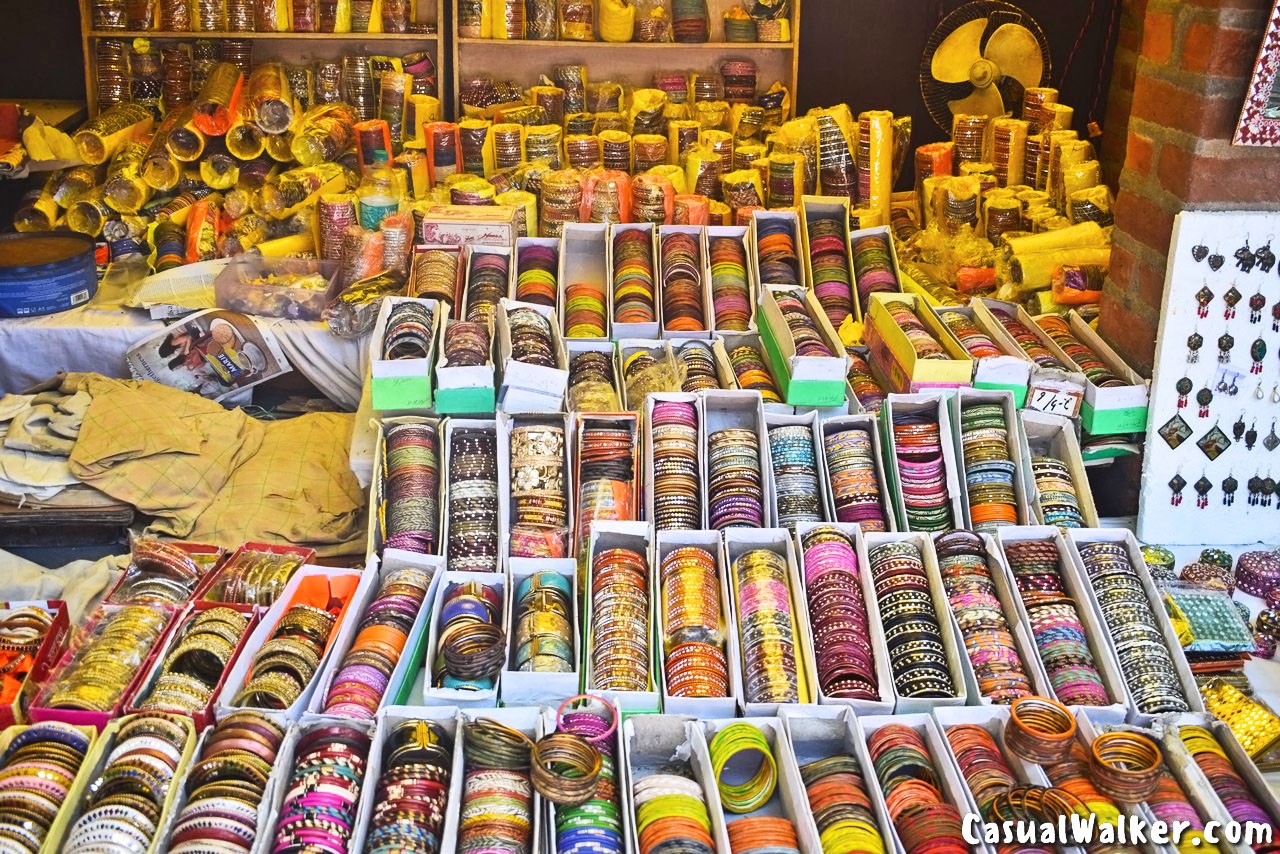
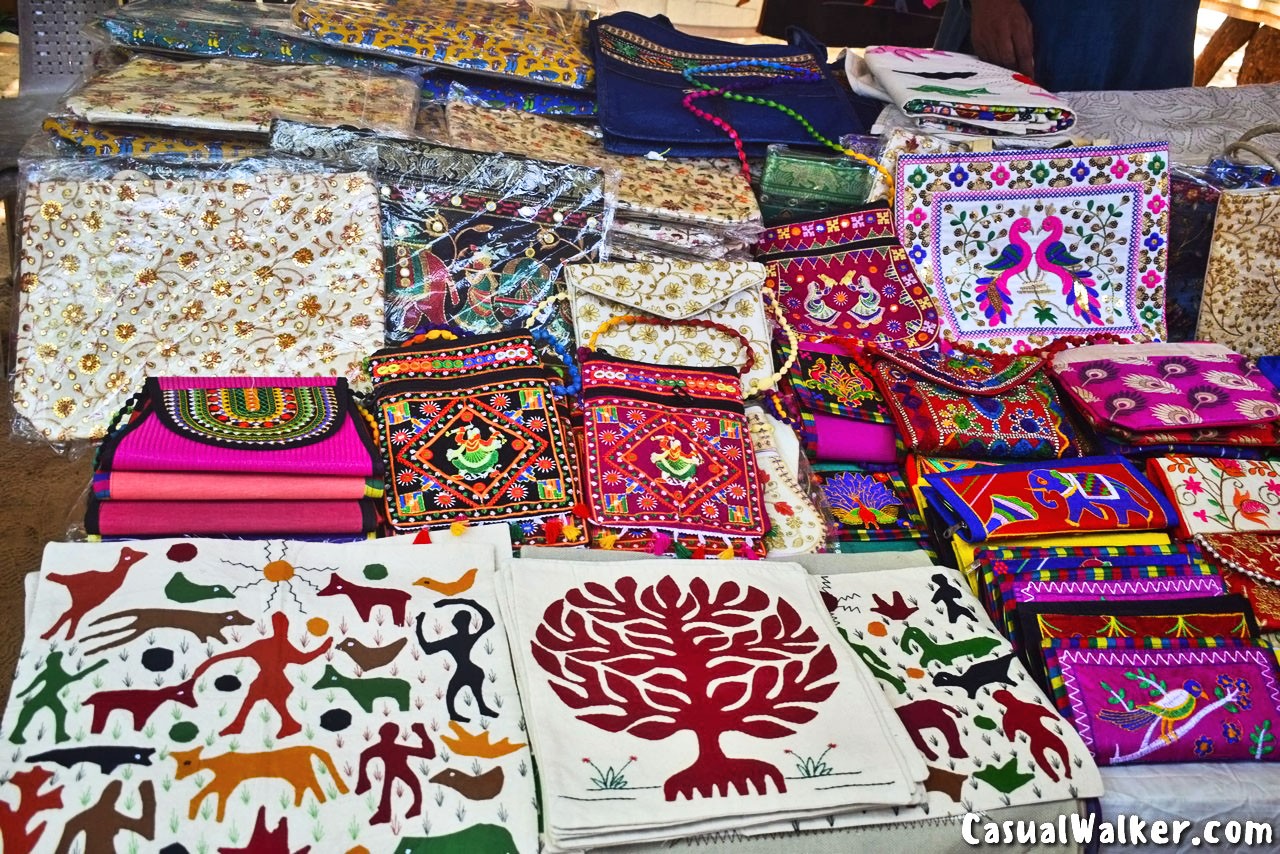

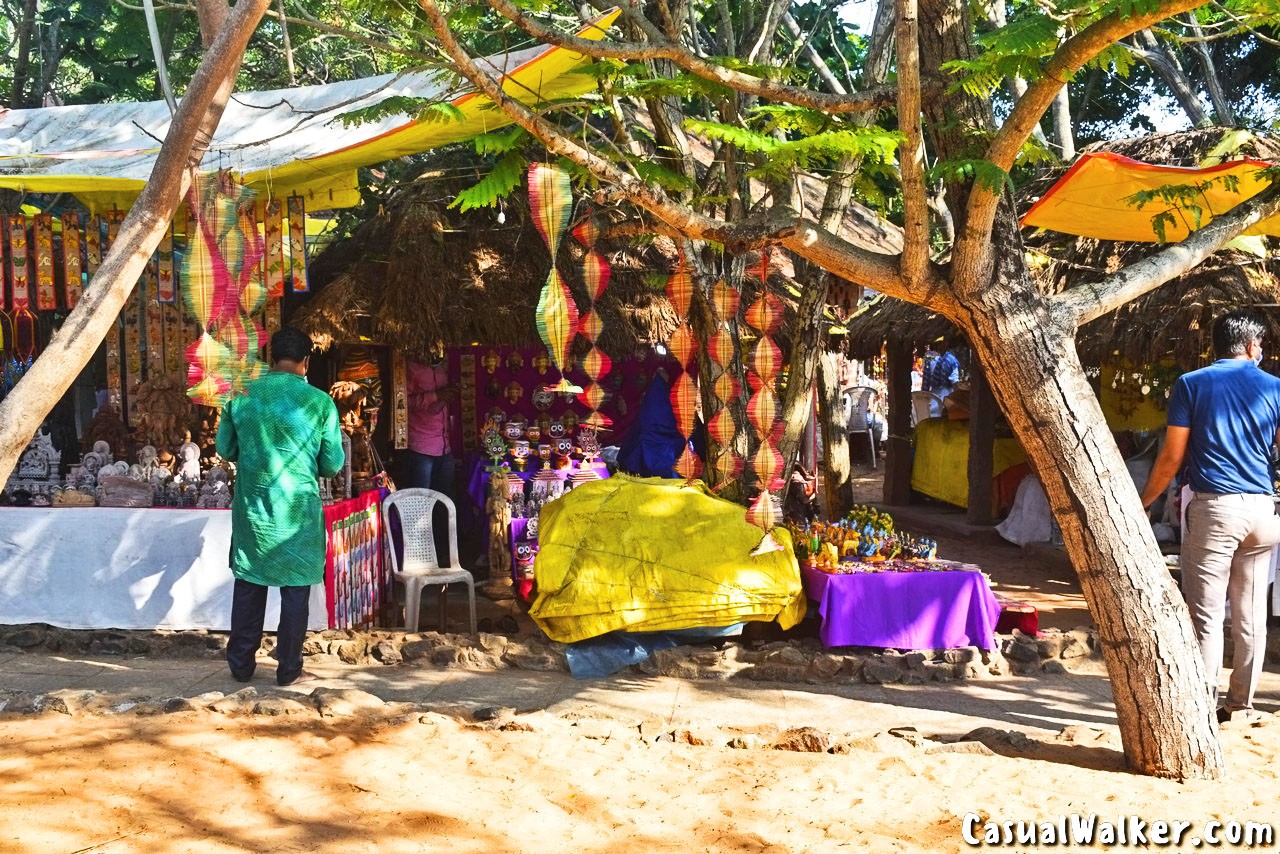

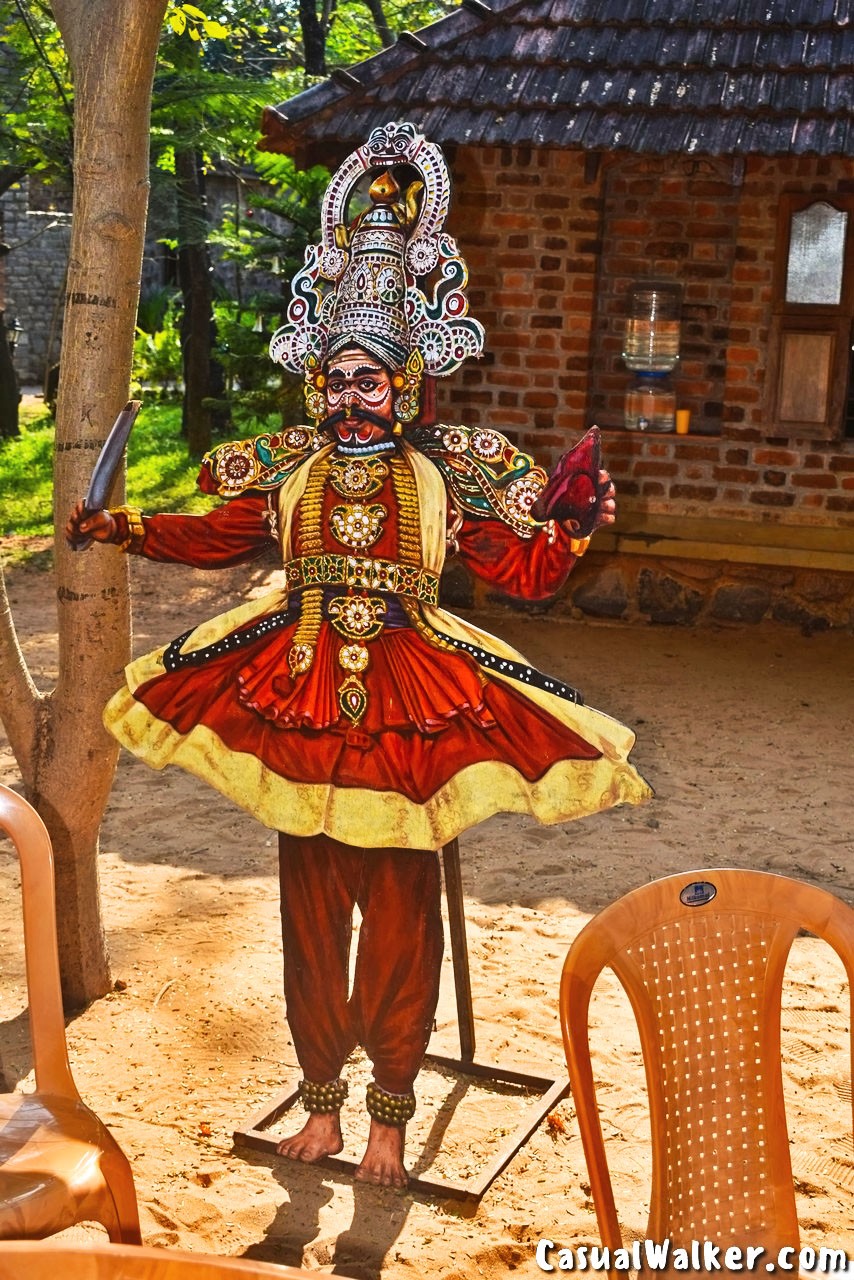
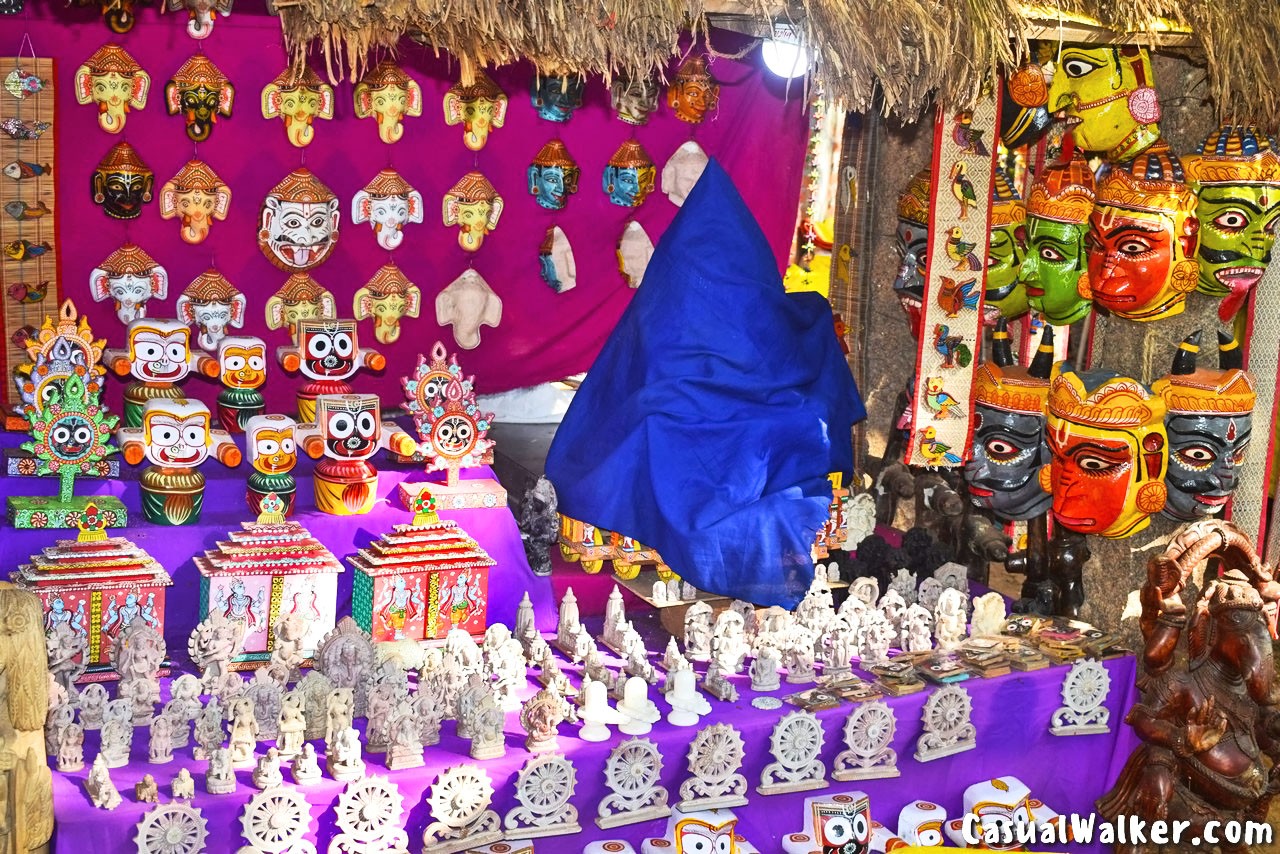
Check the Dakshinachitra Heritage Museum in Muttukadu, Chennai (Part 1):
Also, Check Our Similar Arts & Culture based Indian Museum :
Madras Literary Society library, Chennai – One of the Oldest library in India – Visit, Travel Guide
Cholamandal Artists’ Village, Museum Of Contemporary Art, Injambakkam, Chennai
Asuras – Swarna Kolu / Golu, an Indian mythological Dolls & idols Exhibition at Thejus, Chennai



